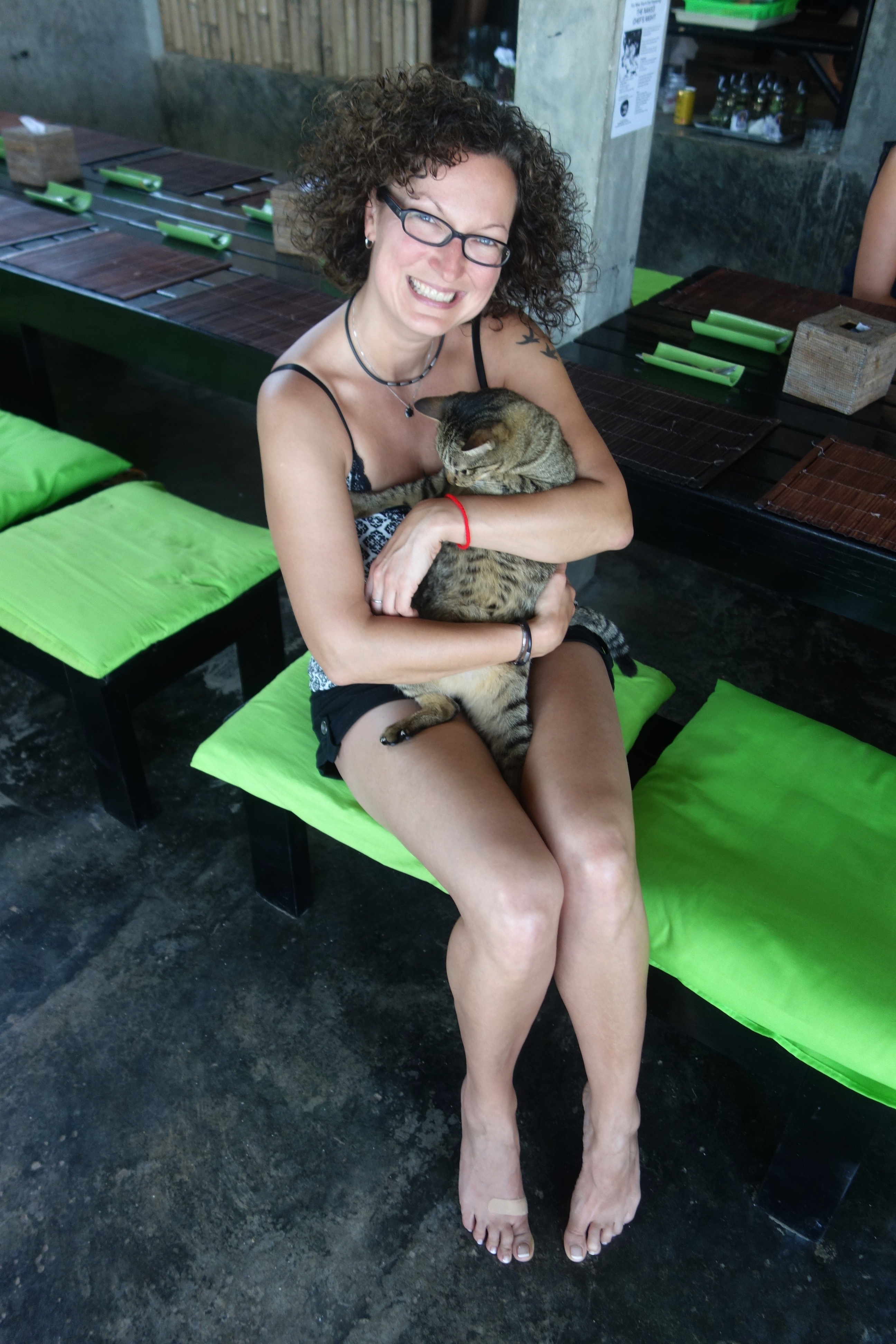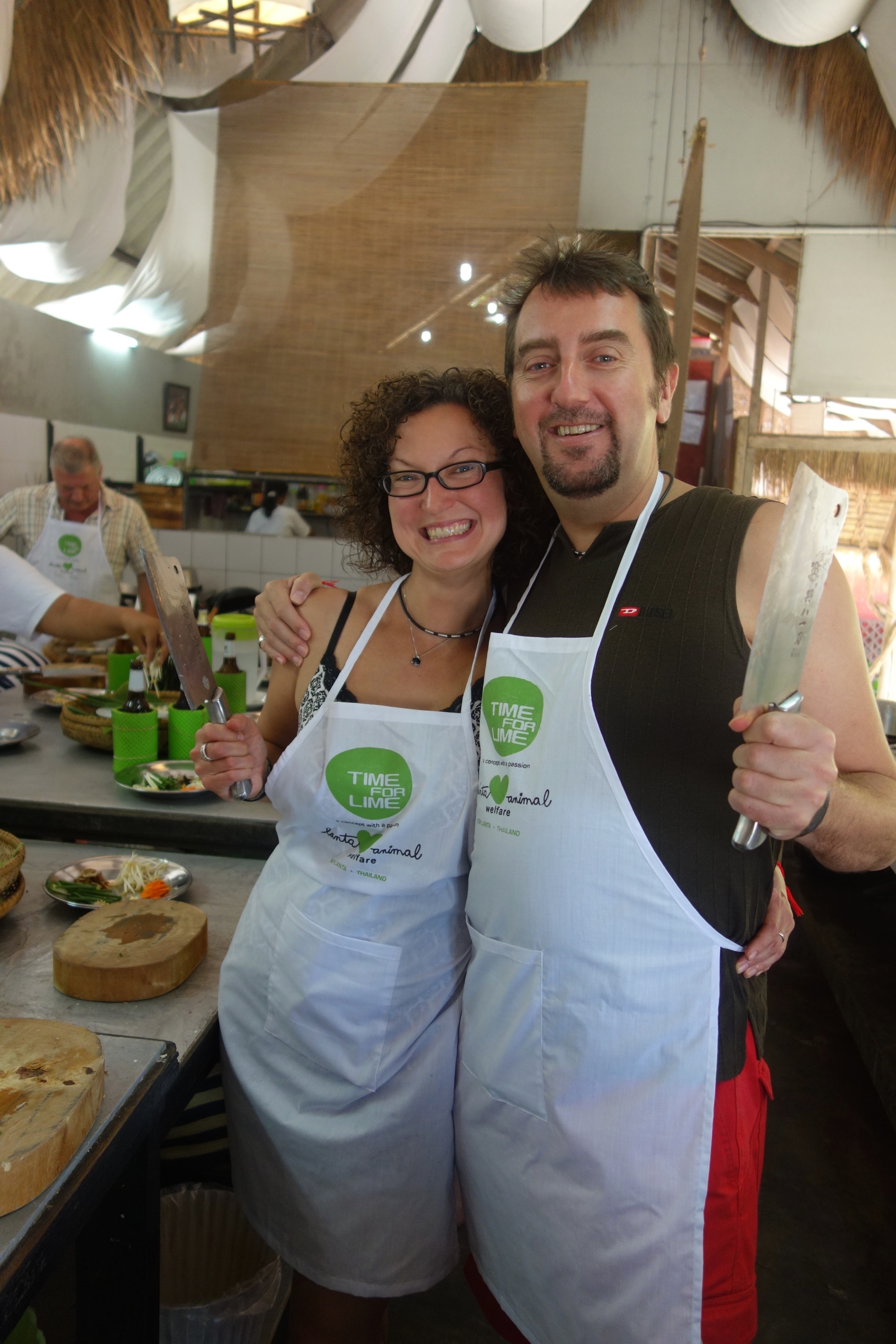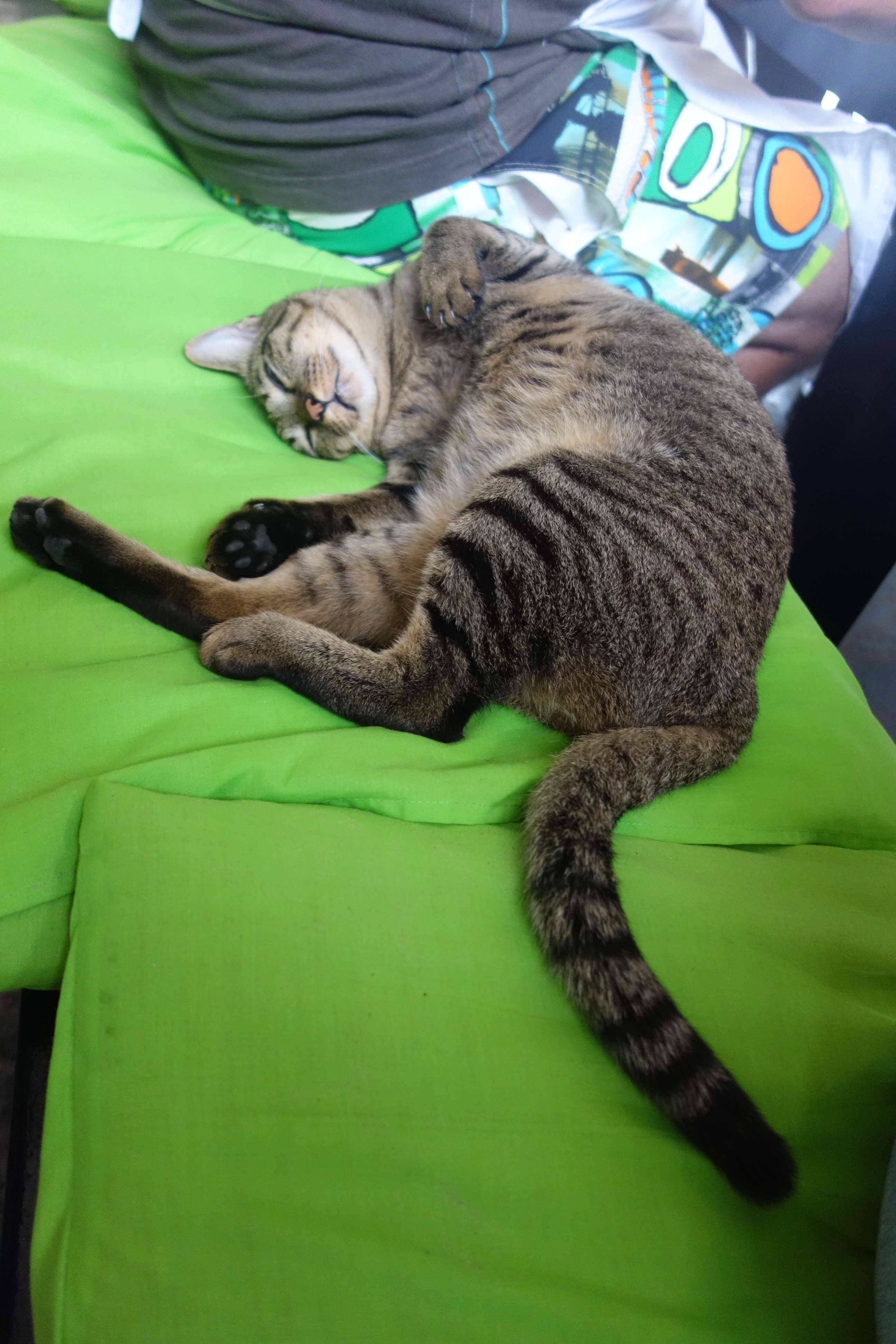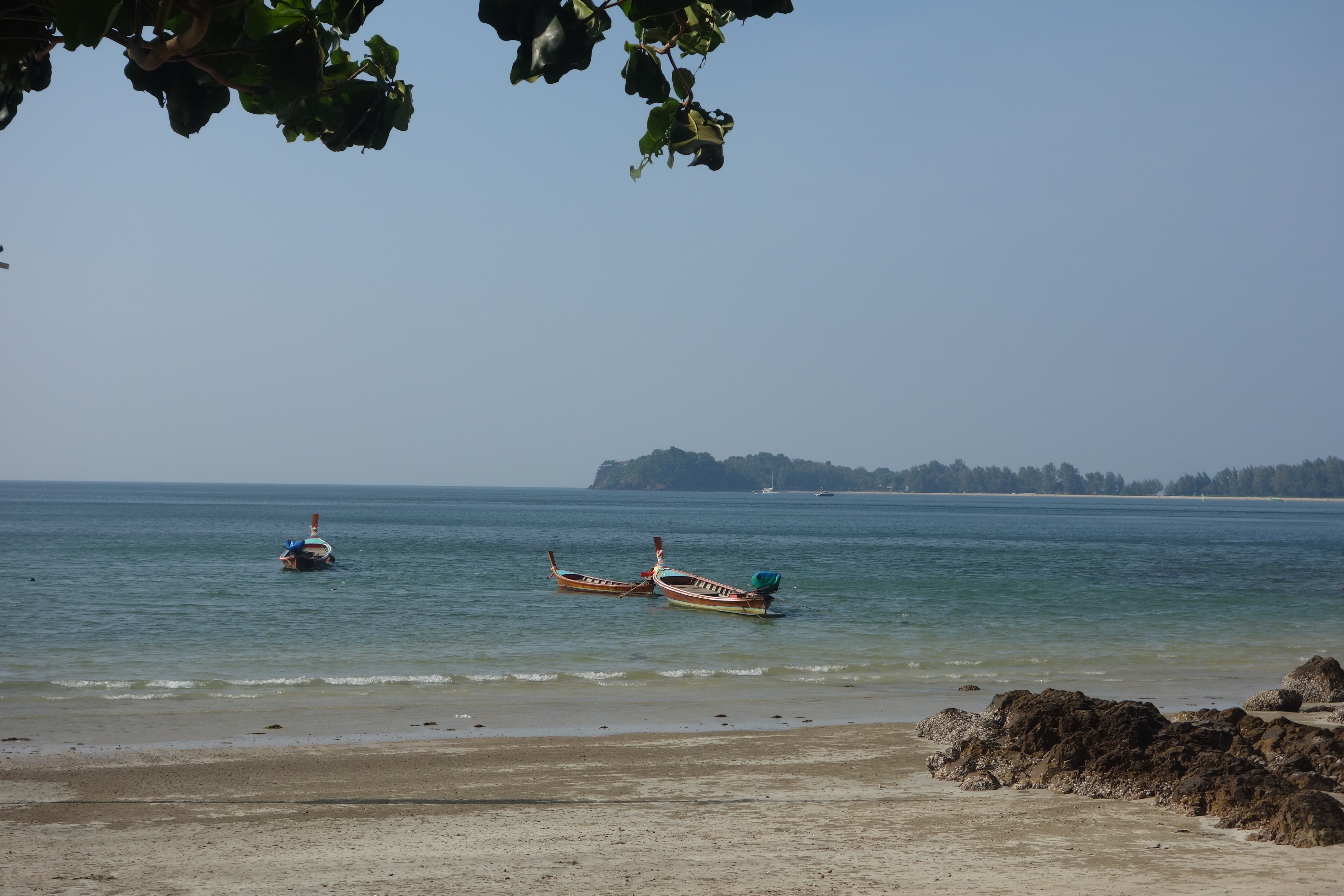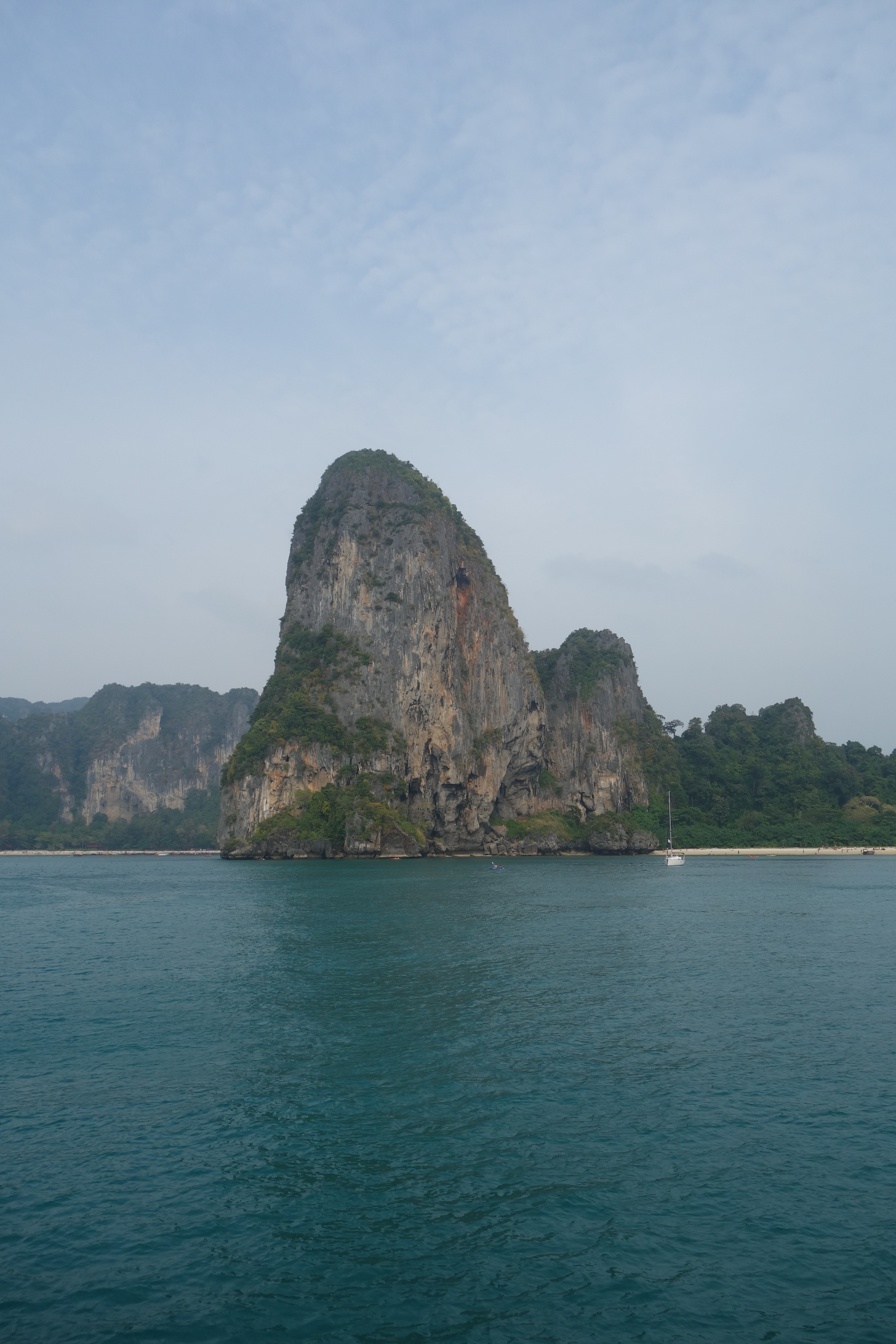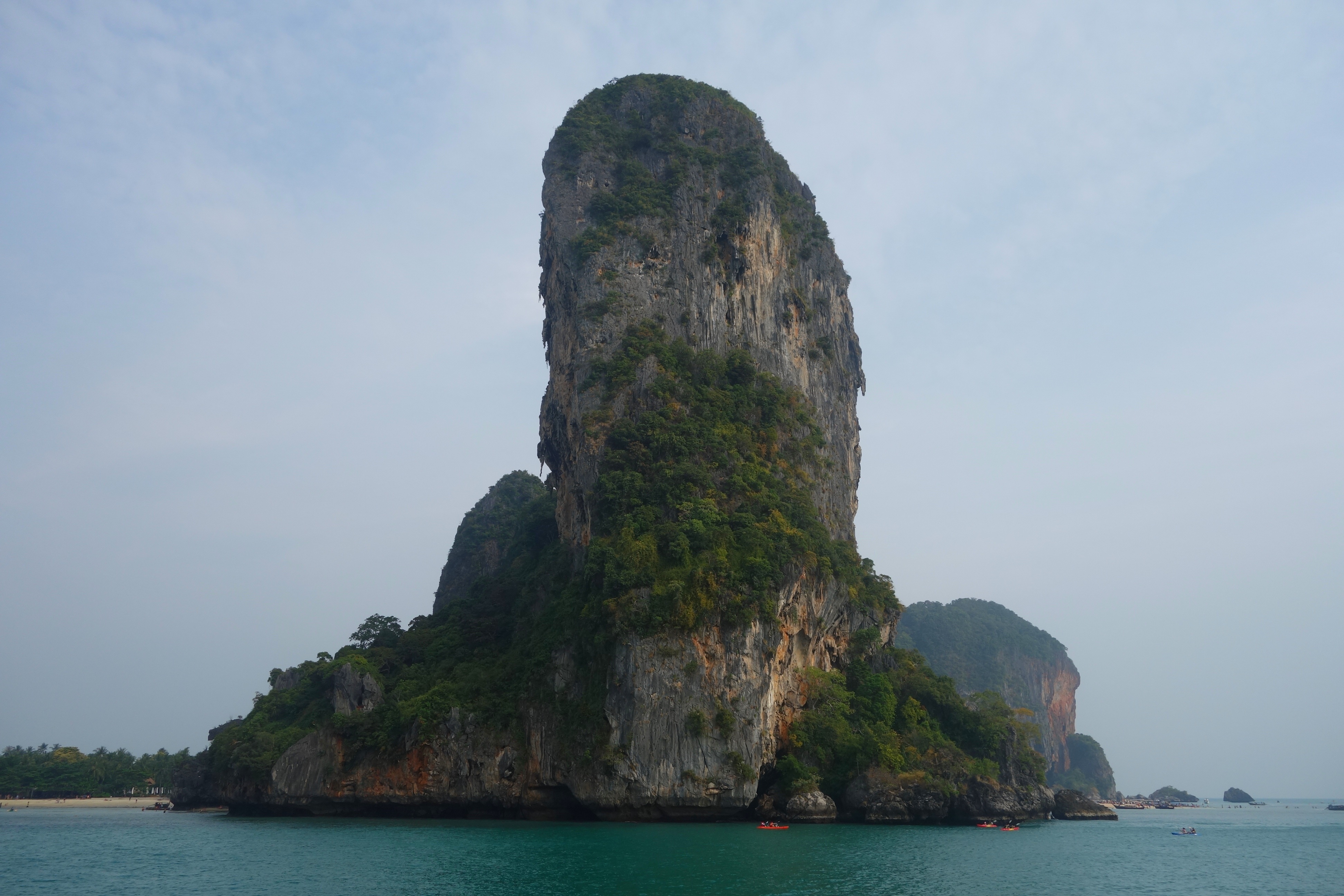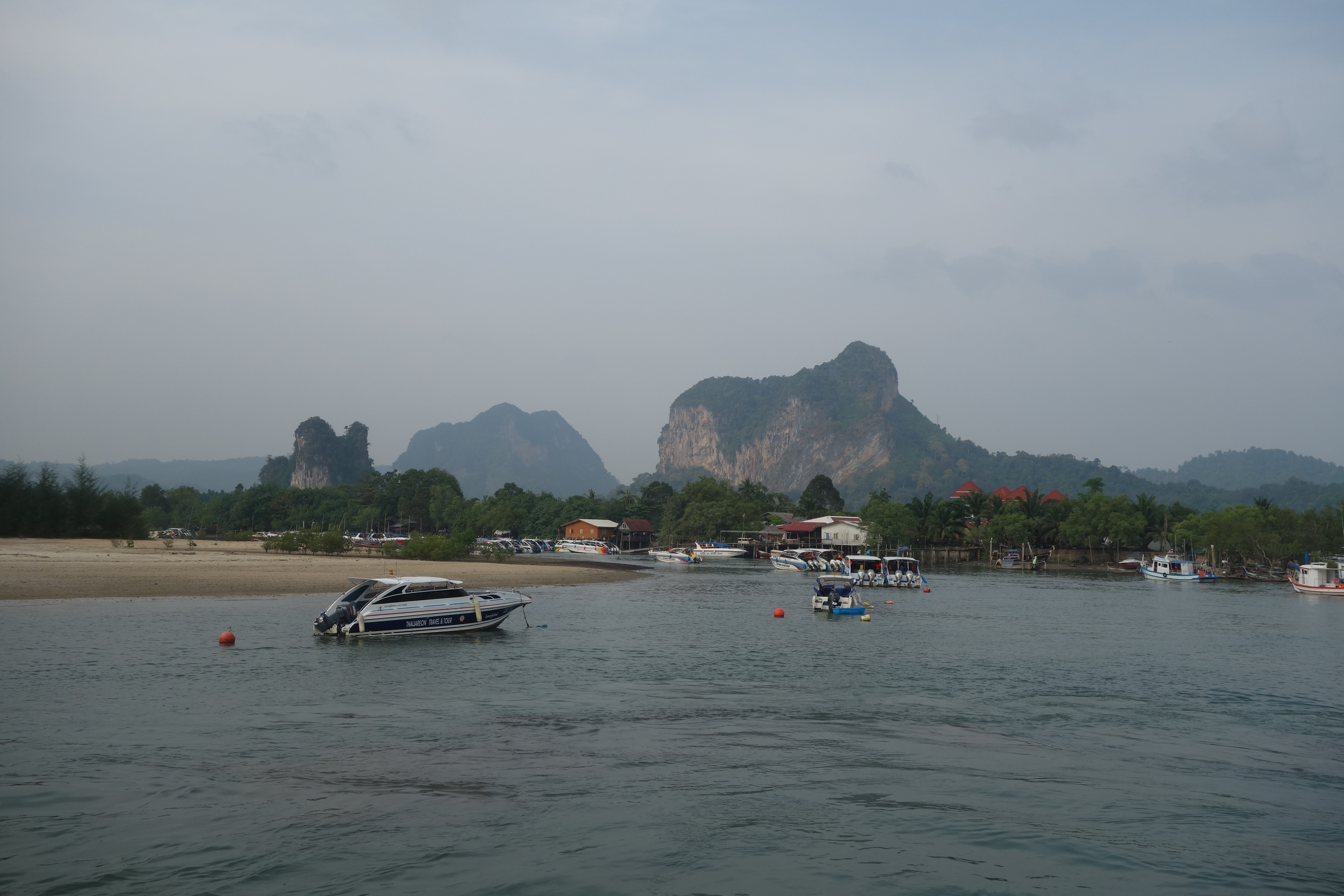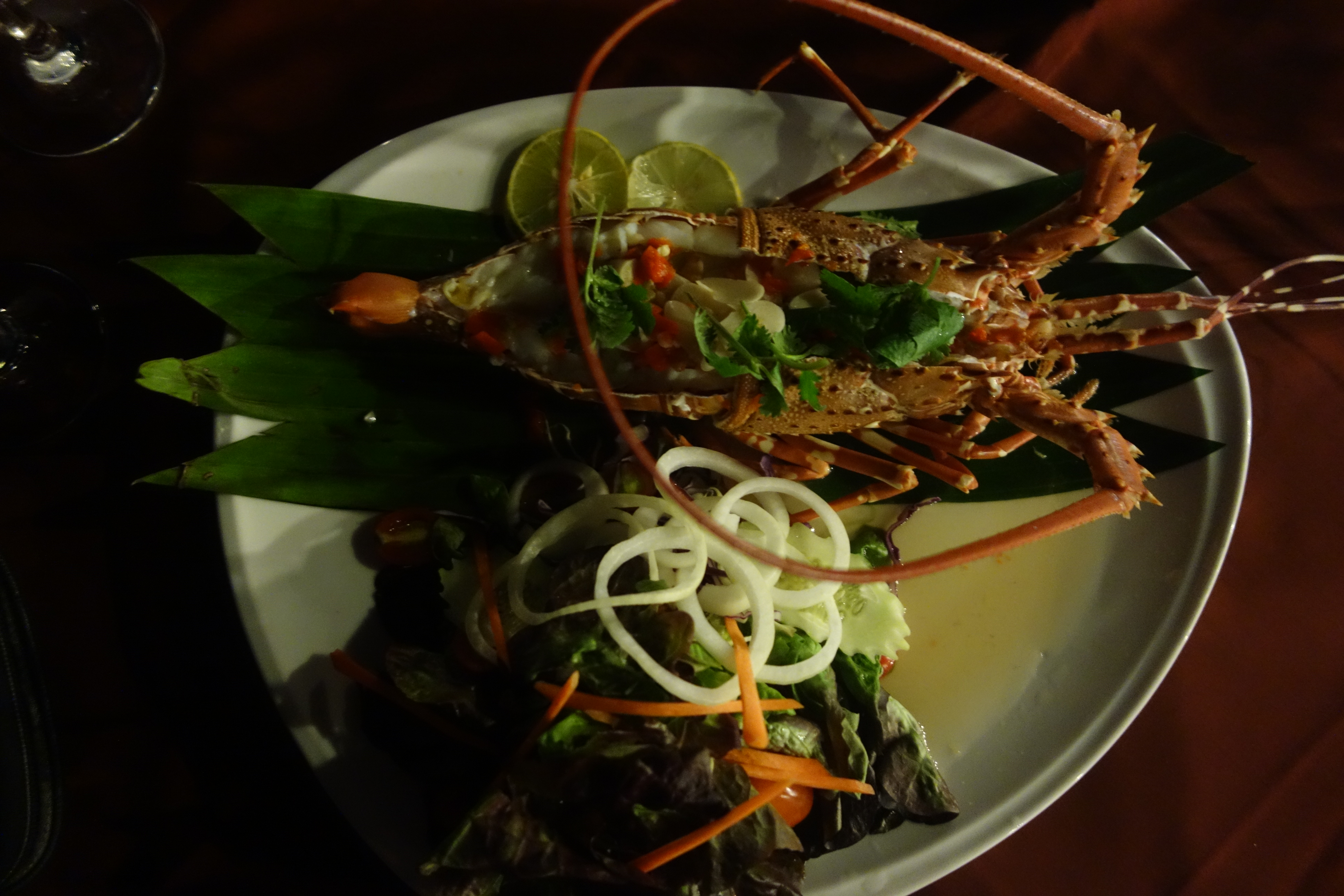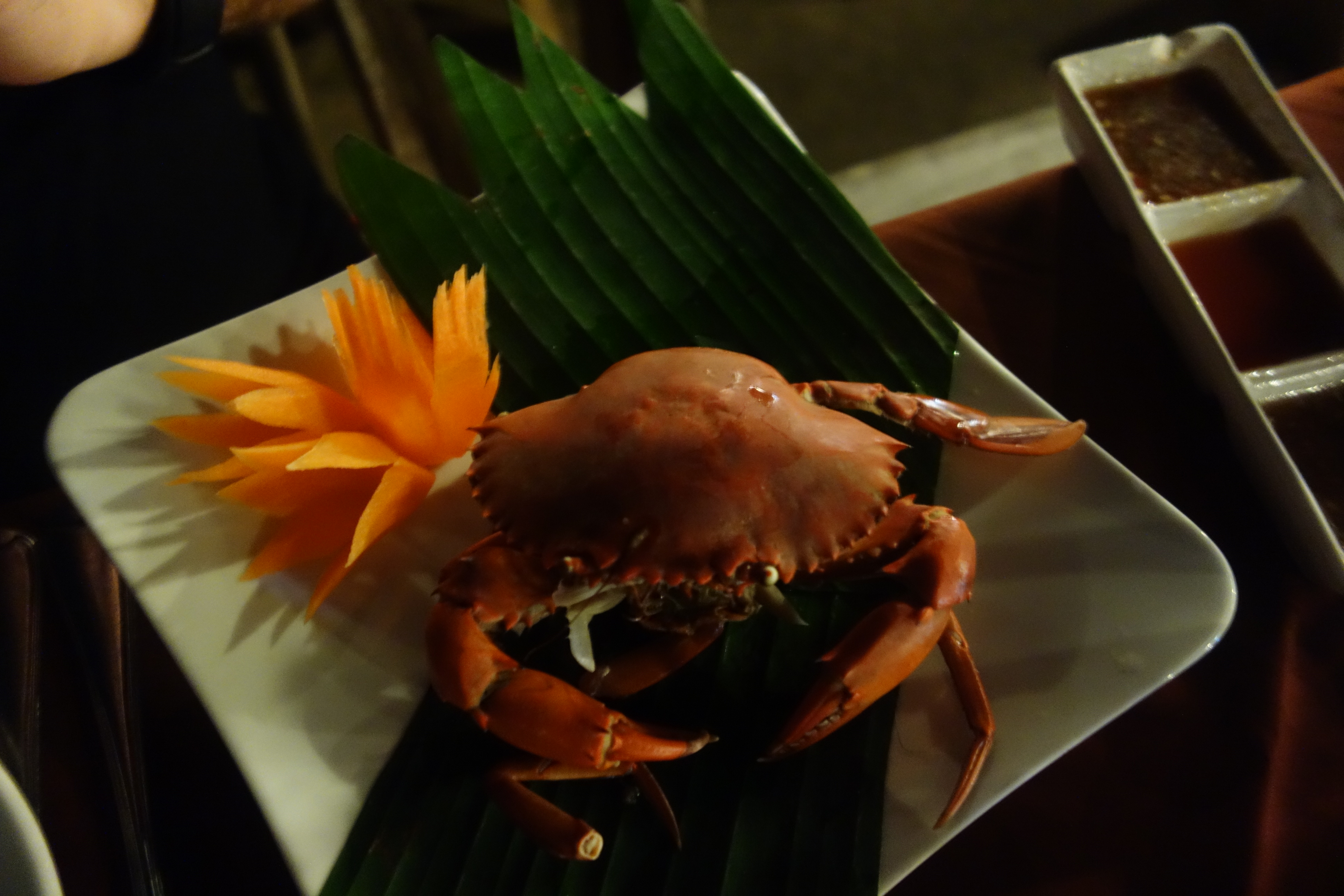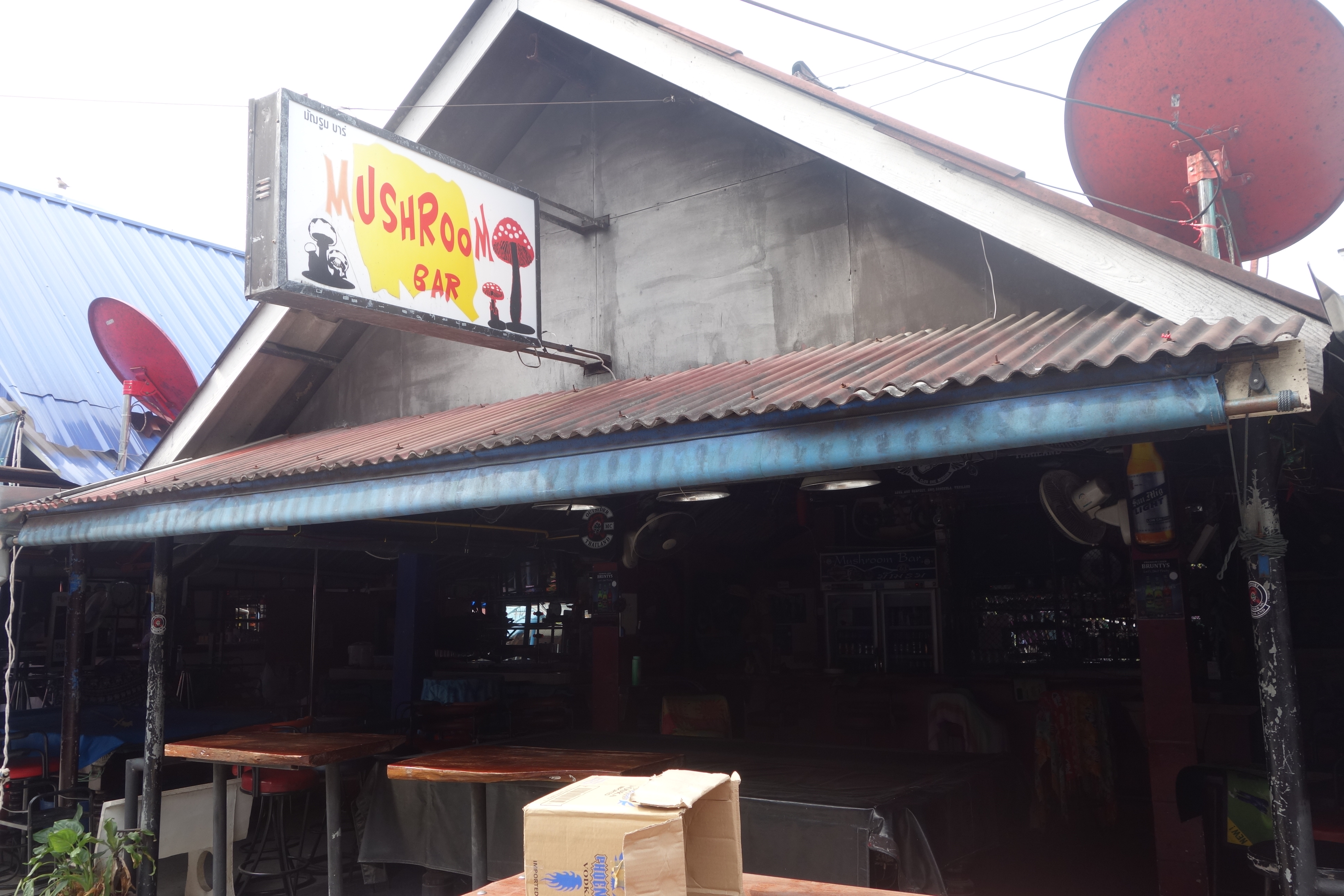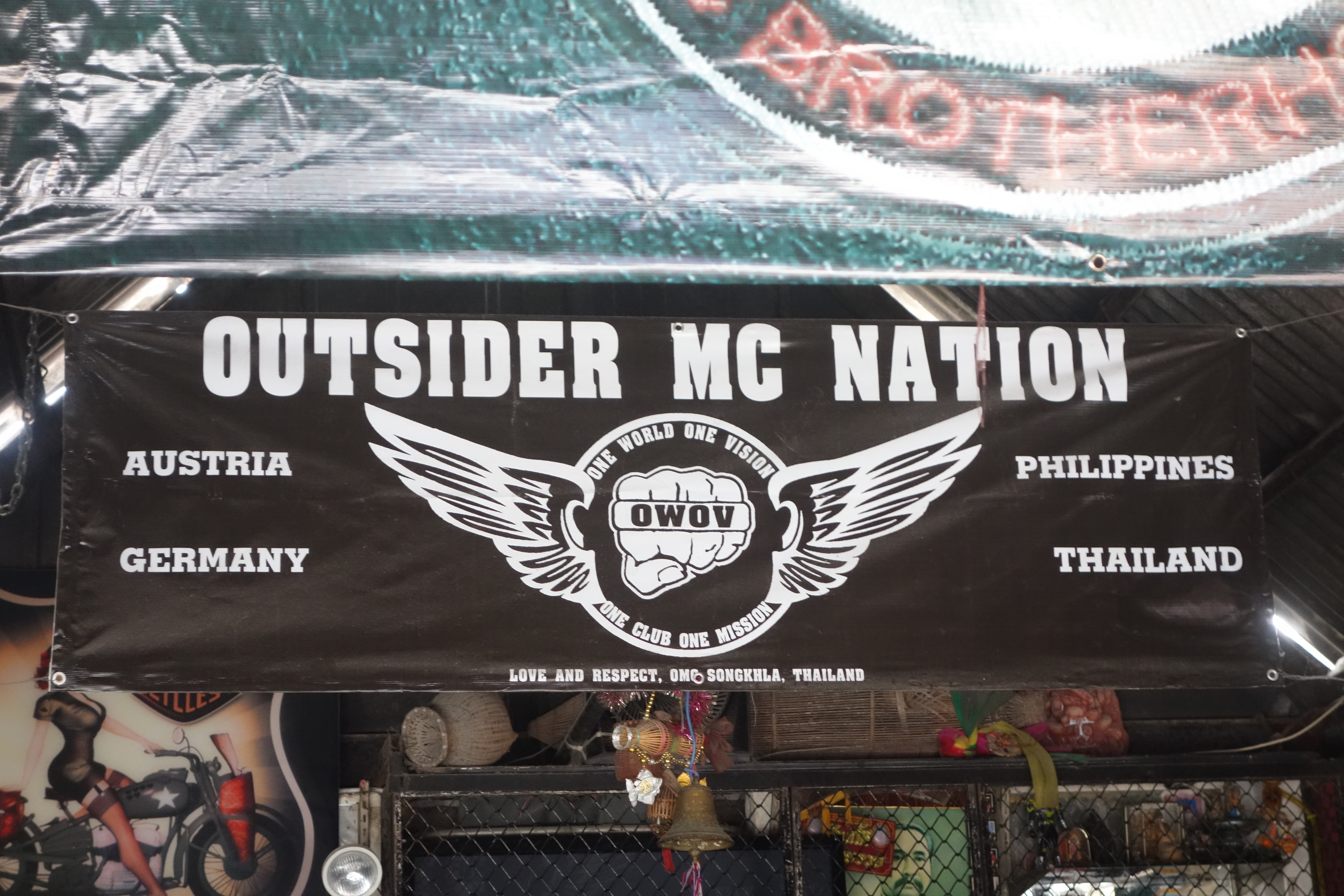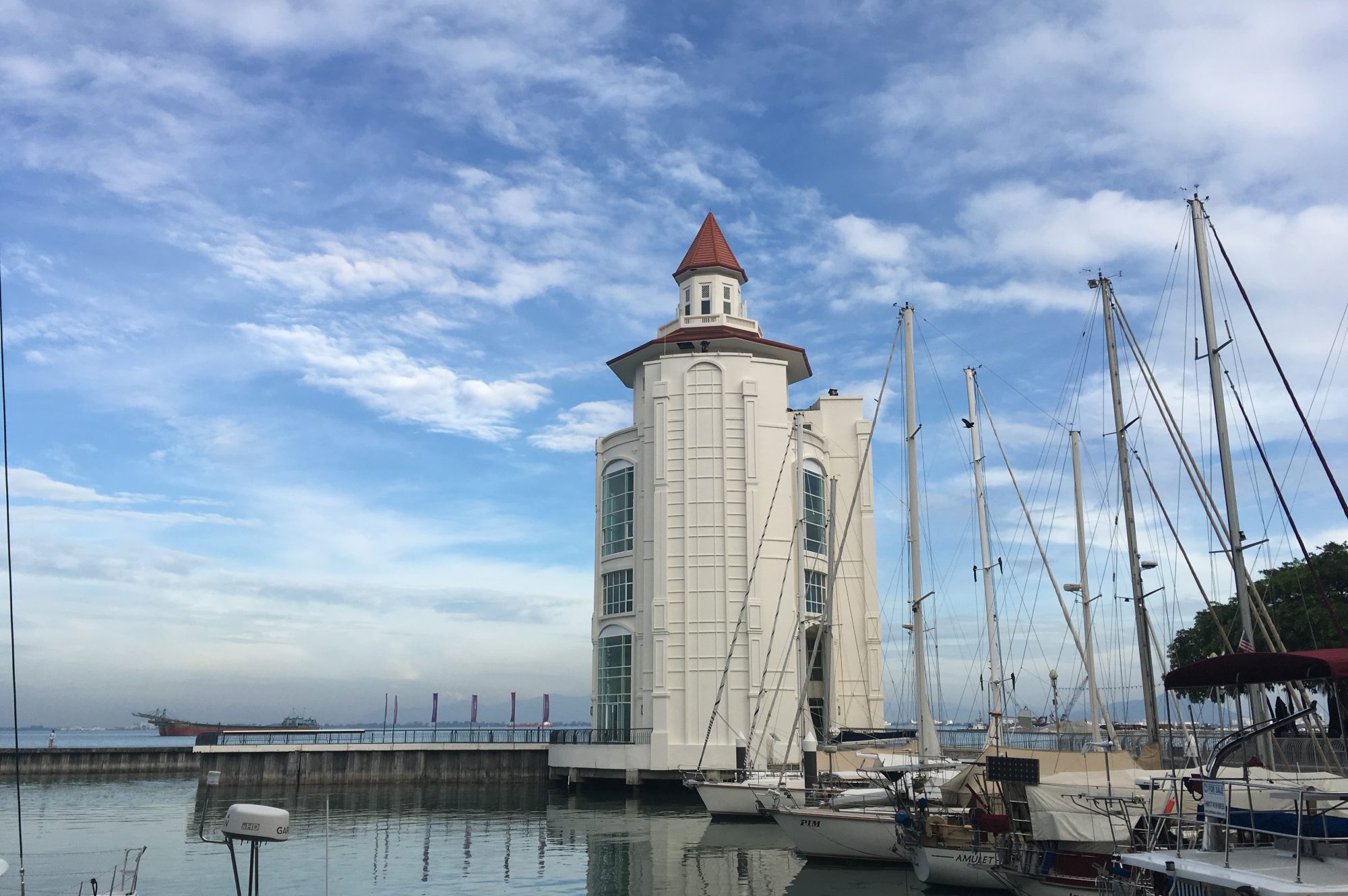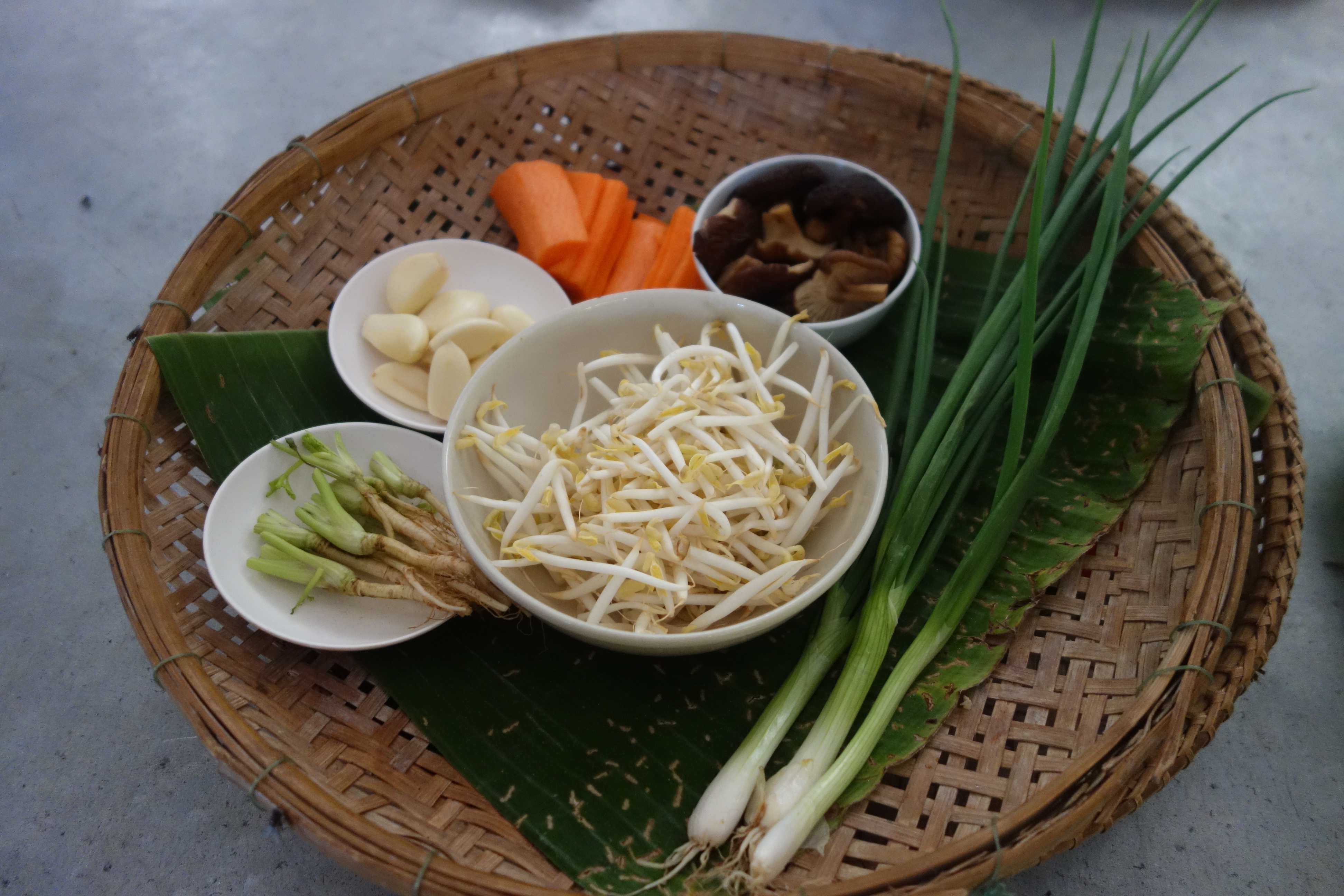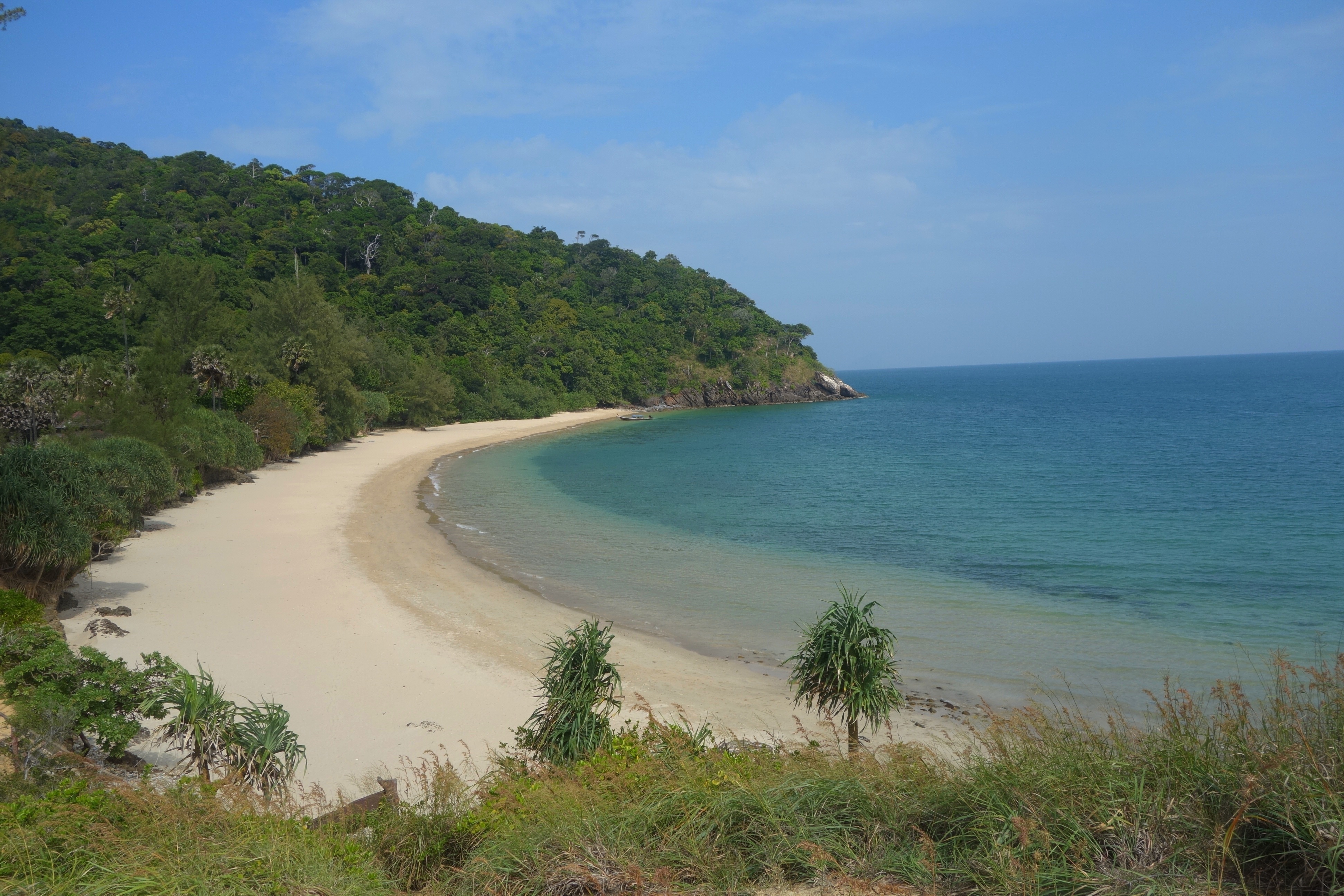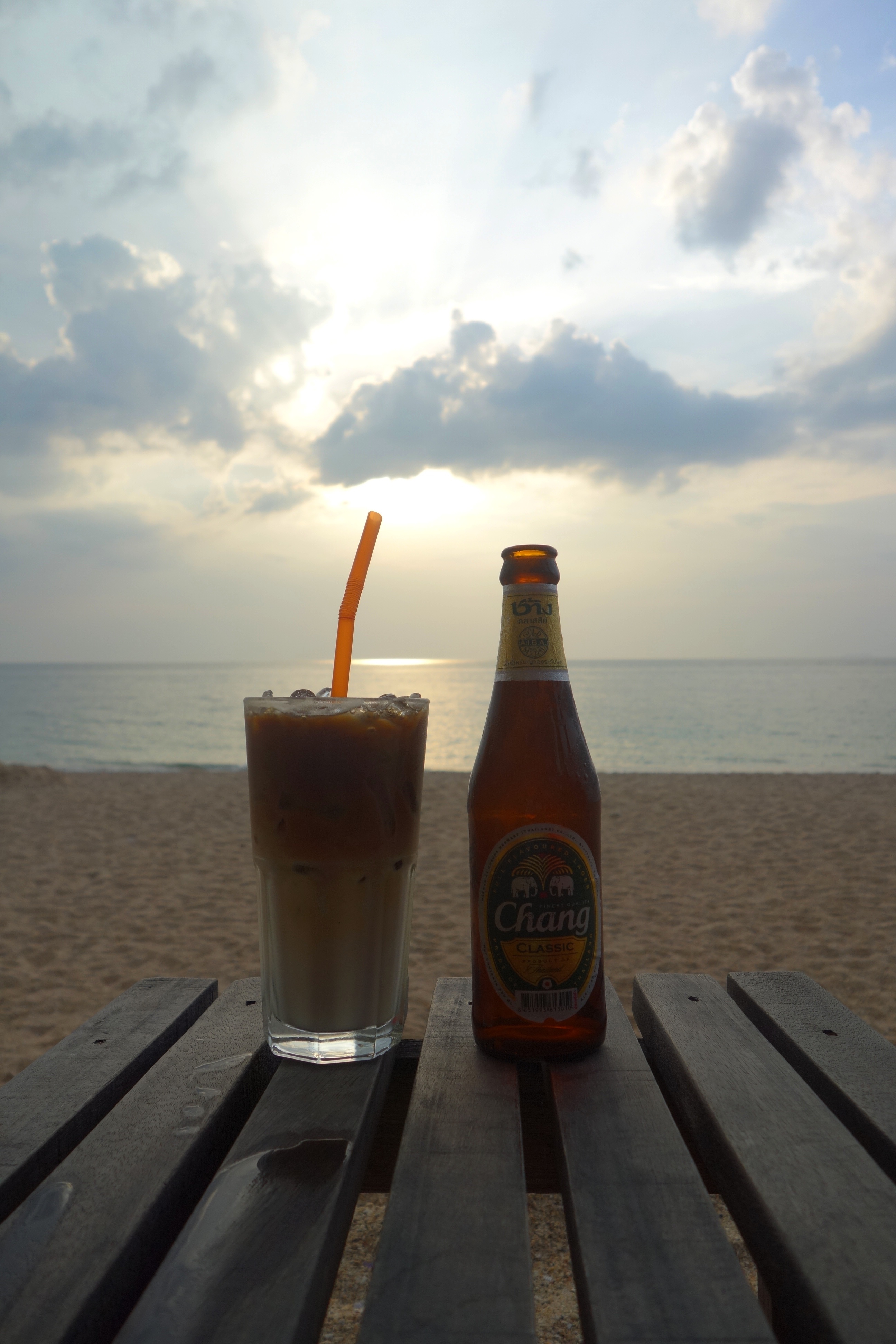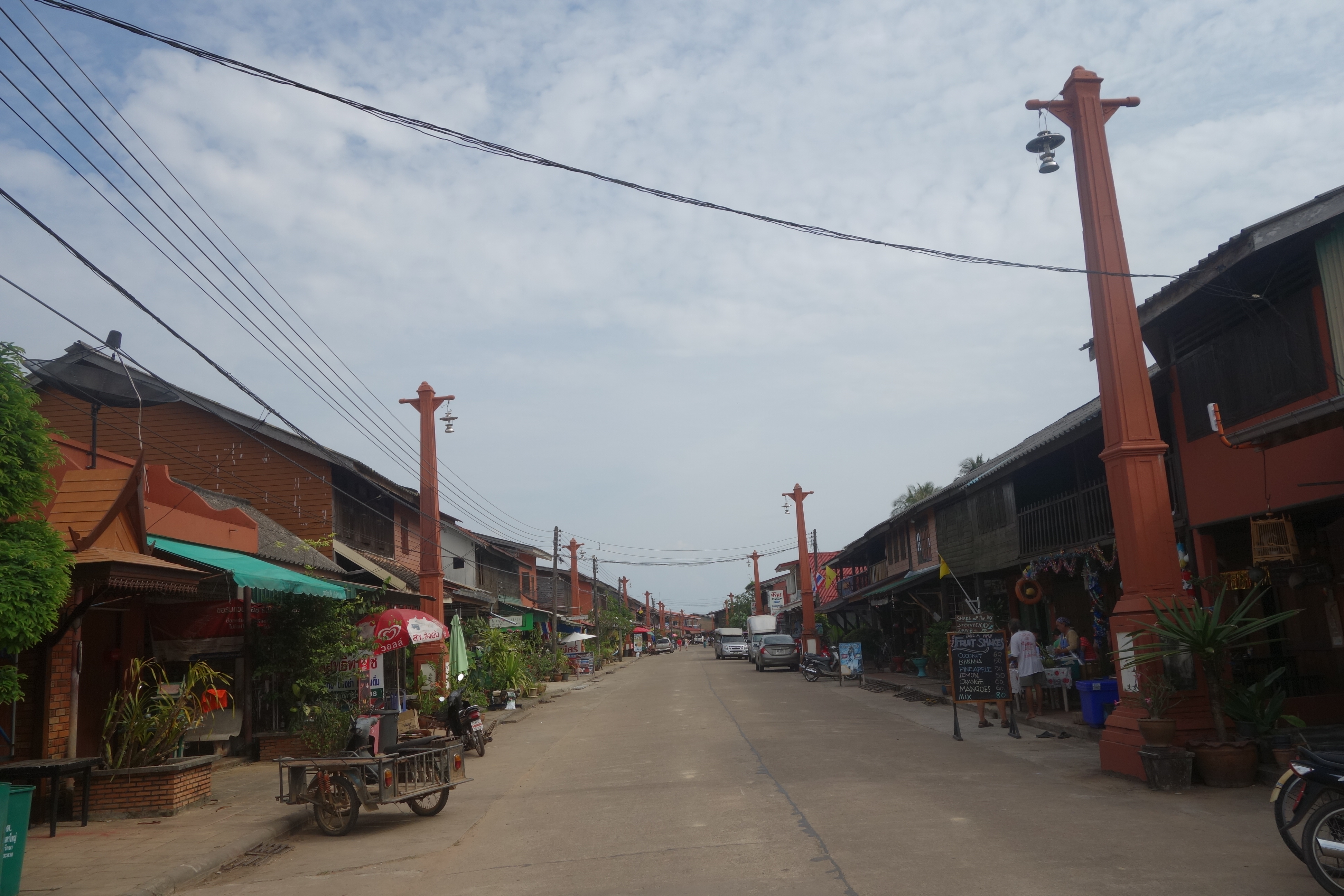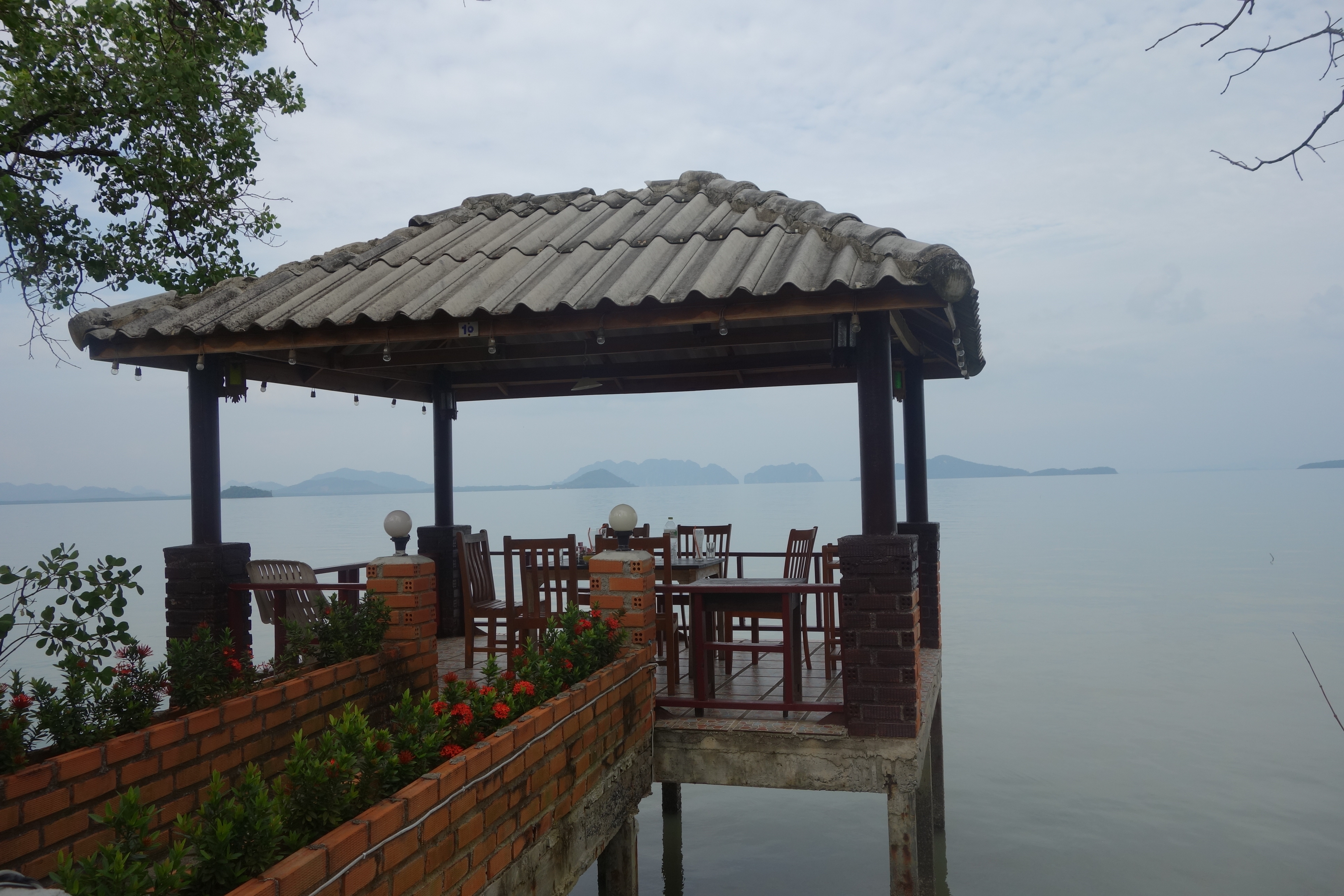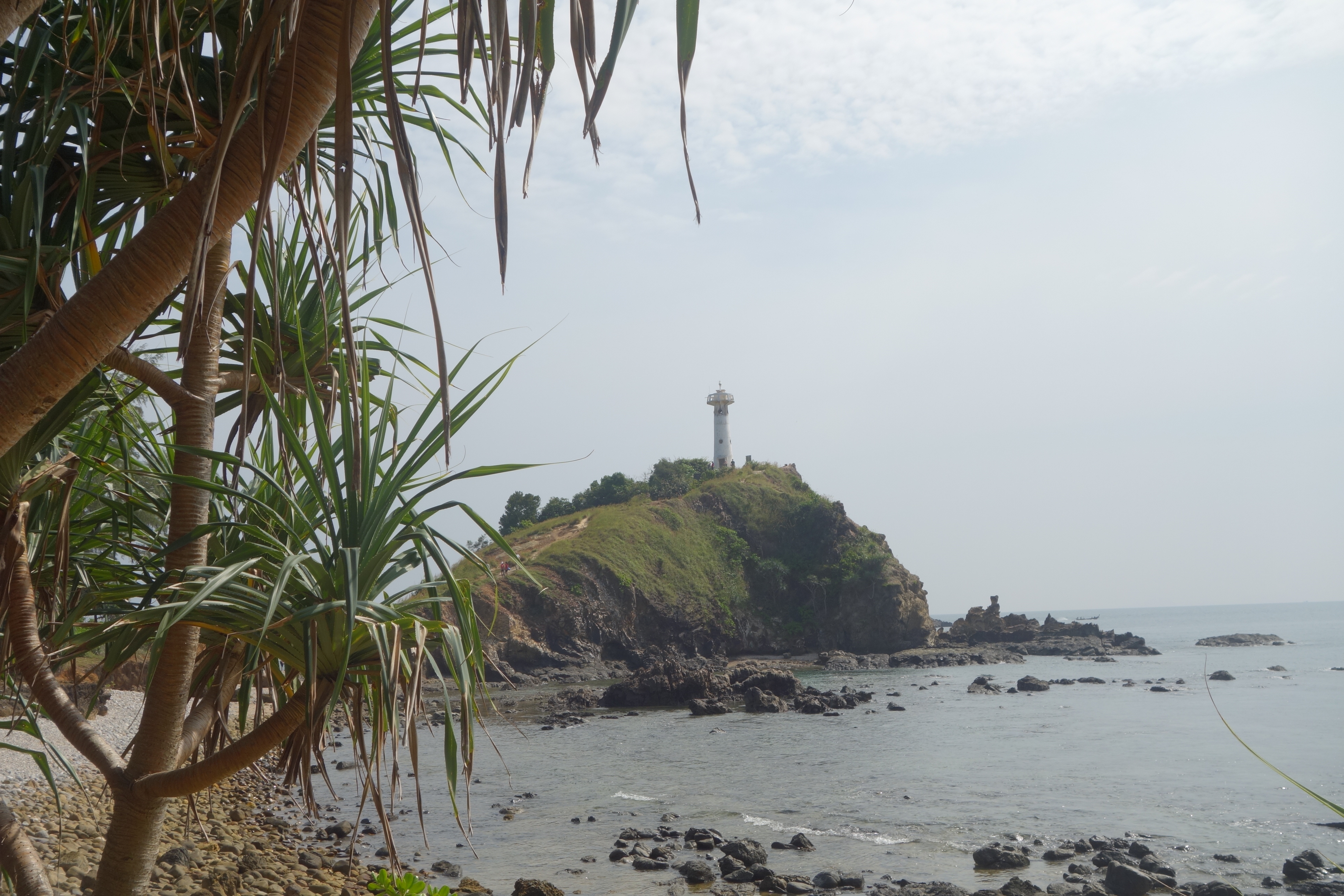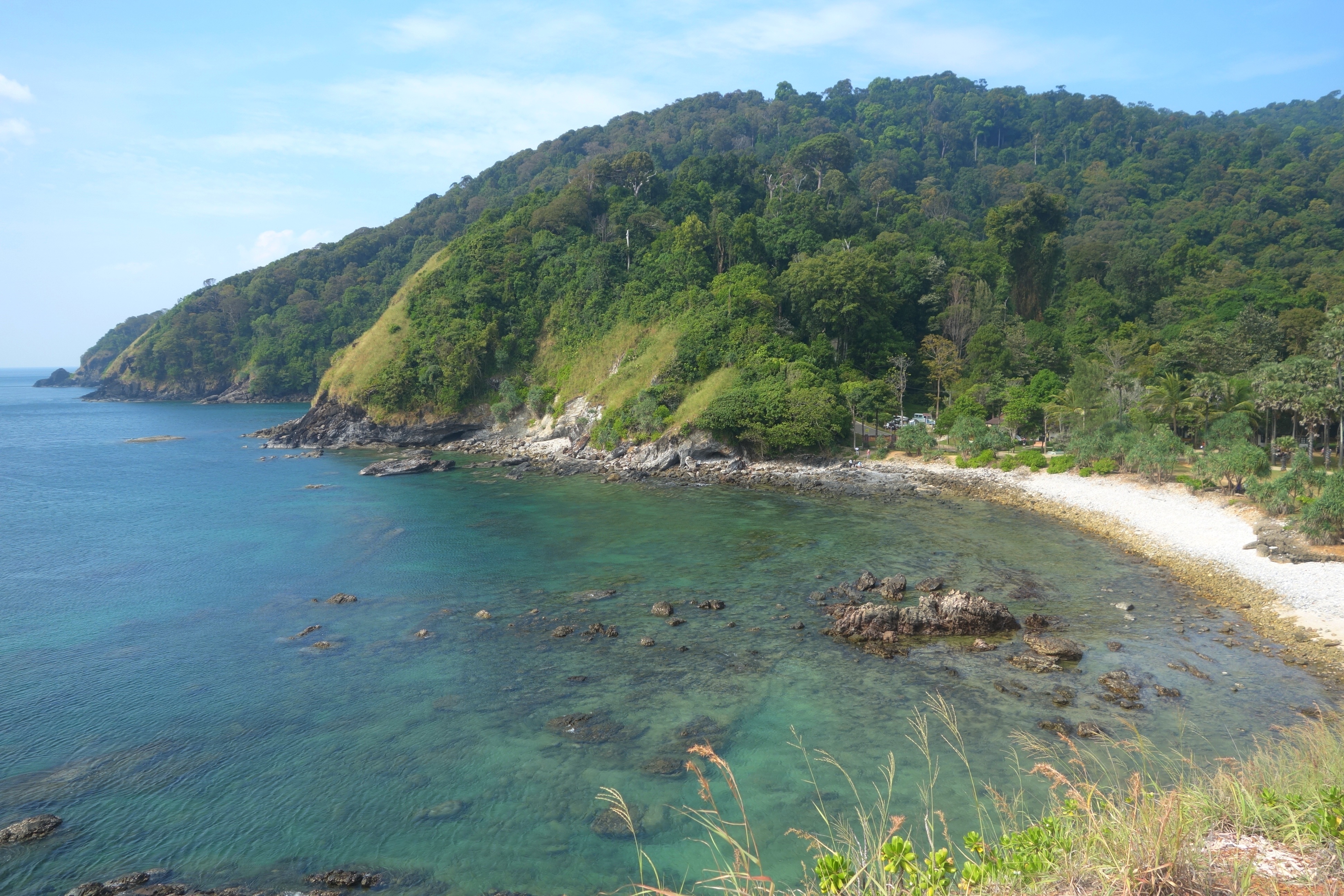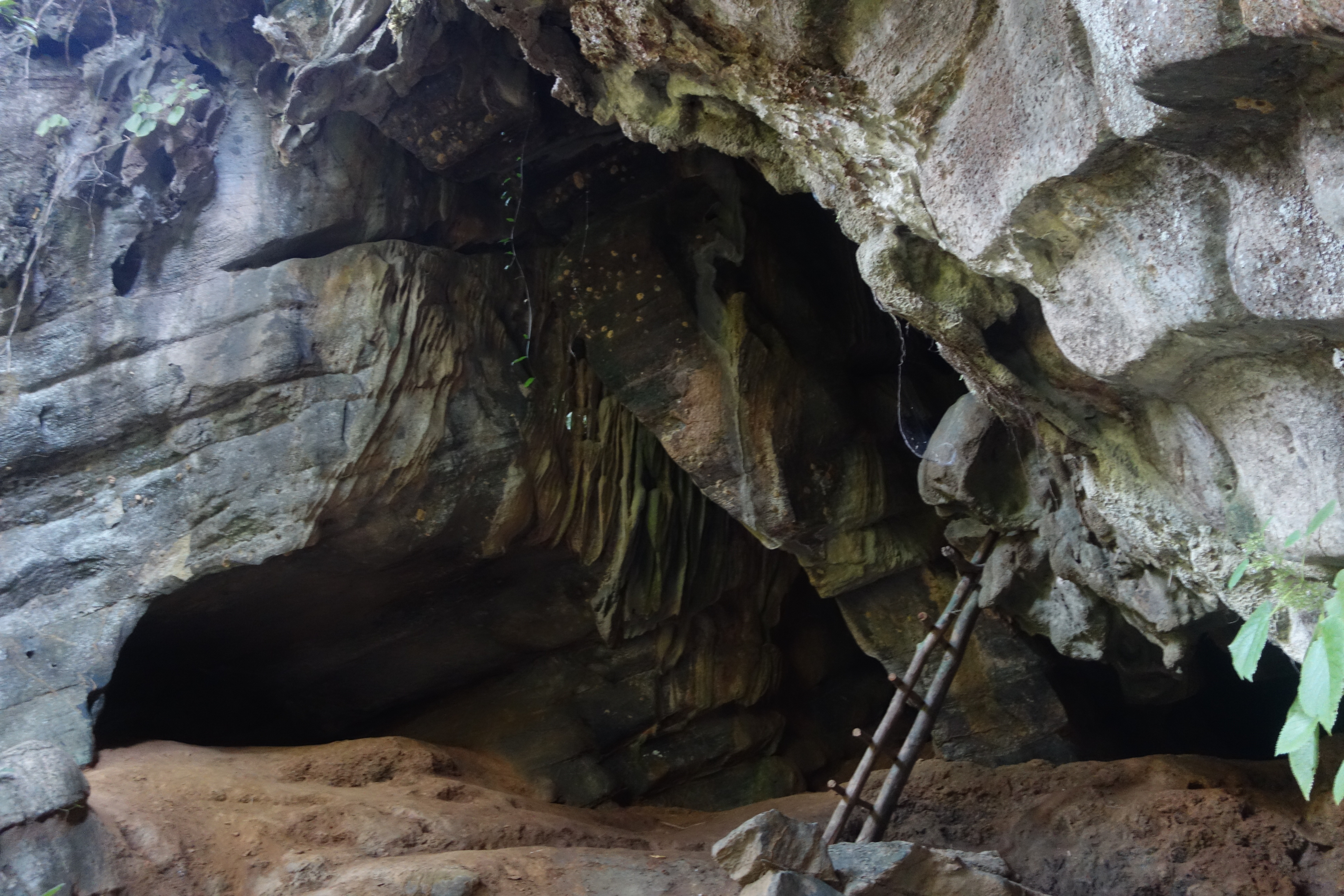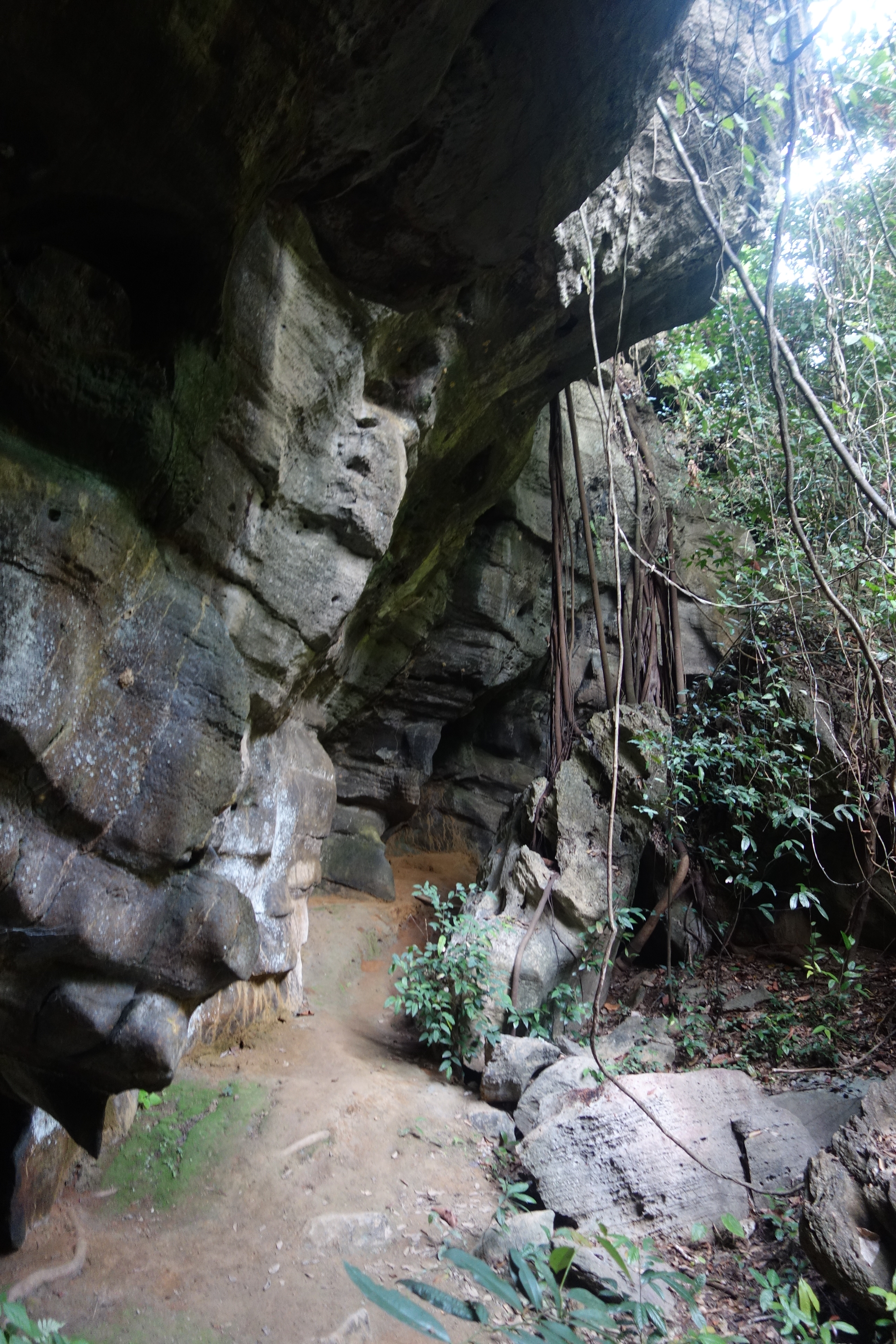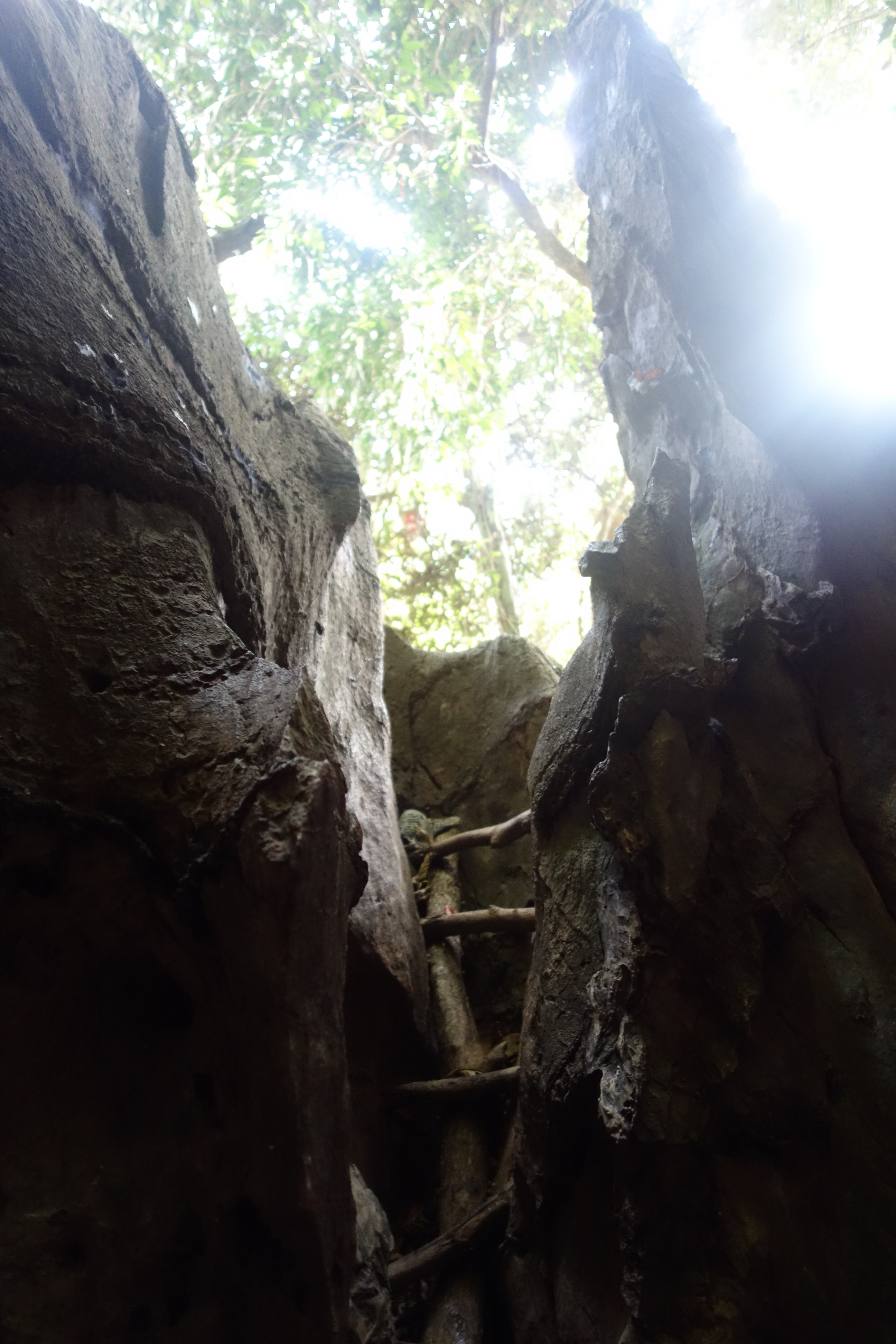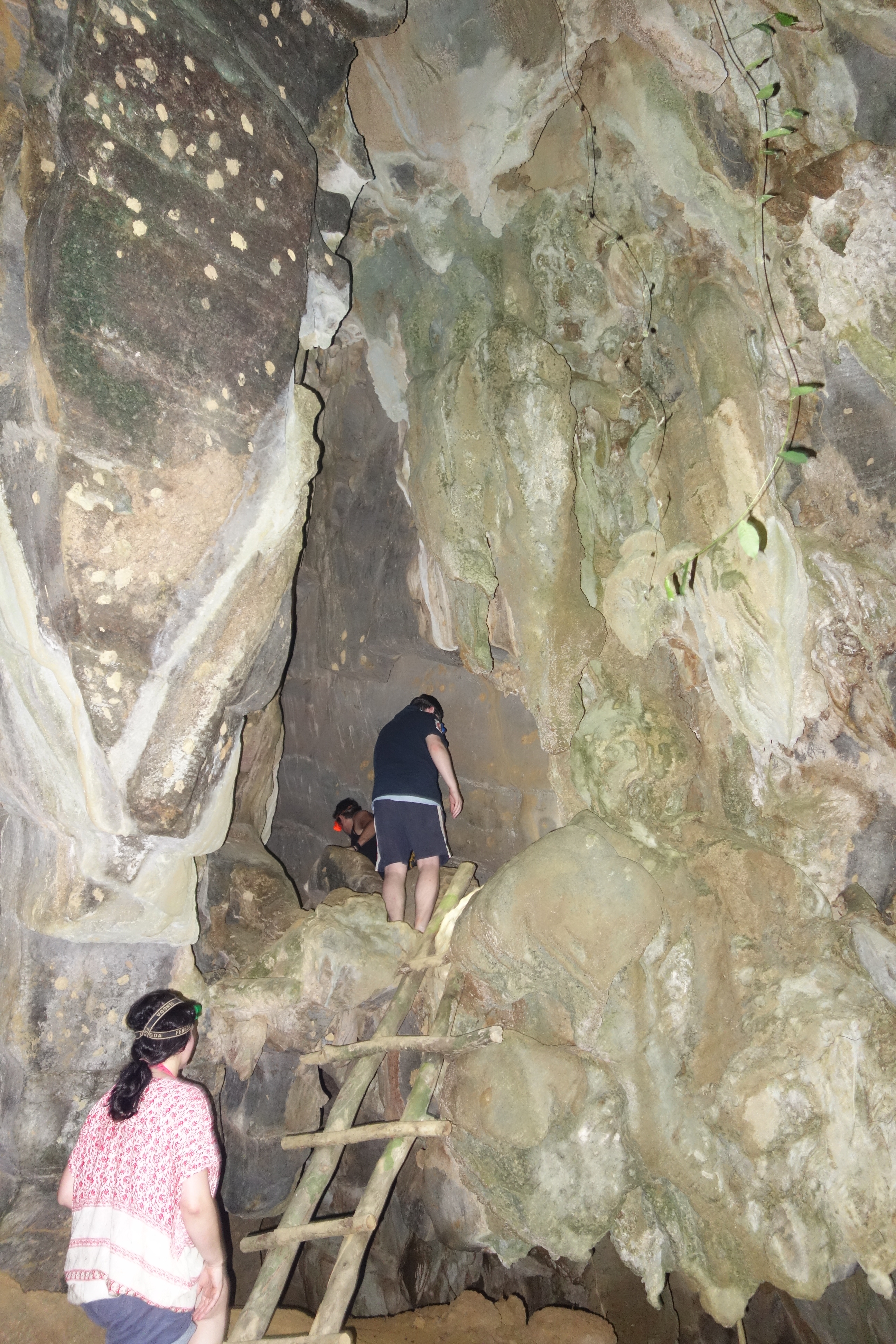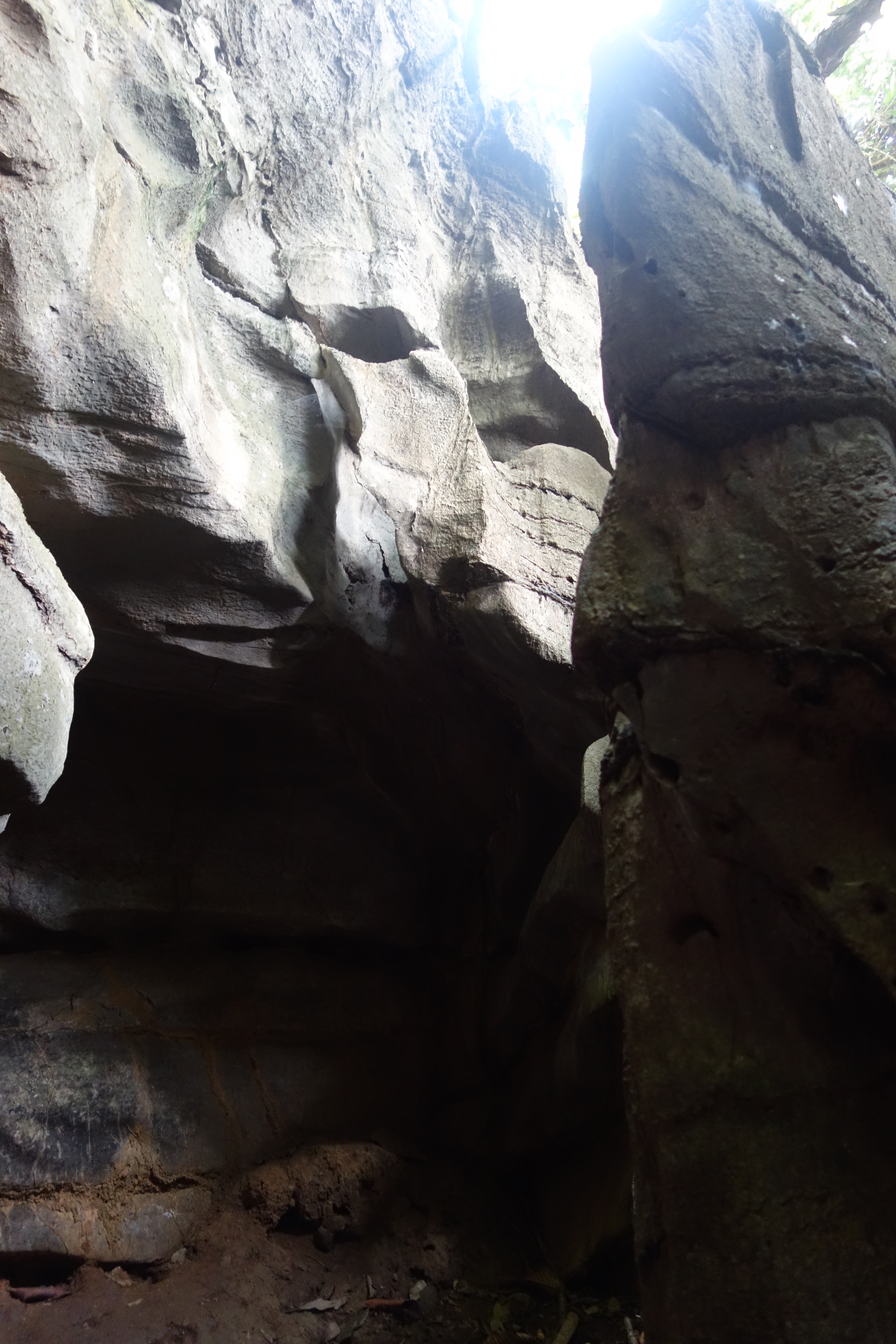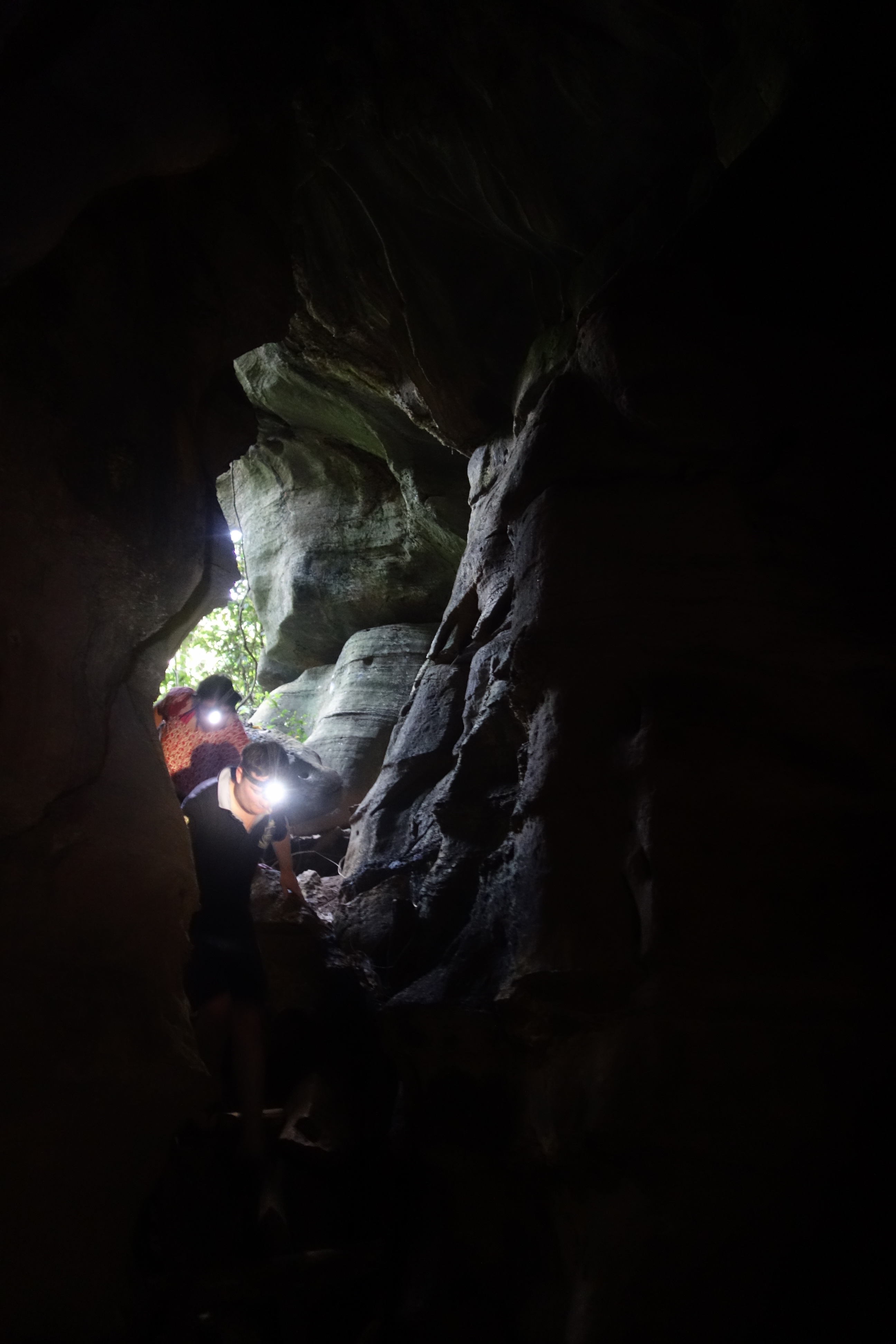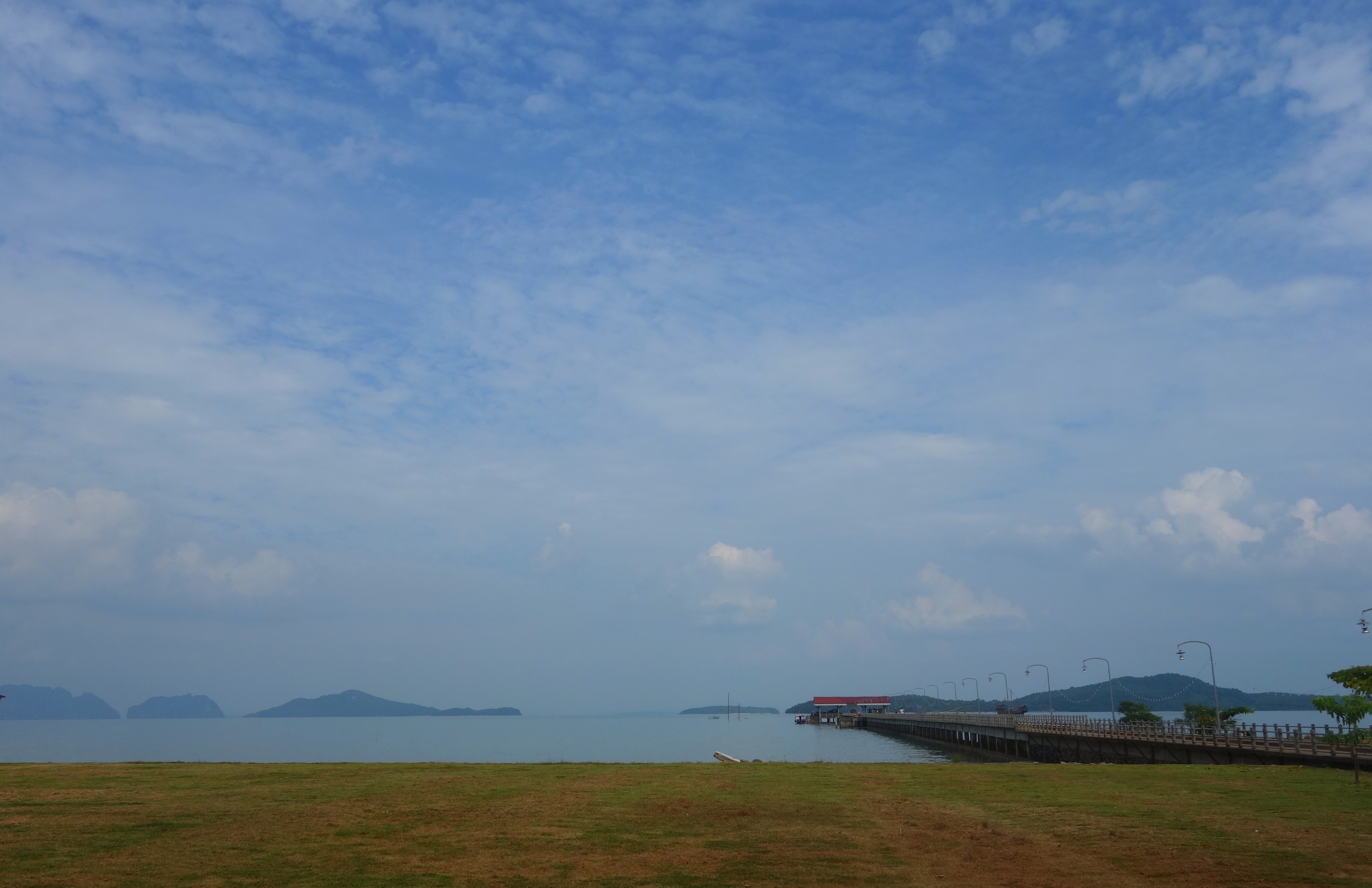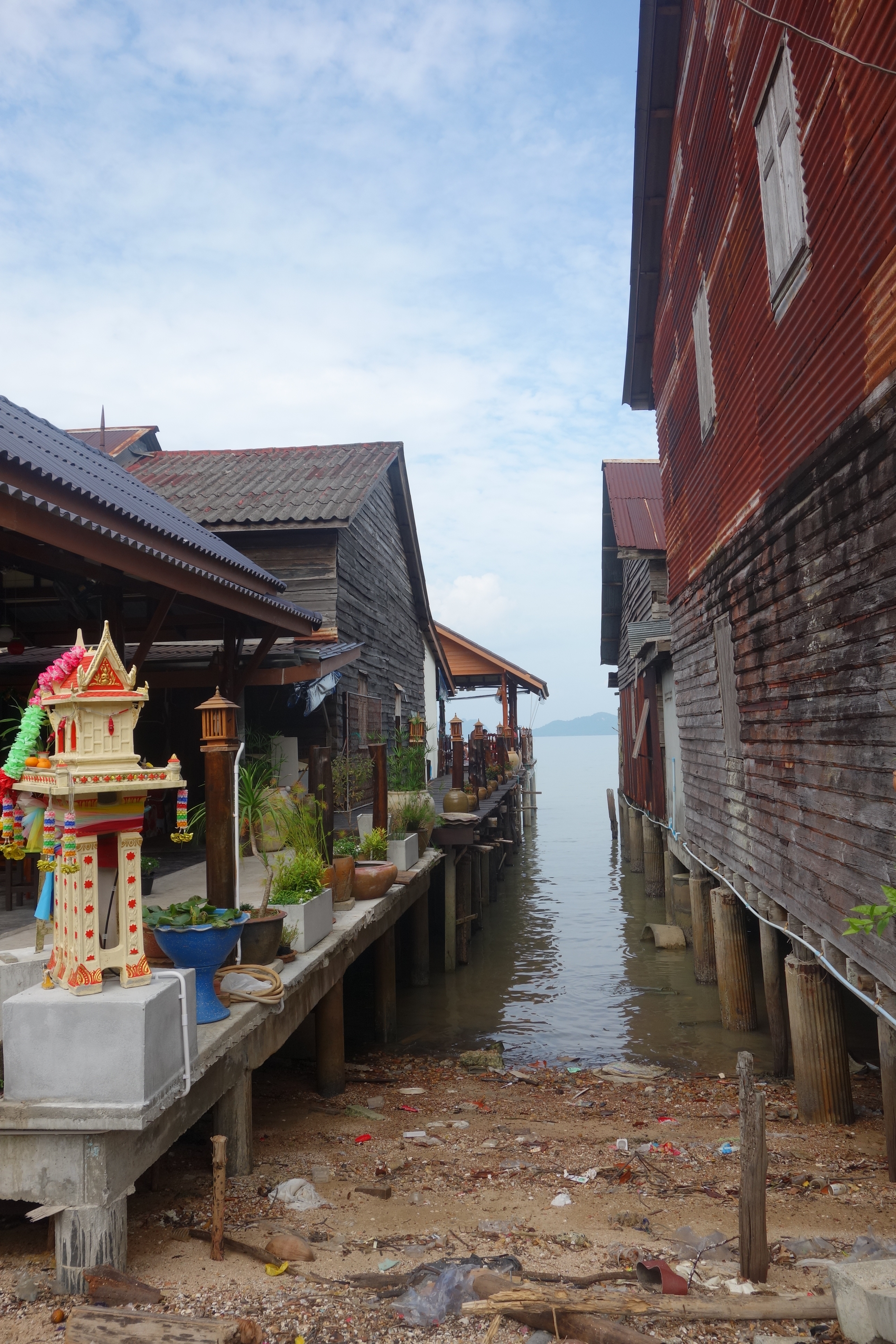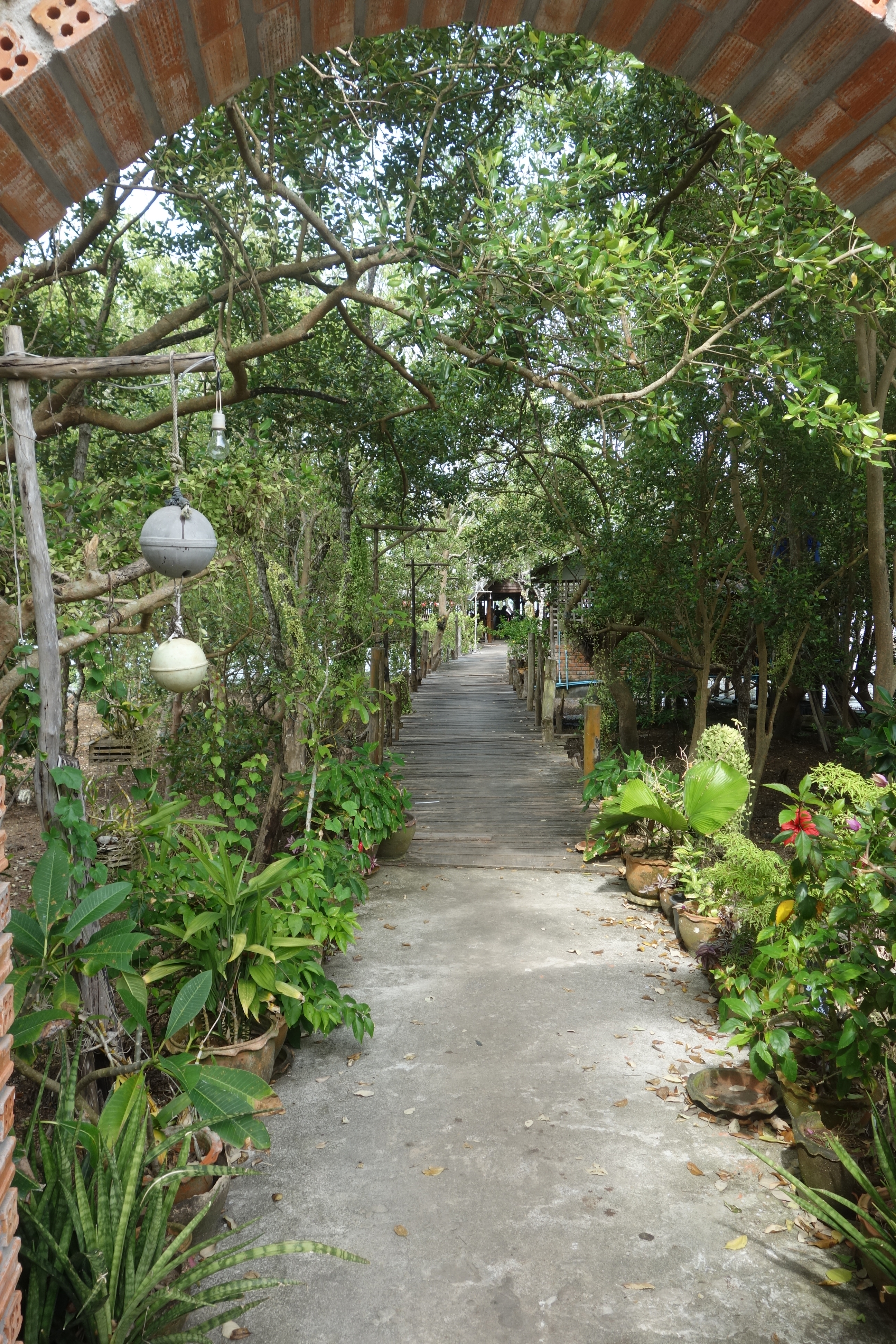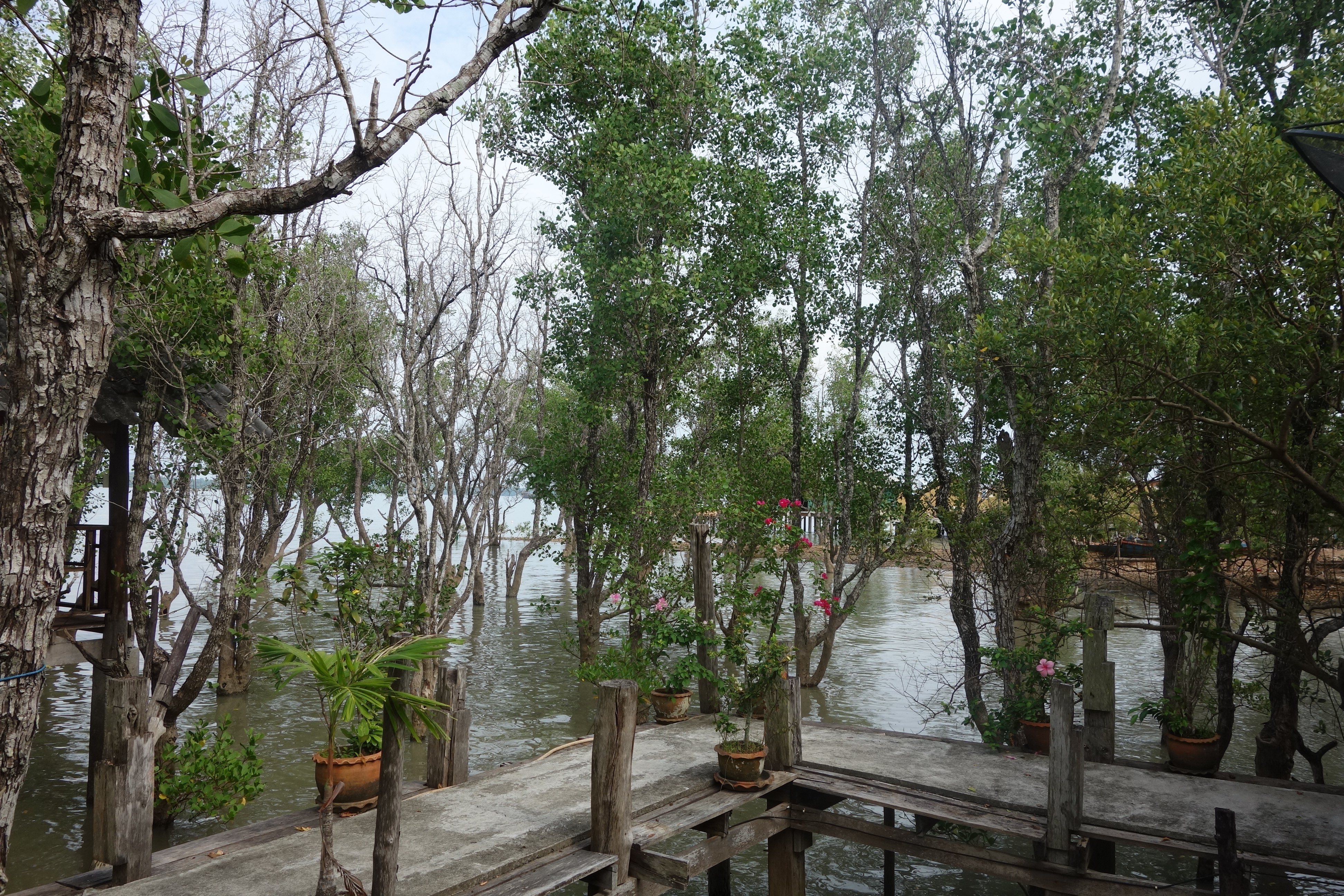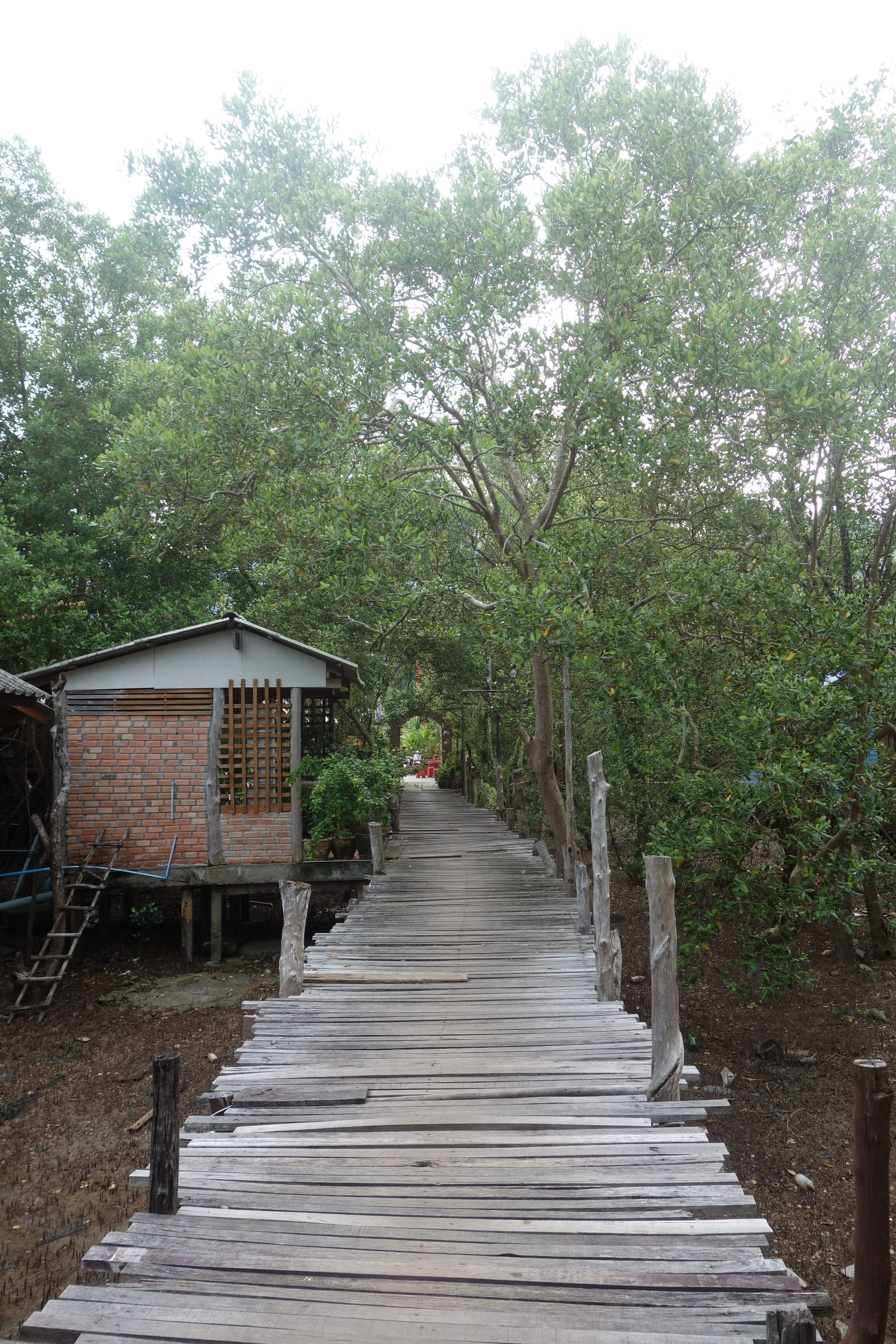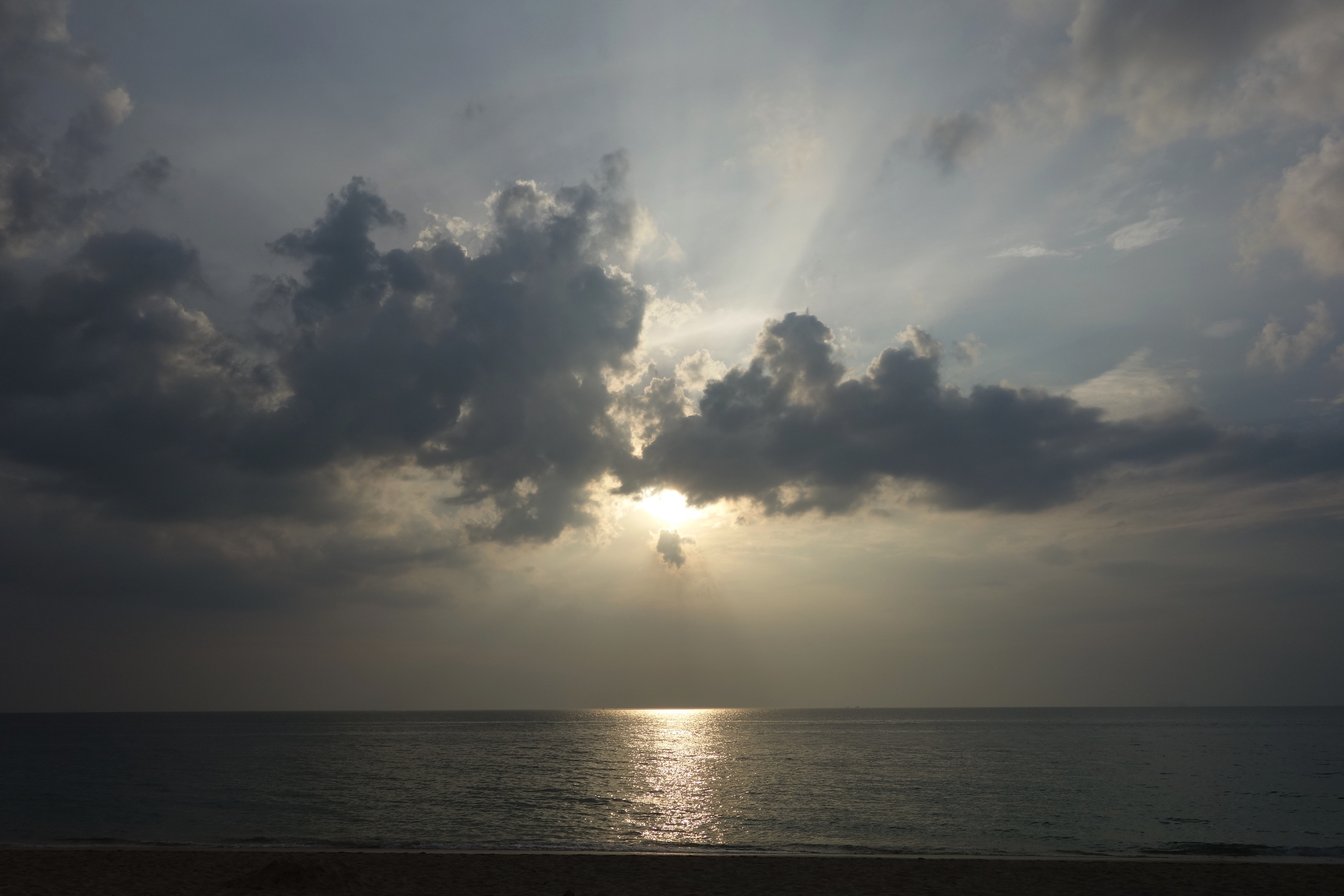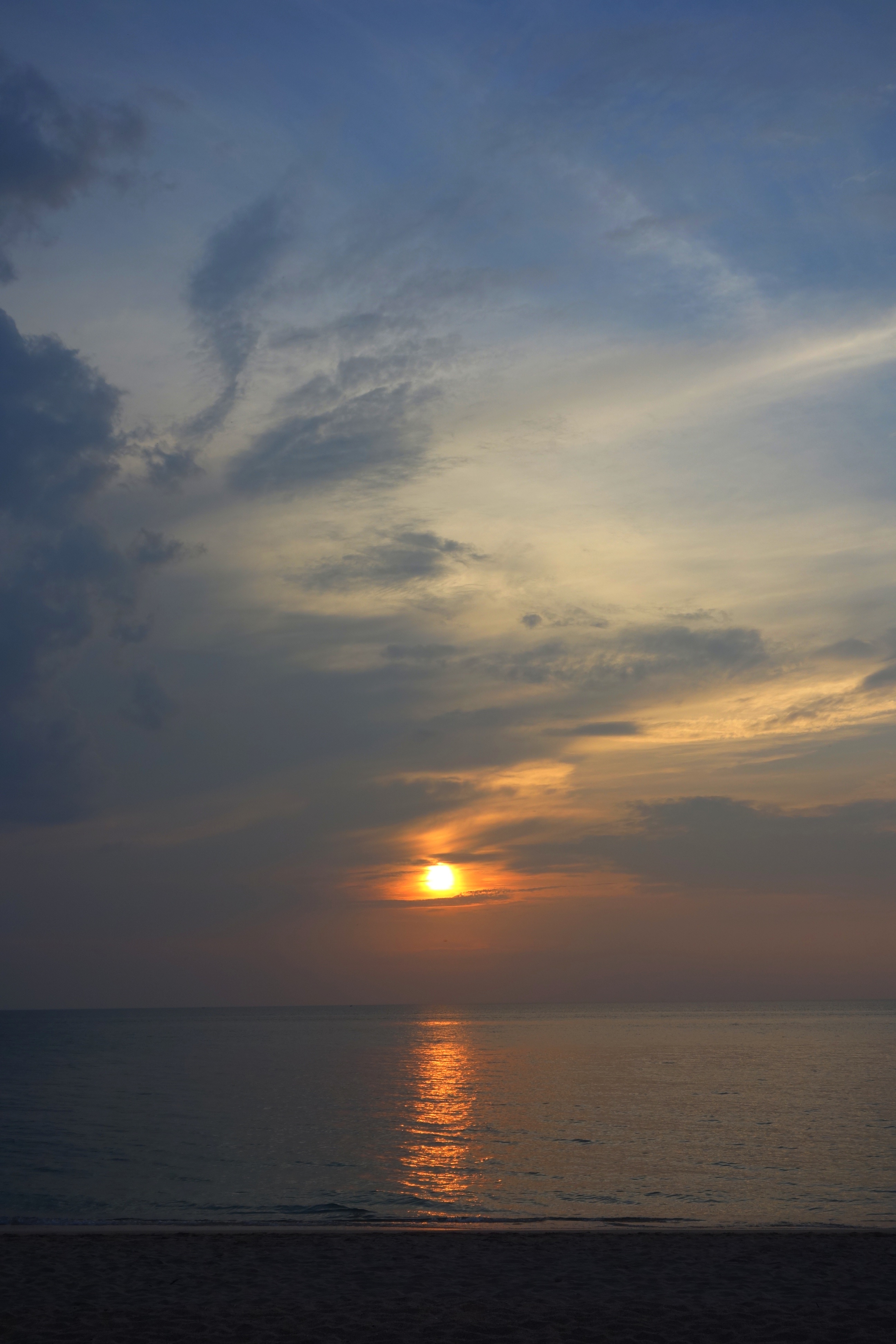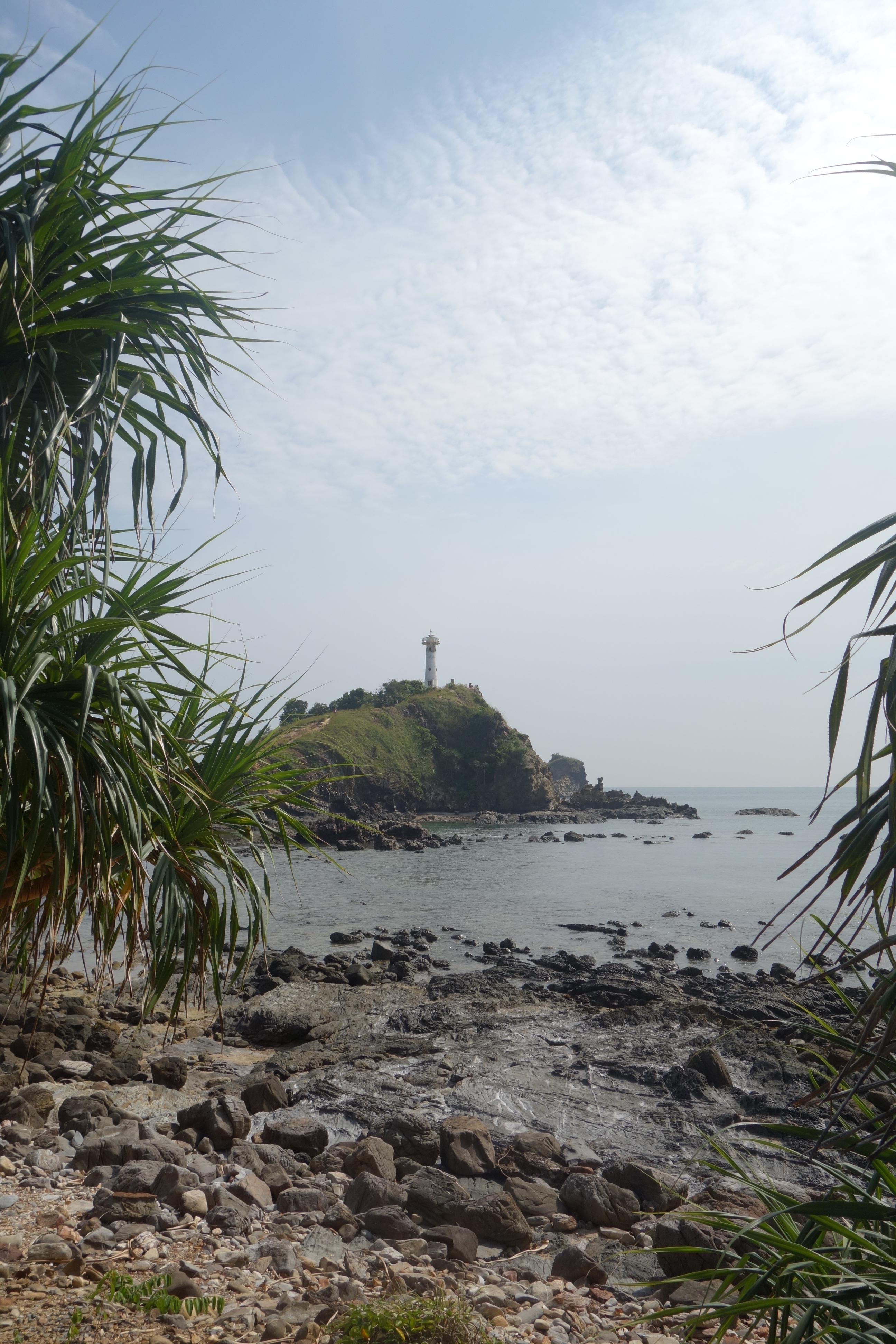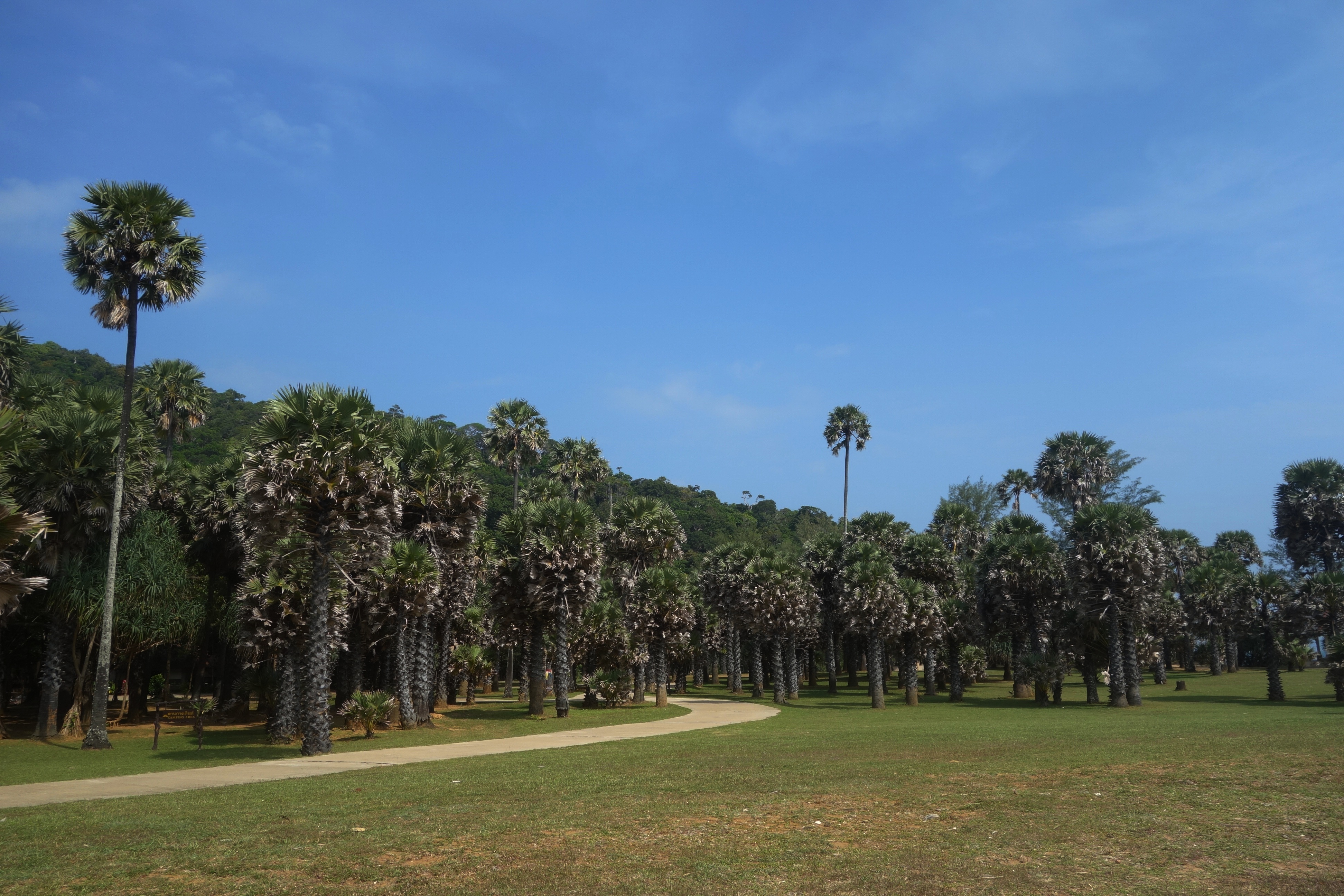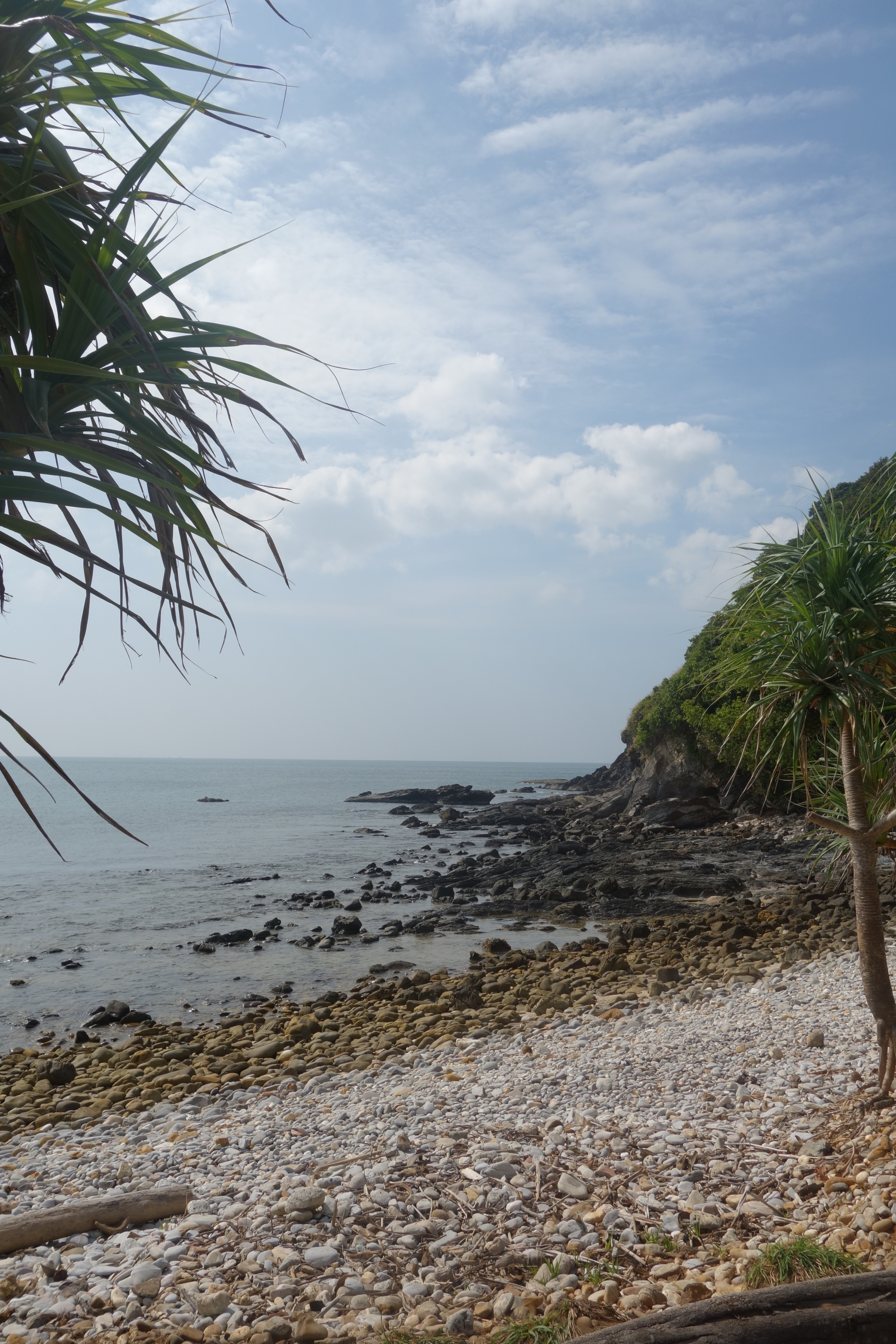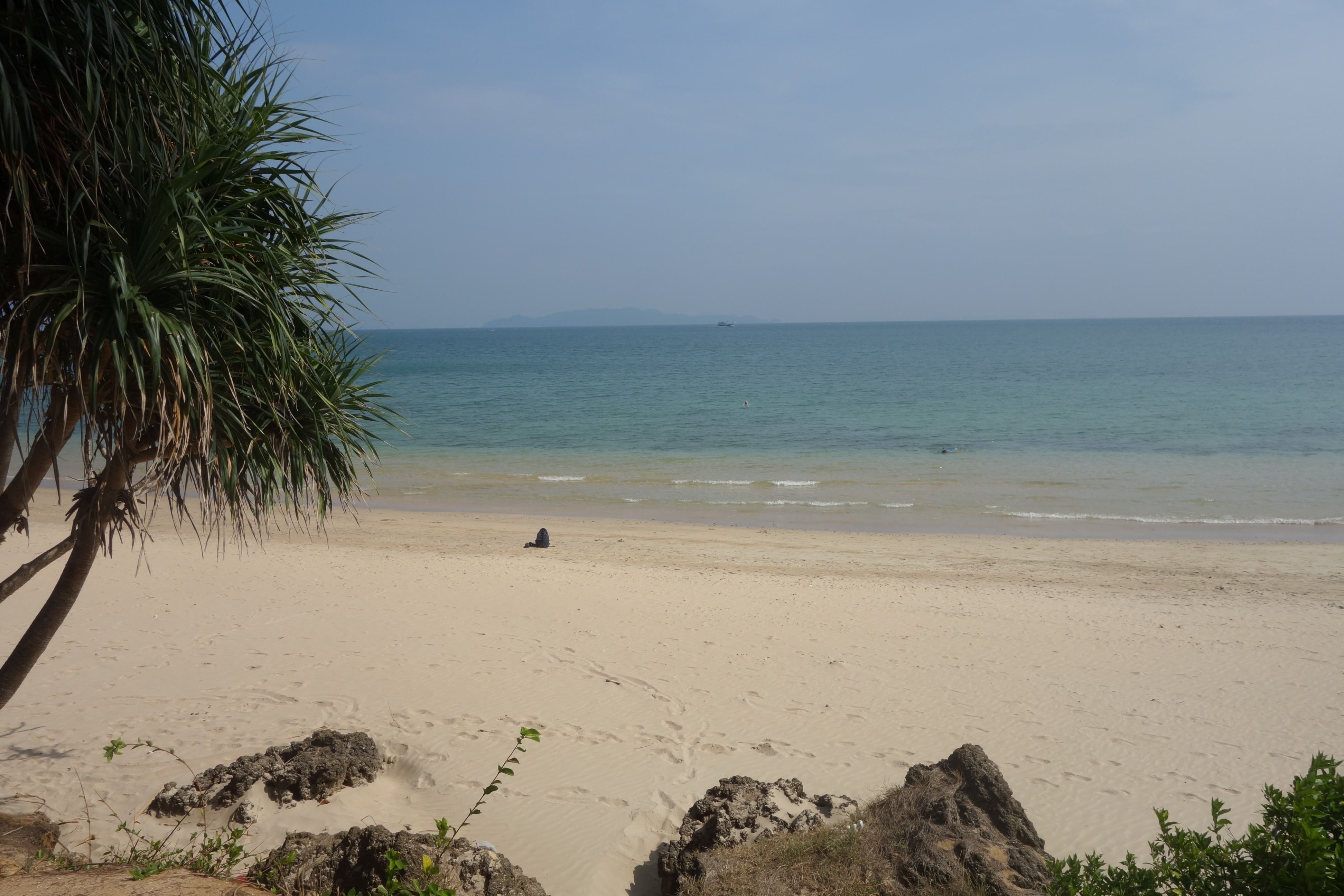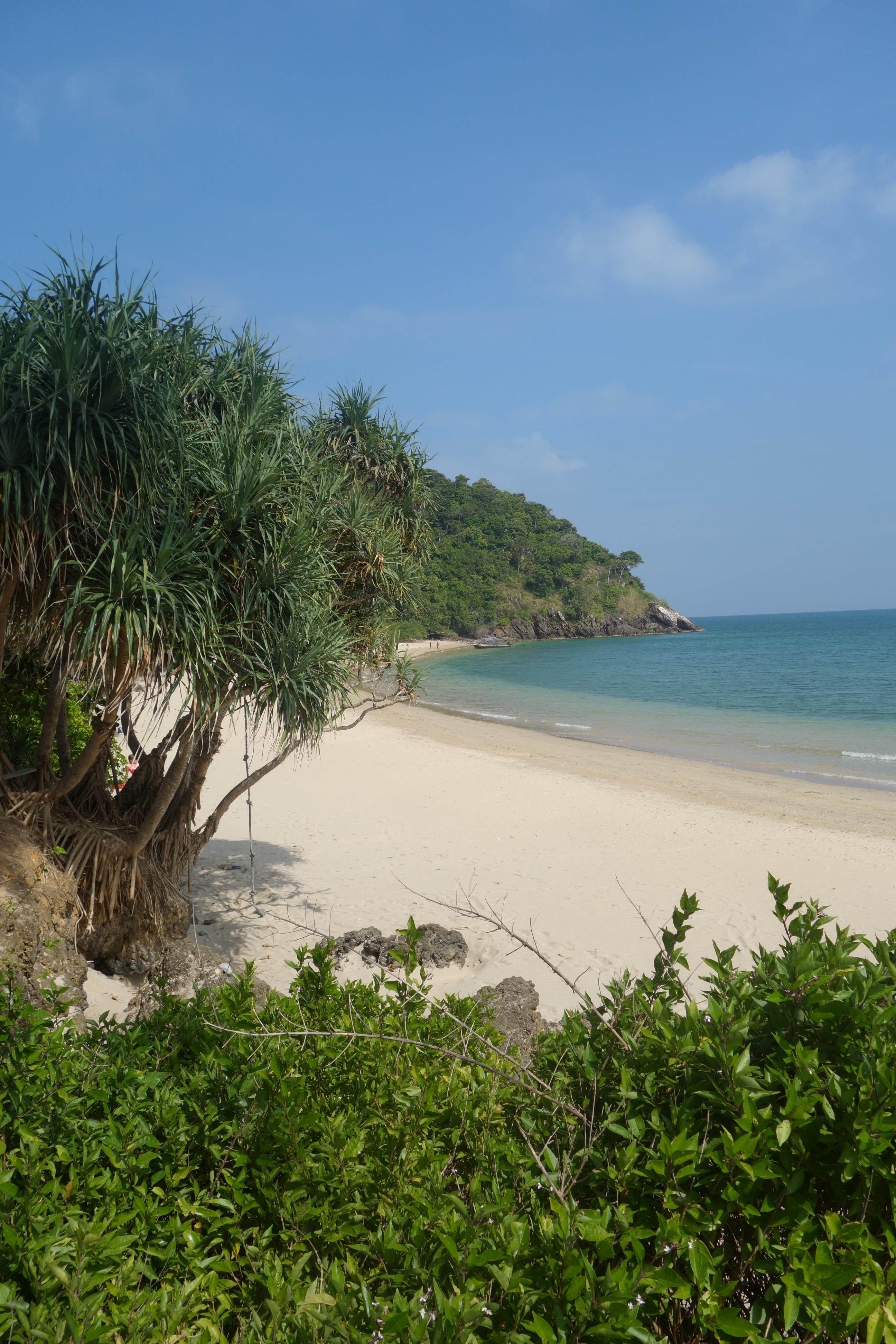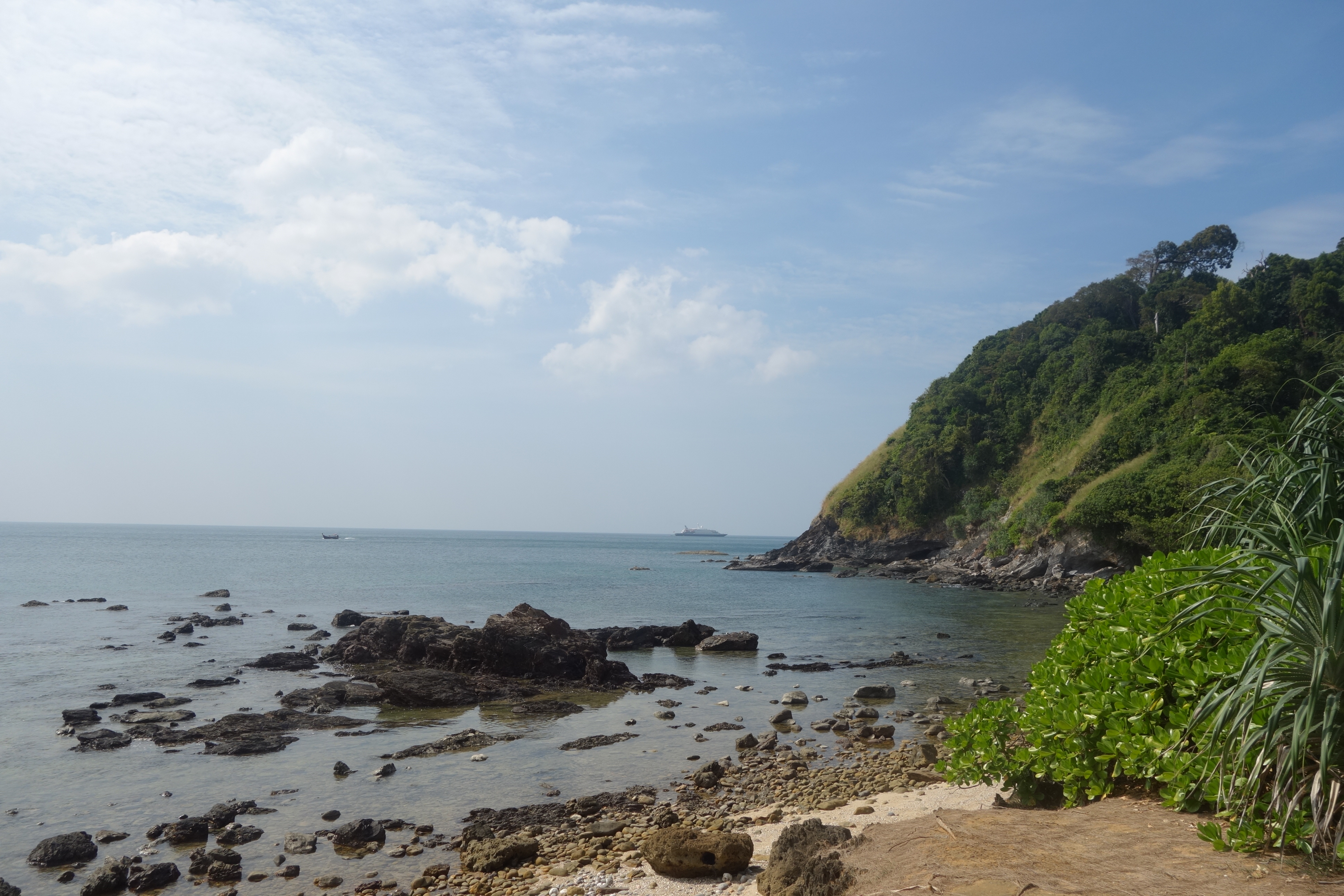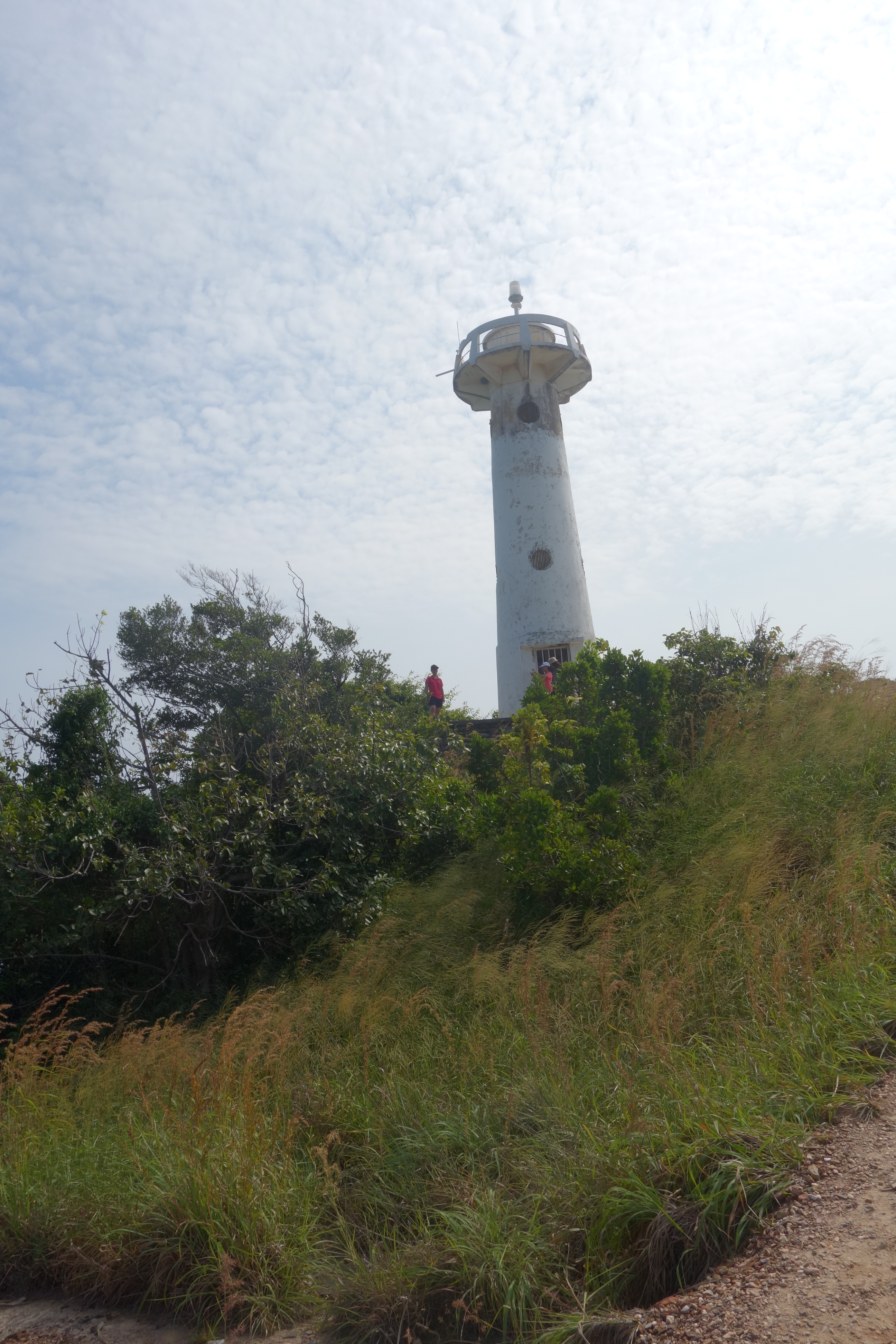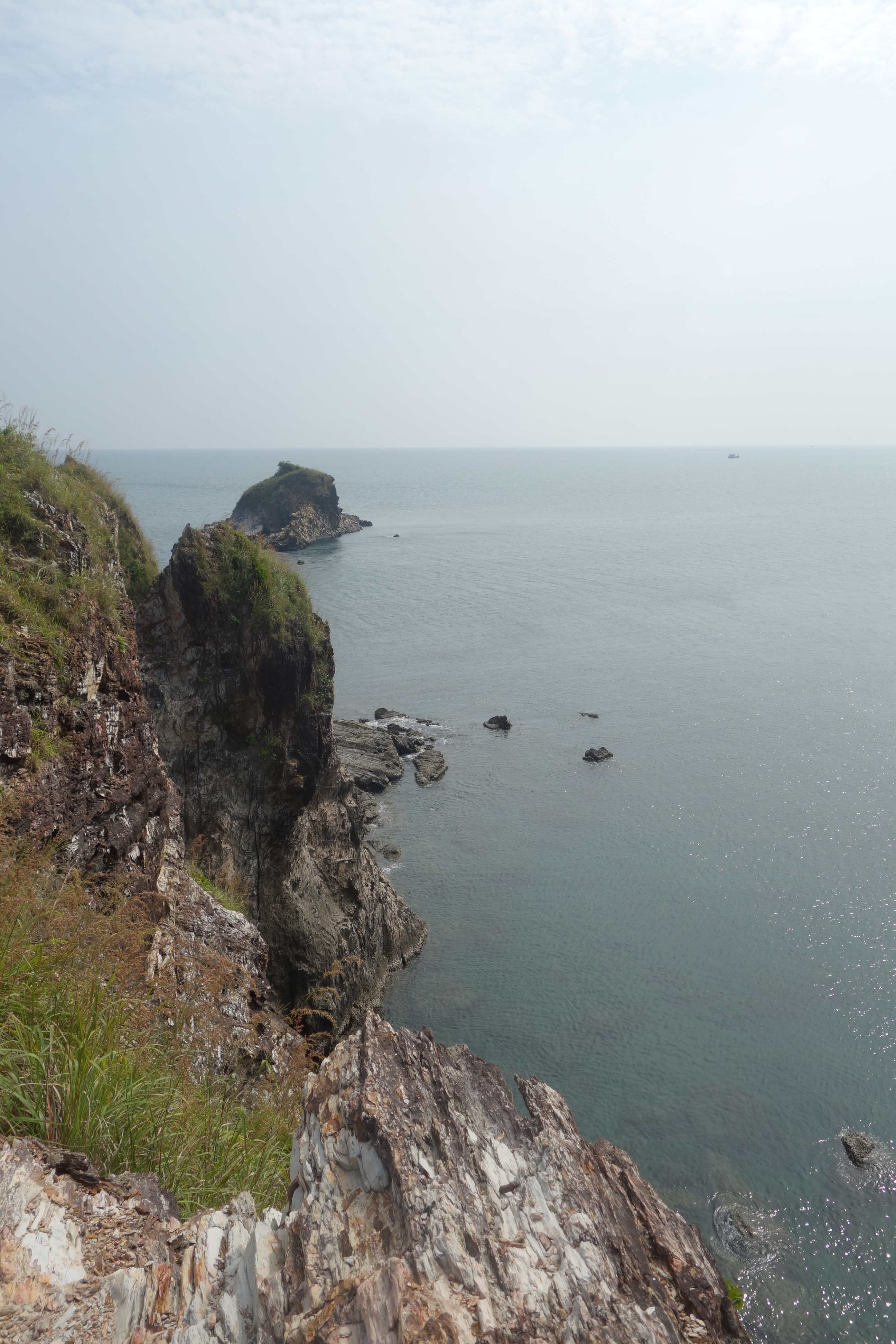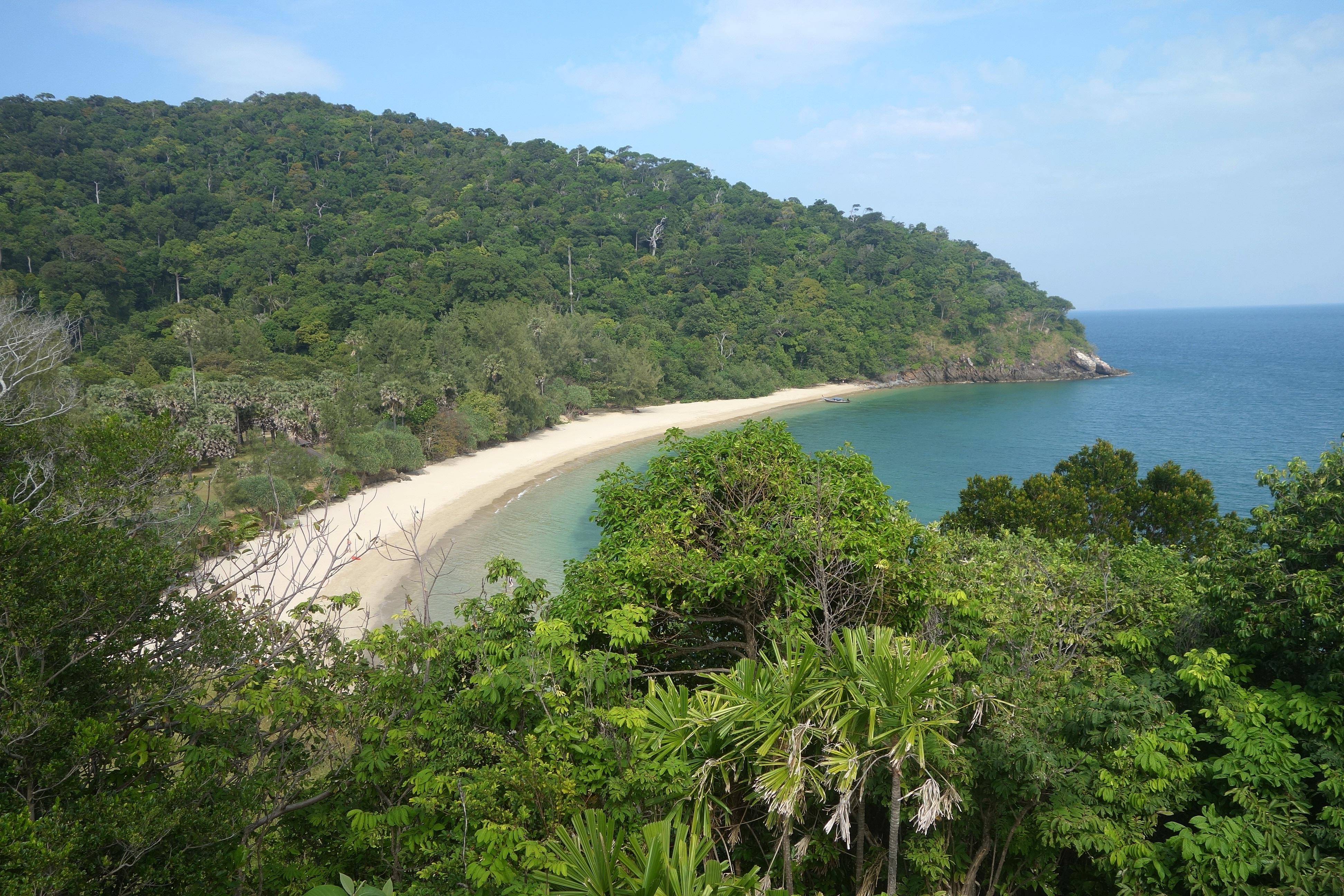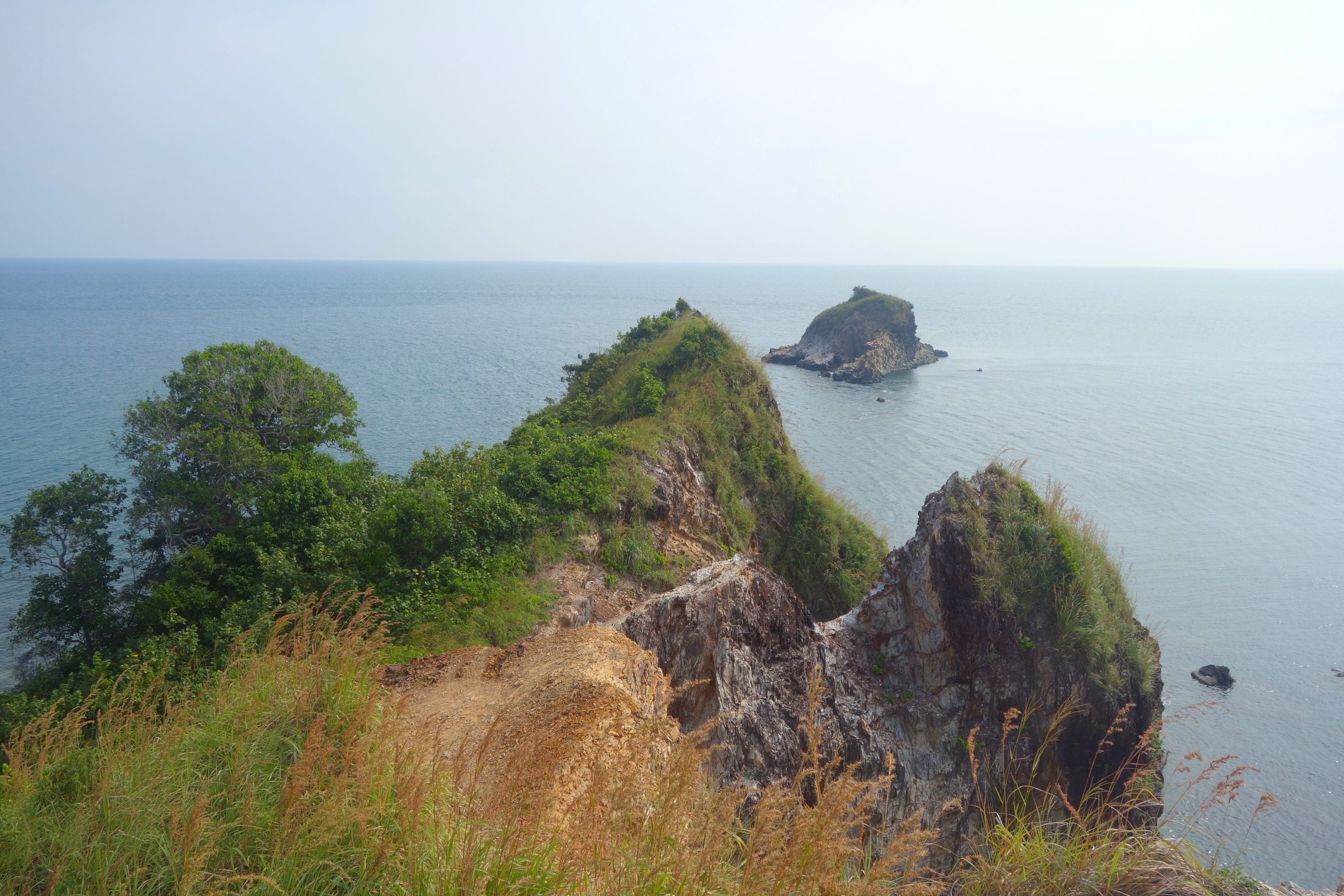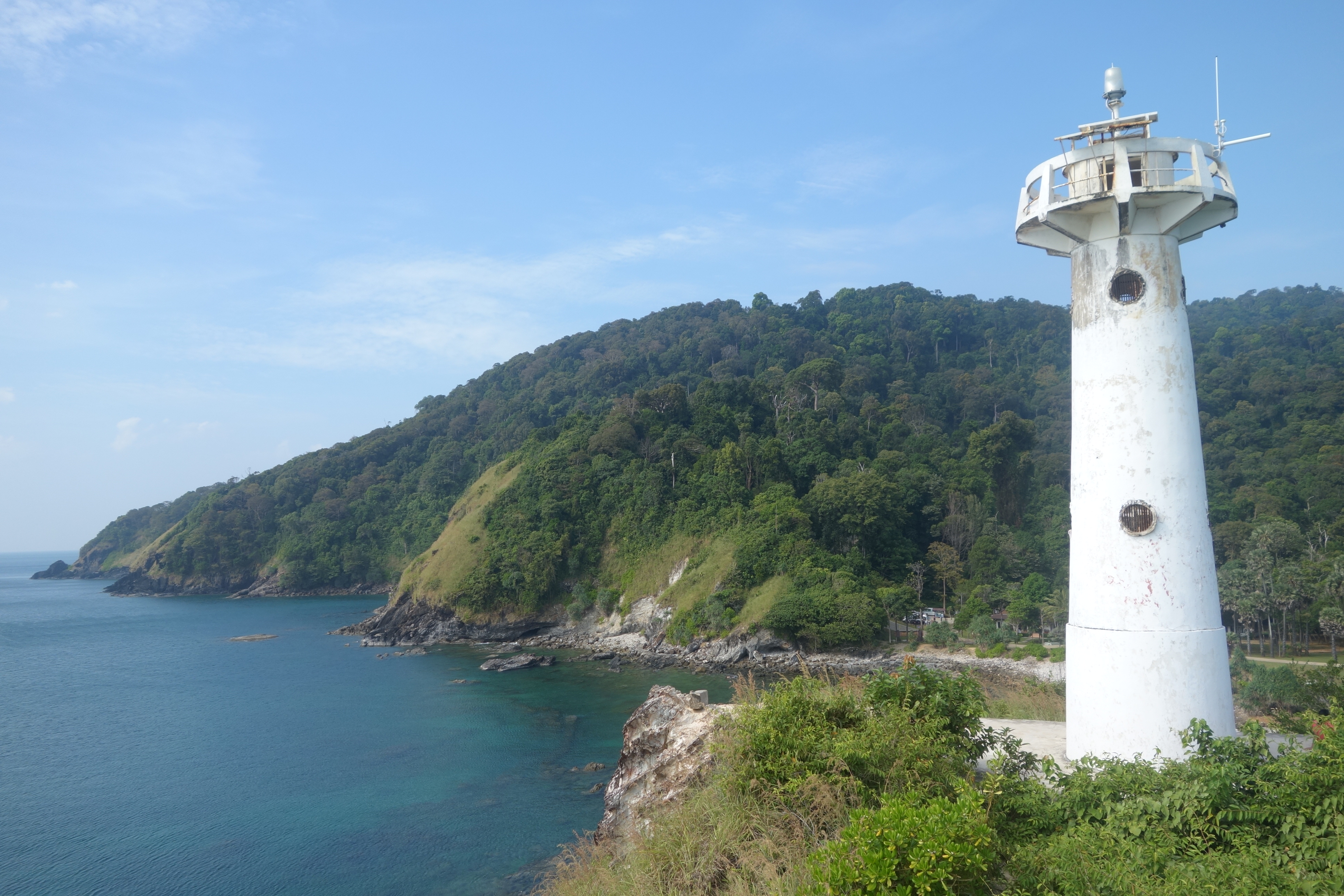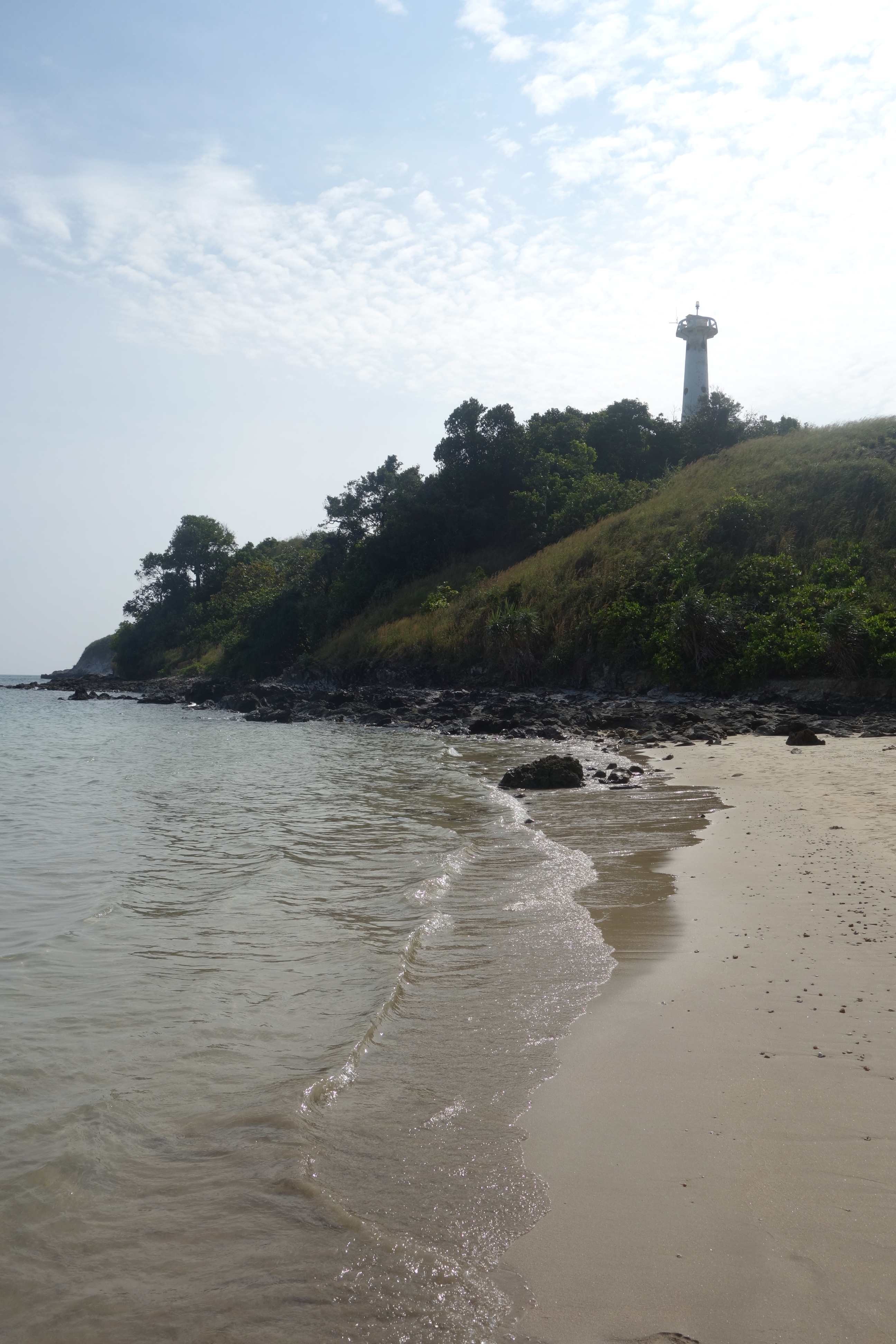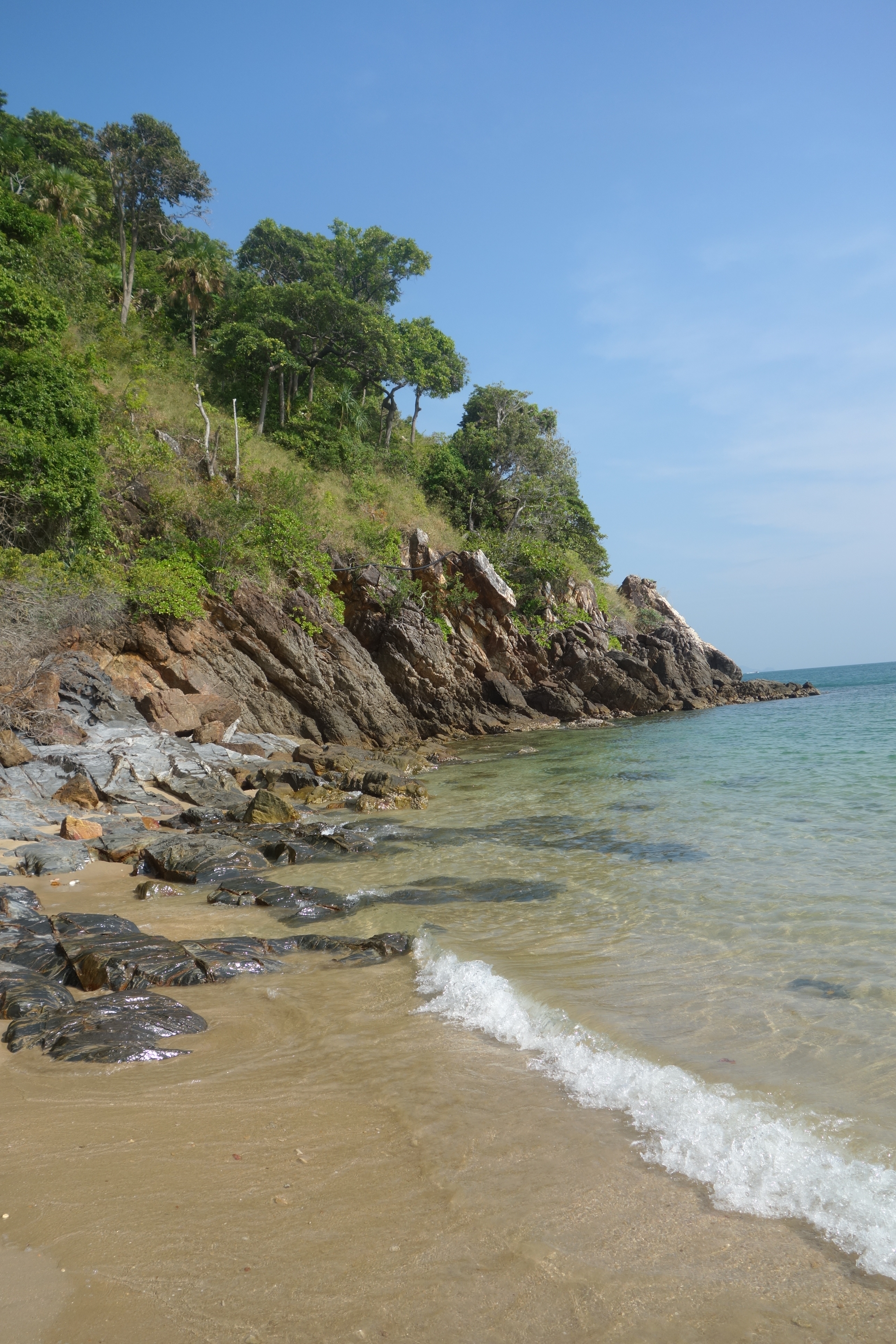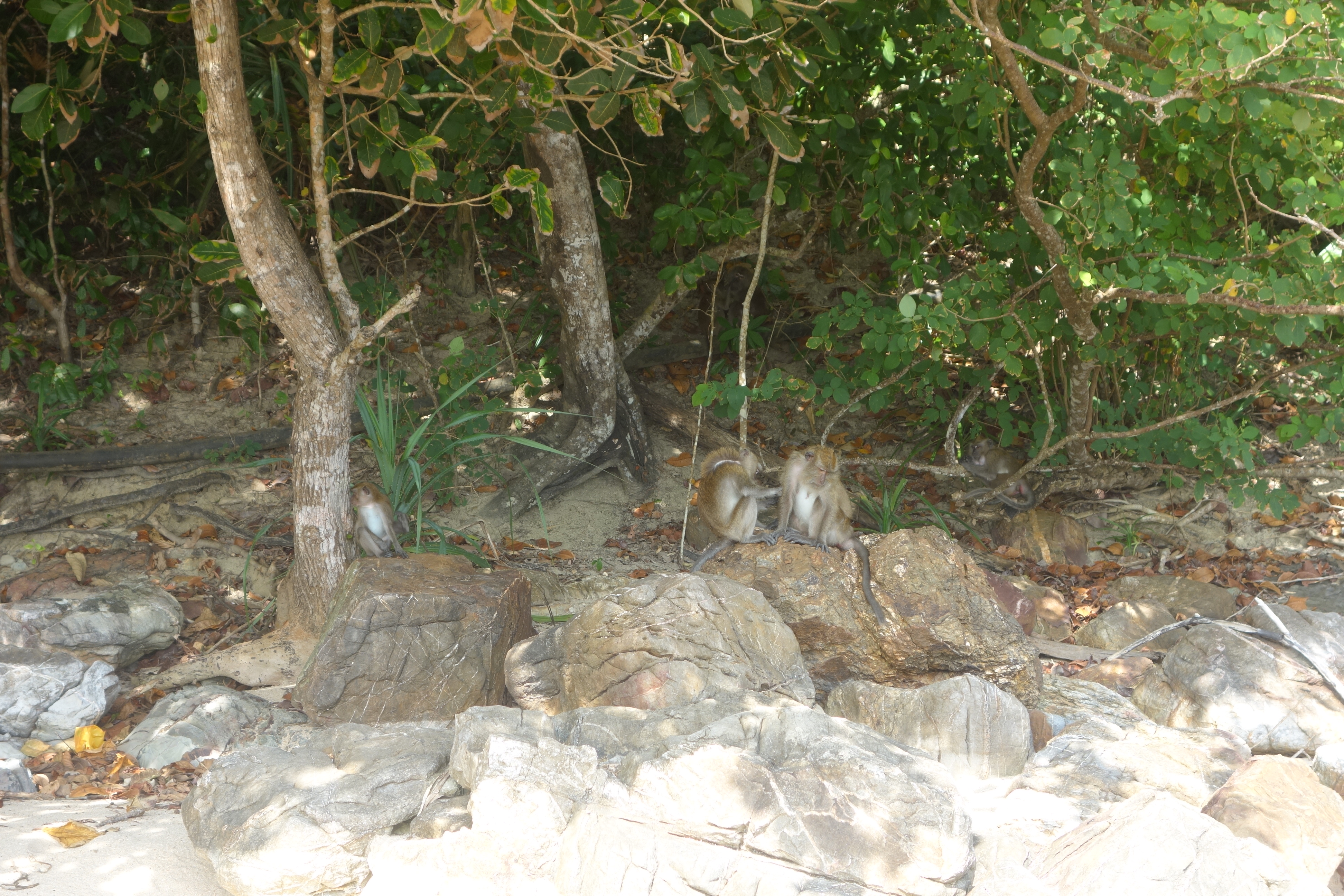Tired of sightseeing, on the fourth day of our stay on the island we signed up for a cooking class. Ko Lanta has a restaurant/cooking school, called “Time For Lime“, widely known in narrow circles, and offering not only exceptionally tasty dishes and cocktails on the menu, but also the possibility of learning to cook them yourself. A 4-hour course, led by a smiley and almost round Thai girl (never trust a skinny cook – they hardly know what they are doing!), included a small theoretical introduction into the ingredients of Thai cuisine, an intermediate part of cooking four different dishes, and the final bit of consuming the cooked meal. The school, the restaurant, and the course called for nothing but highest praise and admiration – should be a must-do on the list of every visitor to Ko Lanta!
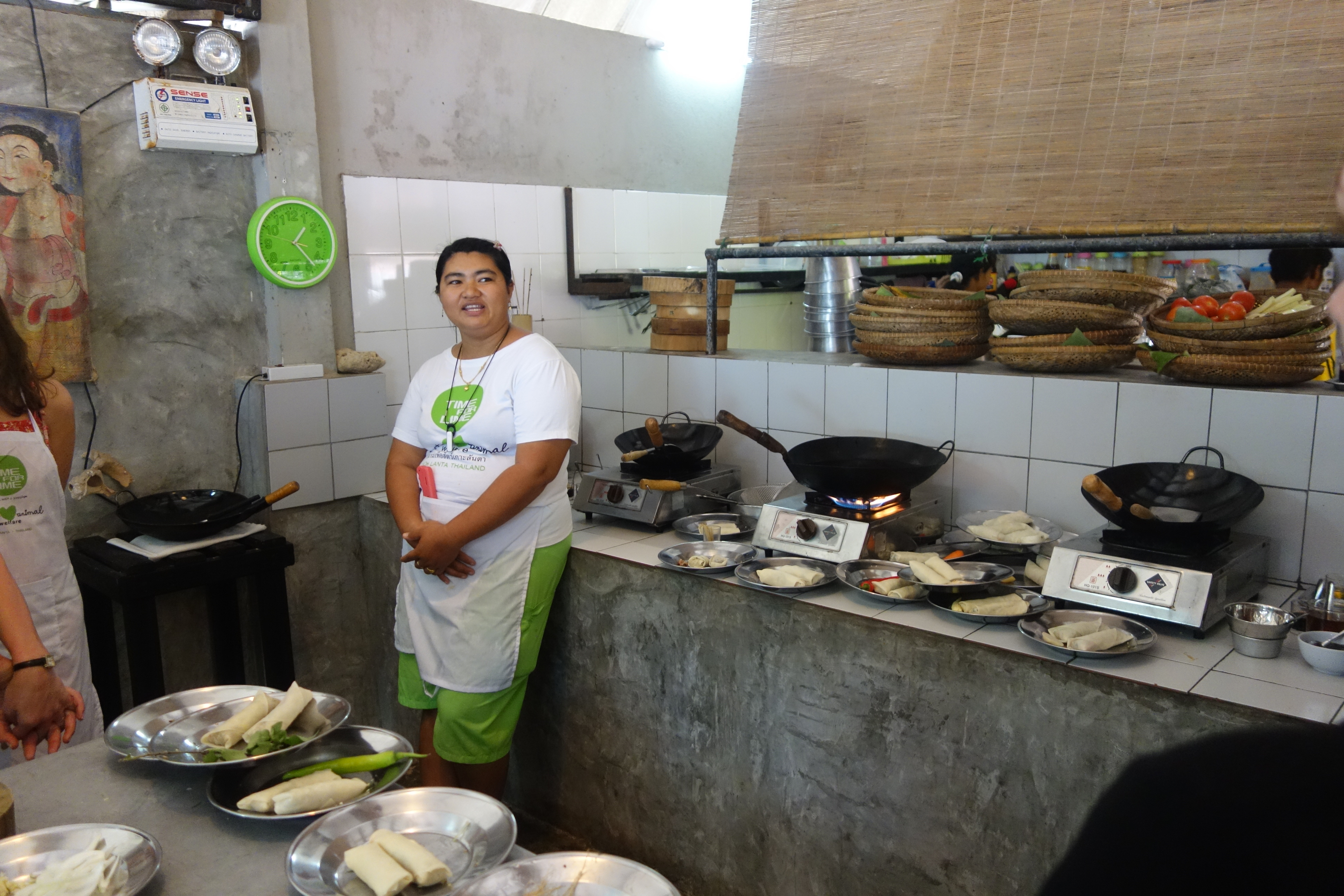
The place is owned and managed by a Norwegian lady with an American passport and a Hungarian name, who settled on the island about twenty years ago. She opened the restaurant, and with time had several huts built around it, expanding the business to a hotel, and later added the cooking school, offering insights into the secrets of Thai cuisine. All profits from the restaurant and the school go to the animal shelter, also opened by the energetic lady. Some of the animals live on premises, thus providing visitors with full-service: great drinks, tasty food, culinary education, accommodation and the possibility to constantly stroke cats, and walk dogs along the beach. Patrons, who get too attached to the stroked or walked residents of the shelter, have a possibility to adopt them and take the new family members back to new homes – the lady helps with all necessary paperwork for feline and canine export.
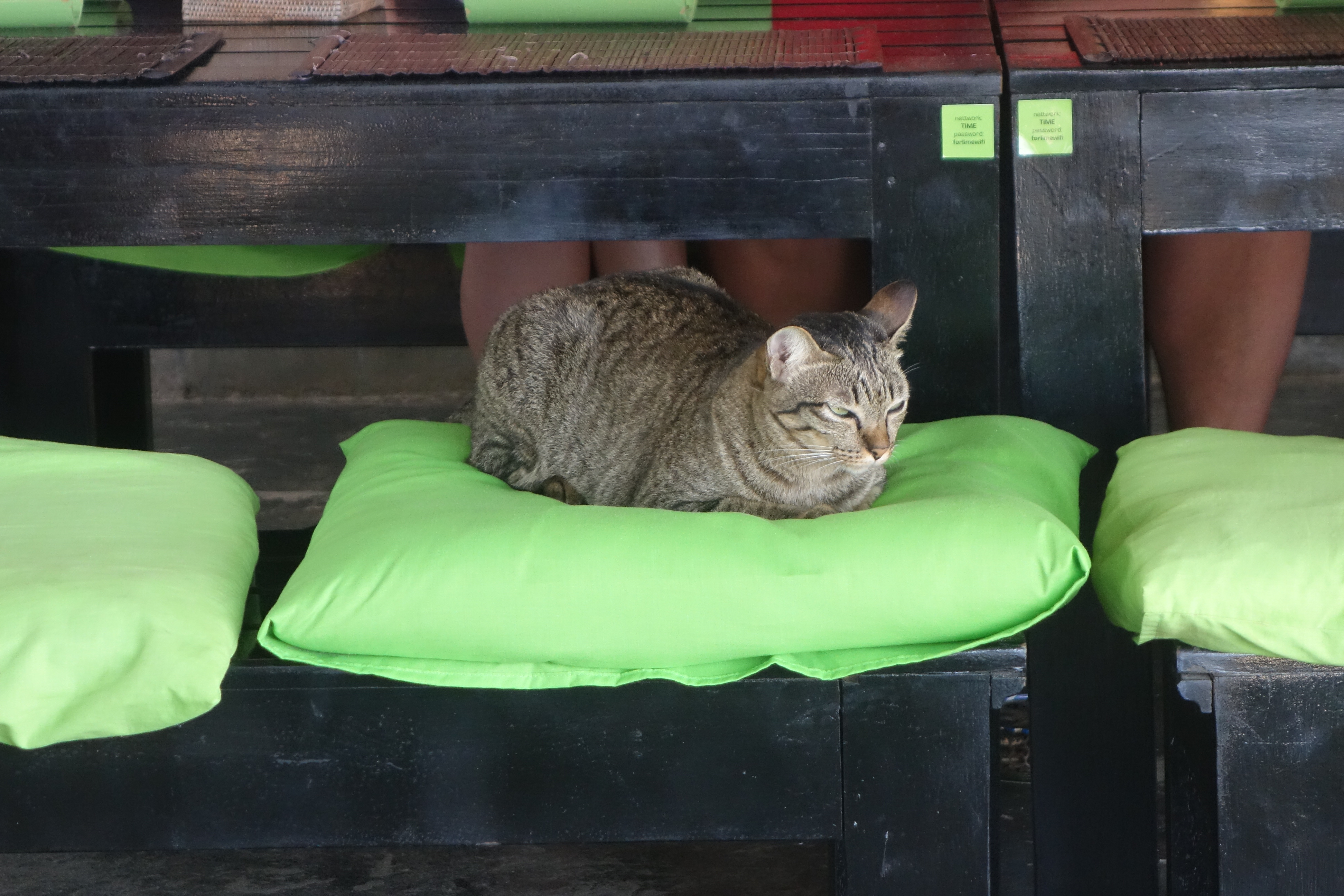
Back to the cooking course. Everything in Thai cuisine is cooked quite fast – there are no day-long simmerings so typical of Indian or Russian foods. The most time- and labor-consuming part is preparation and chopping of the ingredients. The school generously took over the tedious part and prepared most things in advance. We still learned to chop various herbs and roots with huge meat cleavers (the only type of knifes available), which was fun. According to our cheerful teacher, chopping is a waste of time with garlic, ginger and Co – it is easier to “kill” them with the meat cleaver, squashing them almost into a wet spot with the flat side of the knife. Our teacher did this with the speed and elegance surprising for her size, and accompanying the act with a war cry of a samurai doing a hara-kiri.
Another trick is in the timing of when to add what to the dish. There is a strict order to the process, the change of which may make the food bitter, sour, or simply inedible. Some ingredients, like garlic or onion, should be added at the very beginning; ginger and lemongrass go inside in the middle of the process, and lime is usually the last on the list – you squeeze it in only in the very end, after turning off the heat.
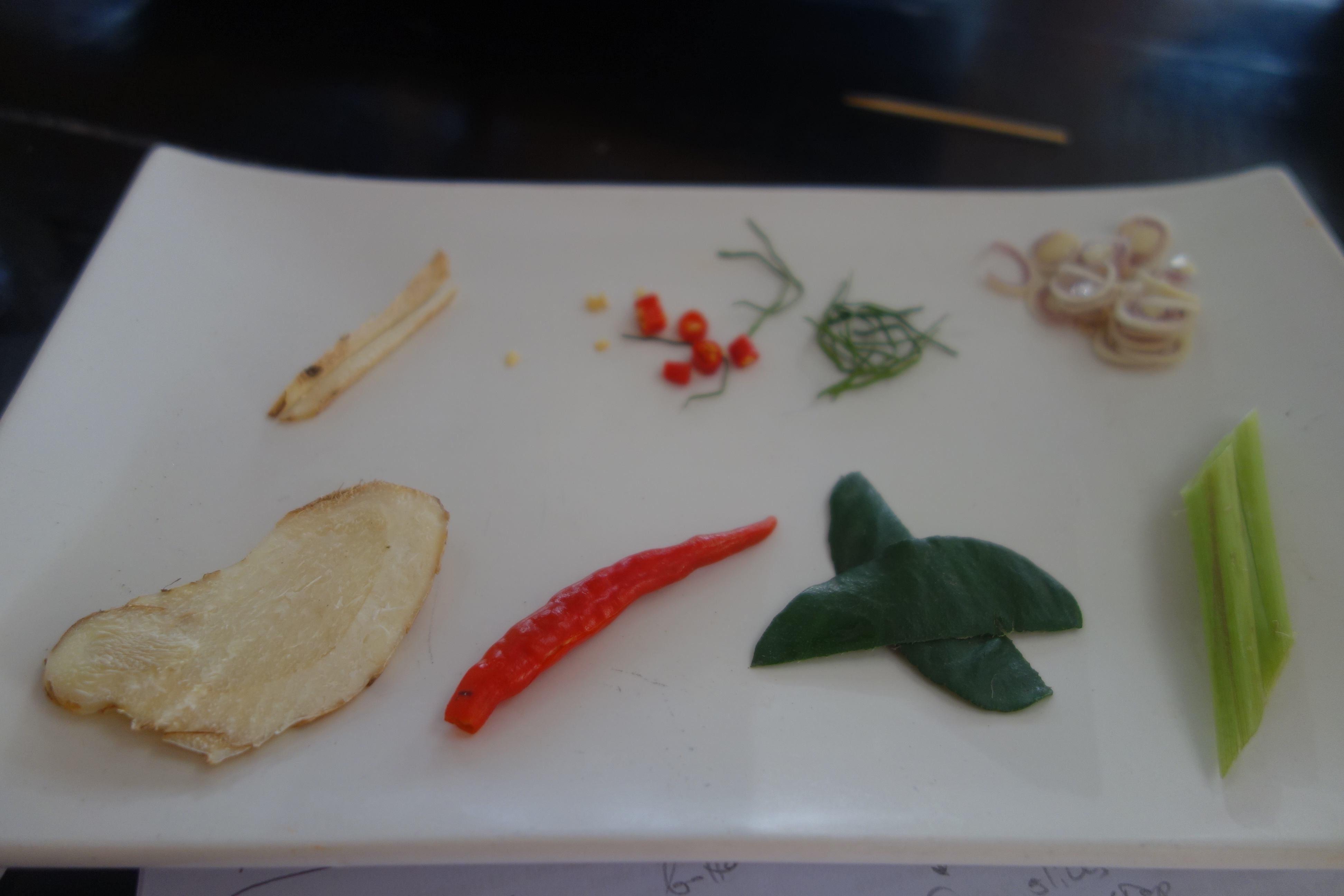
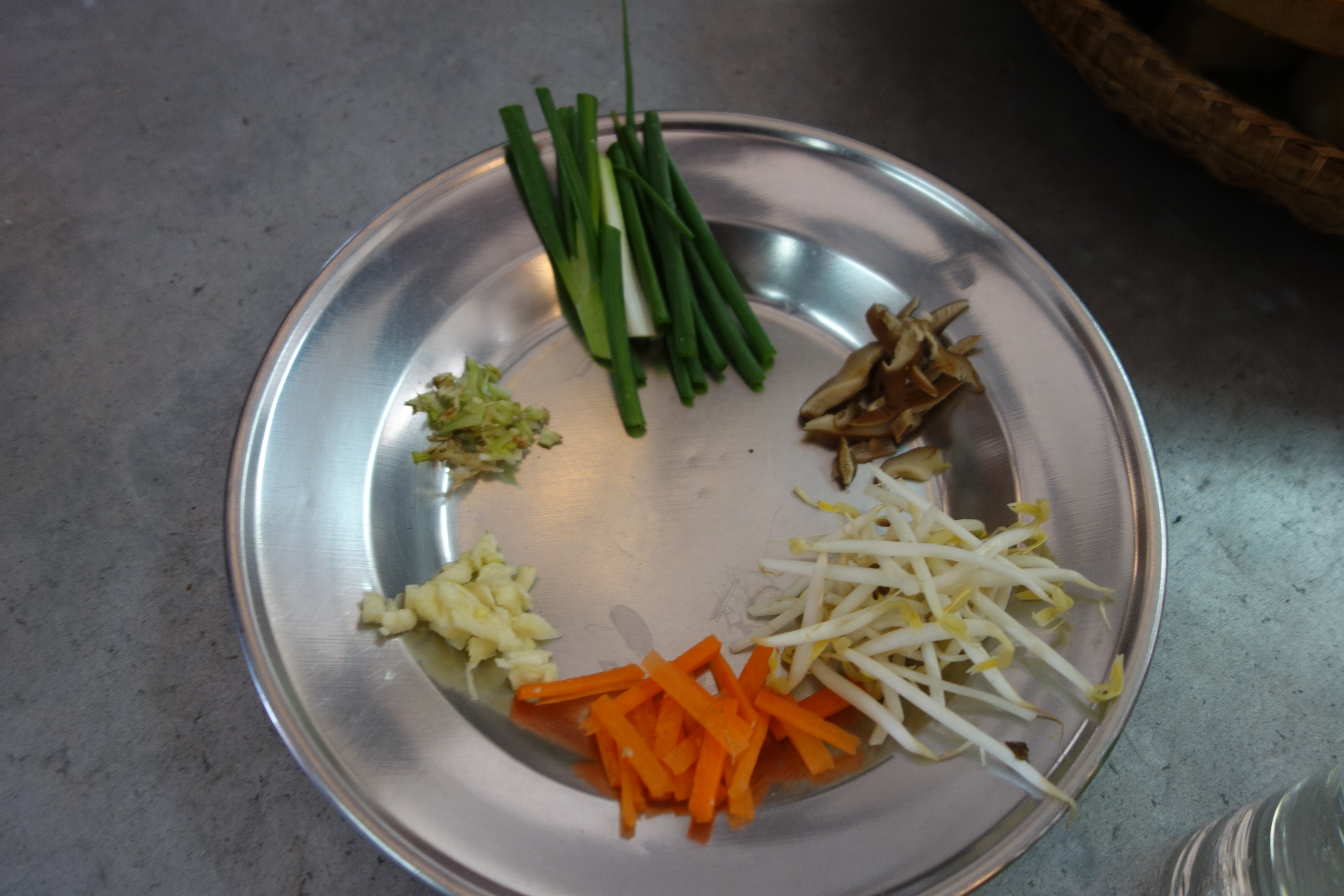
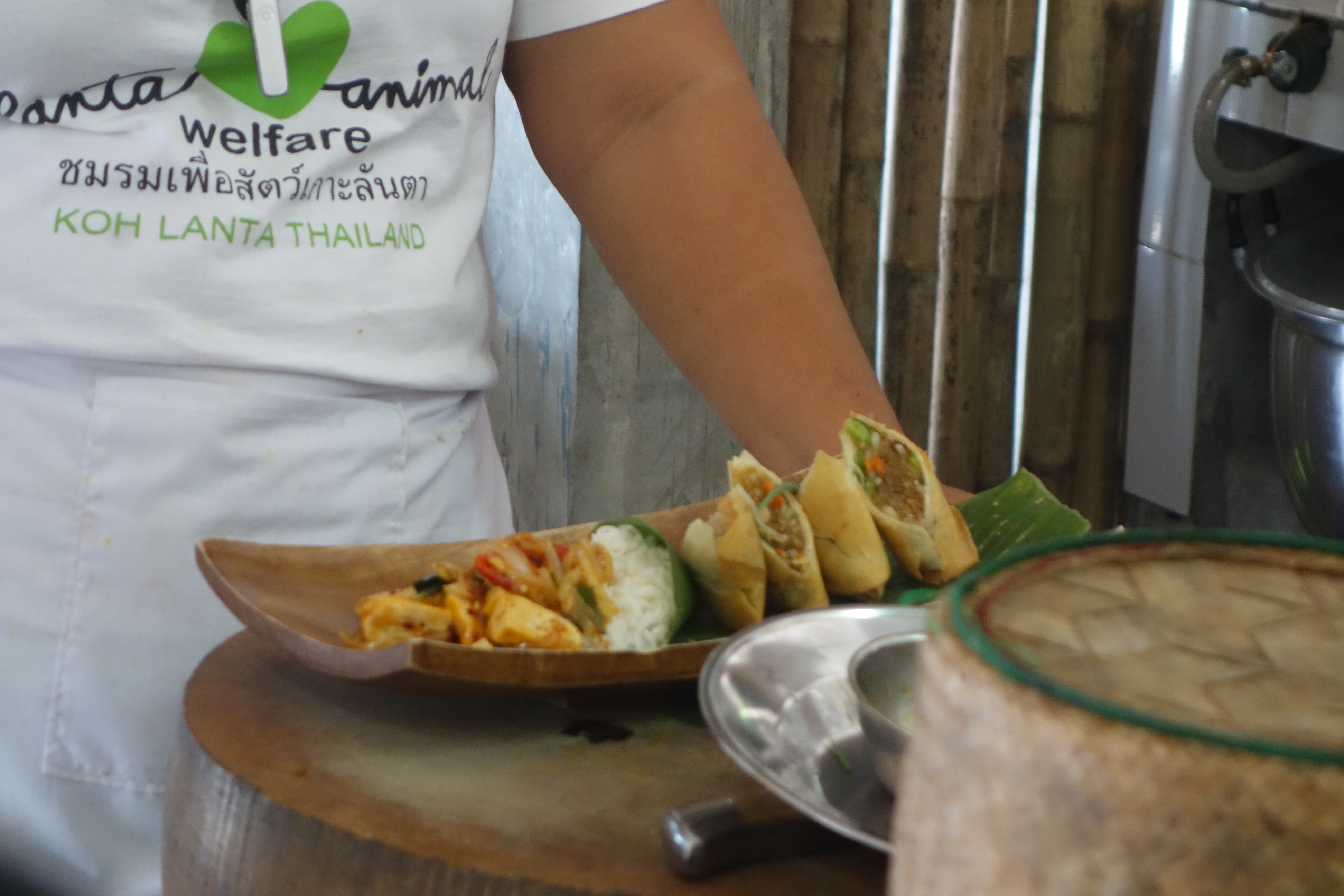
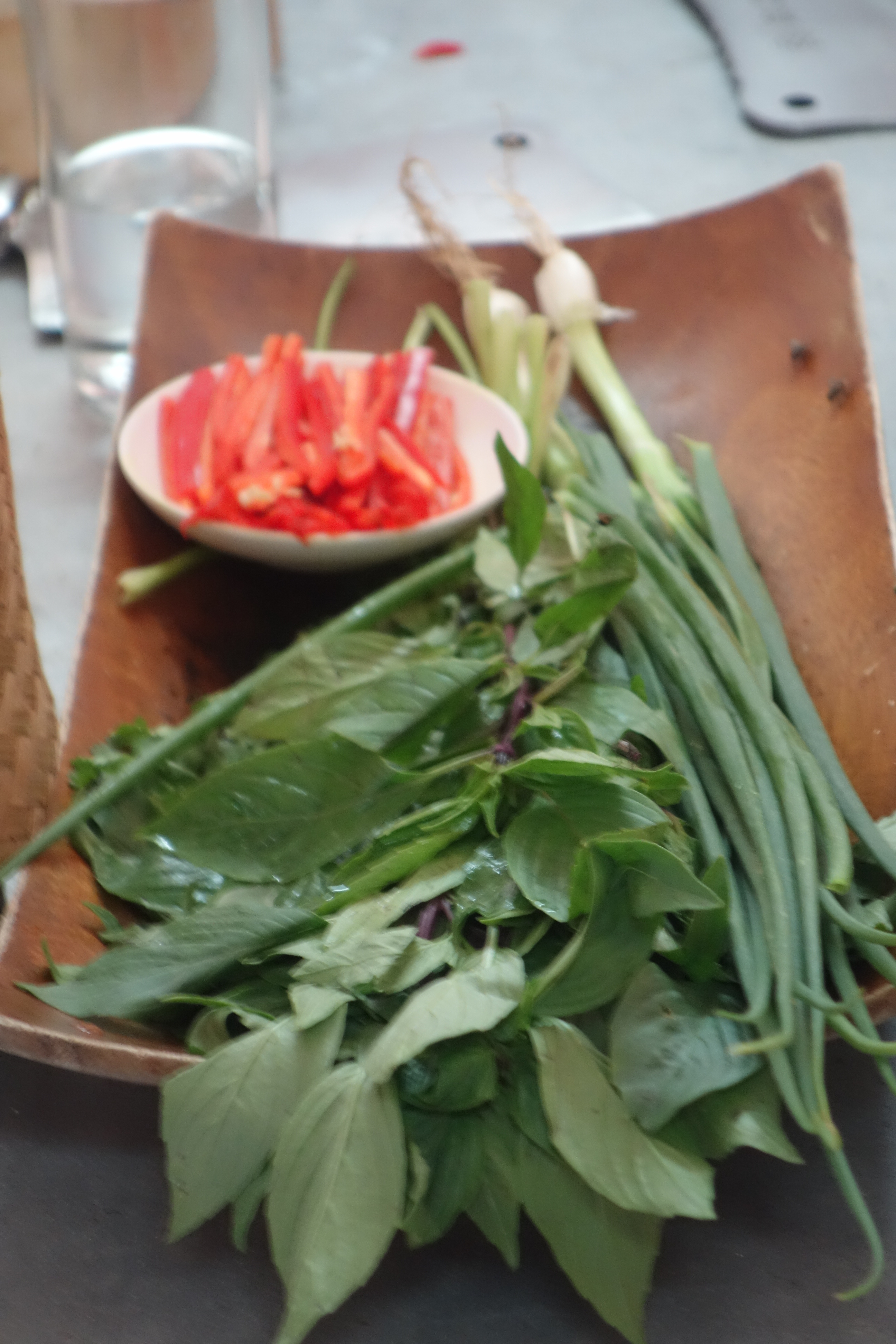
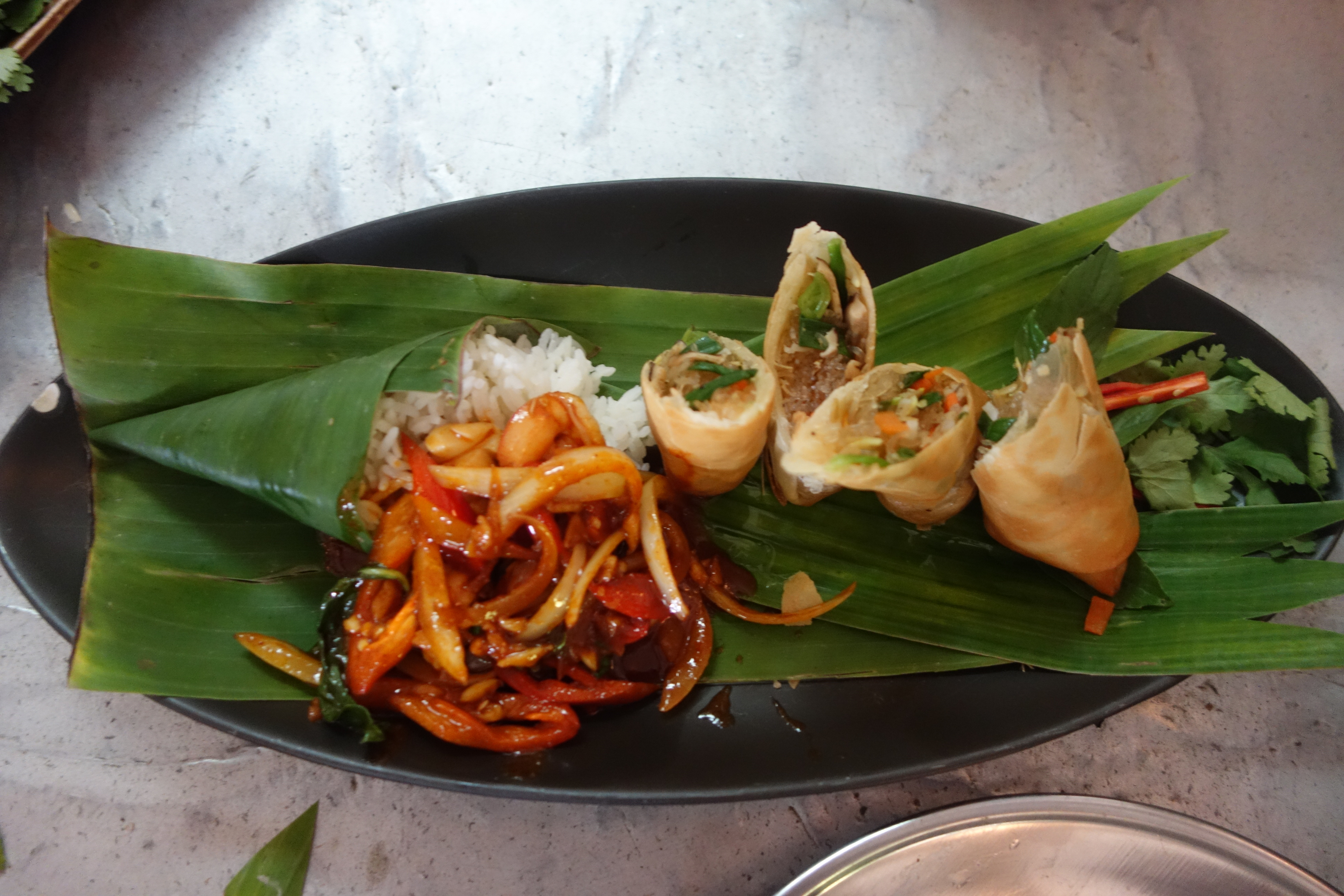
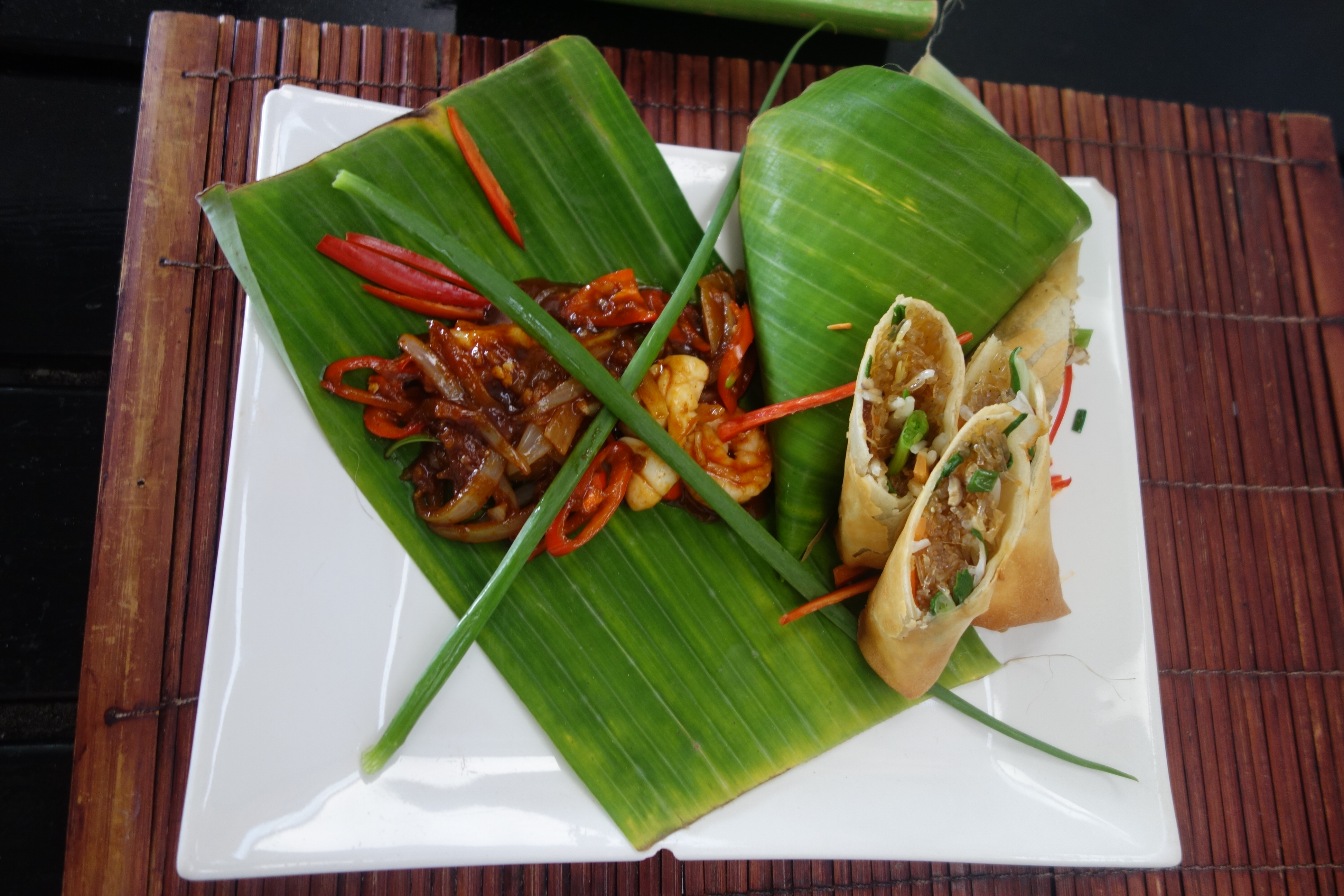
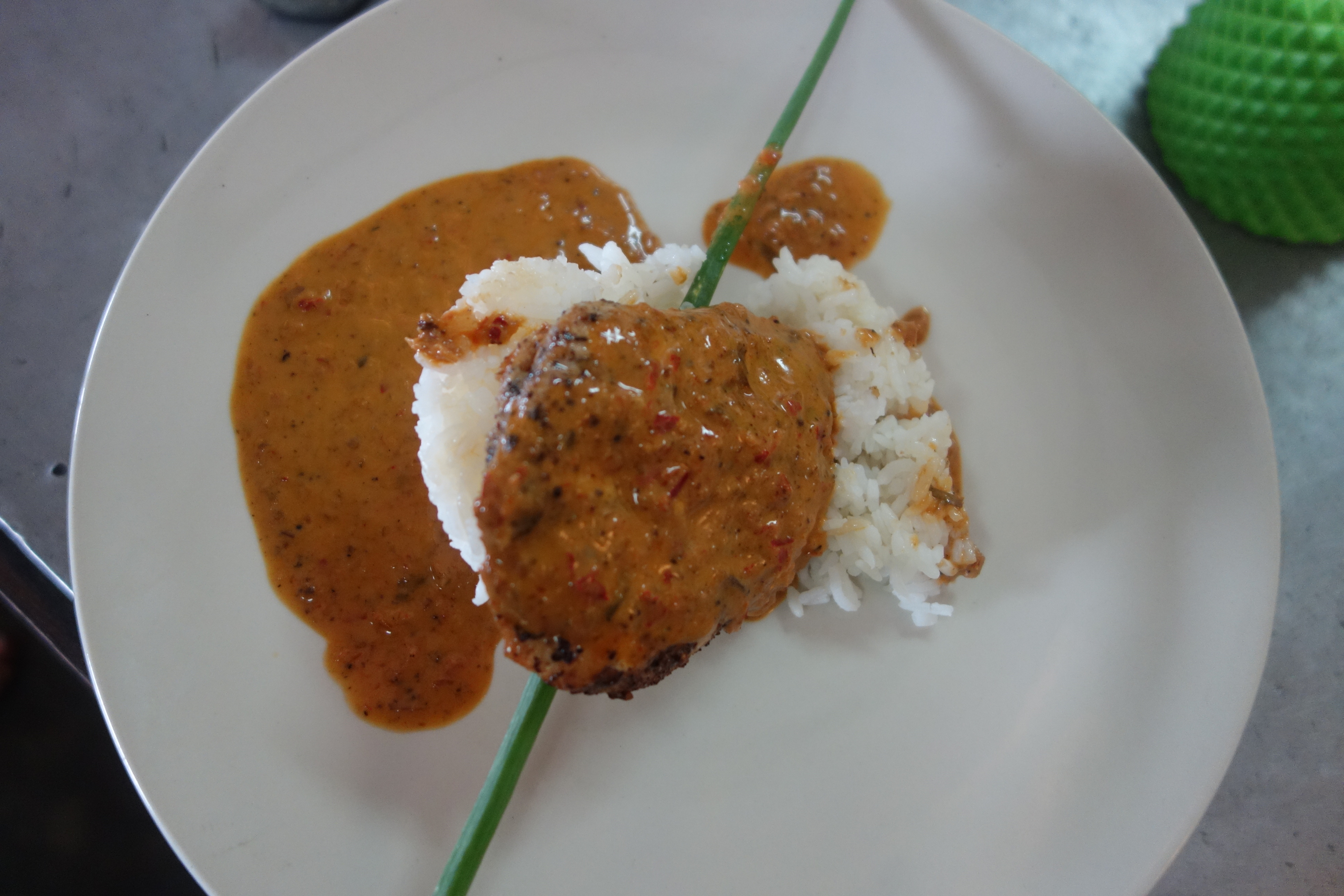
We cooked to our heart’s content, and having consumed the prepared dishes, to our own surprise got drunk in the school/restaurant’s bar with a couple we met during the course. The girl was from Moscow, the guy from Copenhagen, and they were in Thailand on their honeymoon. The poor Danish guy still looked shell shocked from the happiness that suddenly fell upon him, and the girl turned out to be quite OK despite being from Moscow (don’t ask – there’s a long-standing rivalry between my home-town of St. Petersburg and the capital of the country). Could not really hold her liquor, though… But it was the Danish guy who gave up first and left the beach bar almost on all fours, hugging palm trees on the way. In the process of getting drunk we decided to be smart and moved the party to a bar next door to our hut, figuring it would be easier to find our way back to bed from there.
The beach bar was famous for their strawberry daiquiris, and I enthusiastically drank five or six bright red drinks half a liter each, keeping surprisingly steady on my feet. The reason was probably good training of the previous night, when the same daiquiris were consumed in the company of South African kids of 20-something years old. The kids were obviously brought up on a strict alcoholic diet, for even after we retired to bed at around two in the morning, they continued to party in the bar, making the latter at least a week’s profits. Watch and learn, Denmark, watch and learn!…
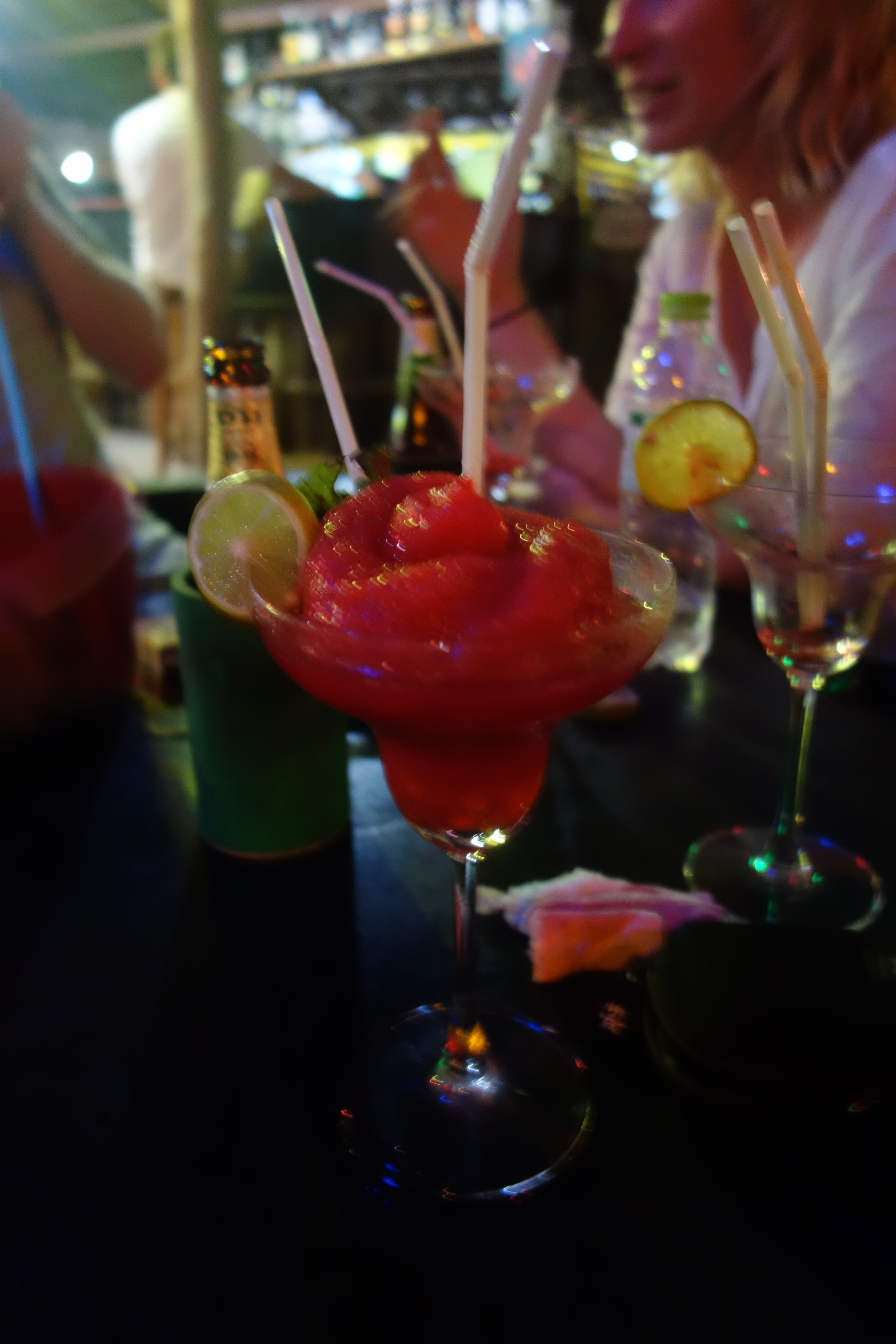
After four days and a couple of party nights, it was time to move on. Since we were not too sure about the exact point of our next destination, we decided to reach the mainland (for a change, not Krabi, but a neighboring port town of Aonang, that attracted us solely by the name), and make further plans from there. The options were numerous – islands in the North, islands in the South, as well as the mainland coast, sprouting a record number of beaches. Following a familiar route on a pile of suitcases on board of a ferry for a handy price of 400 local monetary units, we arrived in Aonang. After about fifteen minutes on site, mainland was crossed off the list of options for our further route. Swarms of tourists filled every street and every alley of this port town, making us literally elbow our way through. We also could not help but notice one common hobby, popular among the Japanese girls, and the European blondes, who walked around in packs, stopping suddenly in the most narrow part of the sidewalk, dreamily staring into the skies. After a twentieth pack that we had to avoid by jumping over the food cart, we started suspecting this was an epidemic.
Following our travel philosophy, we did not book any accommodation in Aonang, and I parked myself with the luggage in a Starbucks near a McDonald’s (hello, civilization!) and after a half-an-hour search of the area, we moved into the “Taliban Mama” hotel across the road. This was not the official name of the place called Nong Eed House, but they definitely should think about renaming the business… A gloomy-looking woman dressed in black presided over the Reception desk, contemplating the outside world with obvious disgust through the narrow gash in her burka. Our faces did not inspire her for one moment, but she did take a personal offence in our desire to book her oasis for only one night, and not several weeks in a row. Overall, we were not very much impressed with local hospitality, and would have gladly fucked off as far from the “Taliban Mama” as possible, but regretfully, she seemed to have the only free room in the area. We figured that one night wouldn’t break the bank, and signed the register.
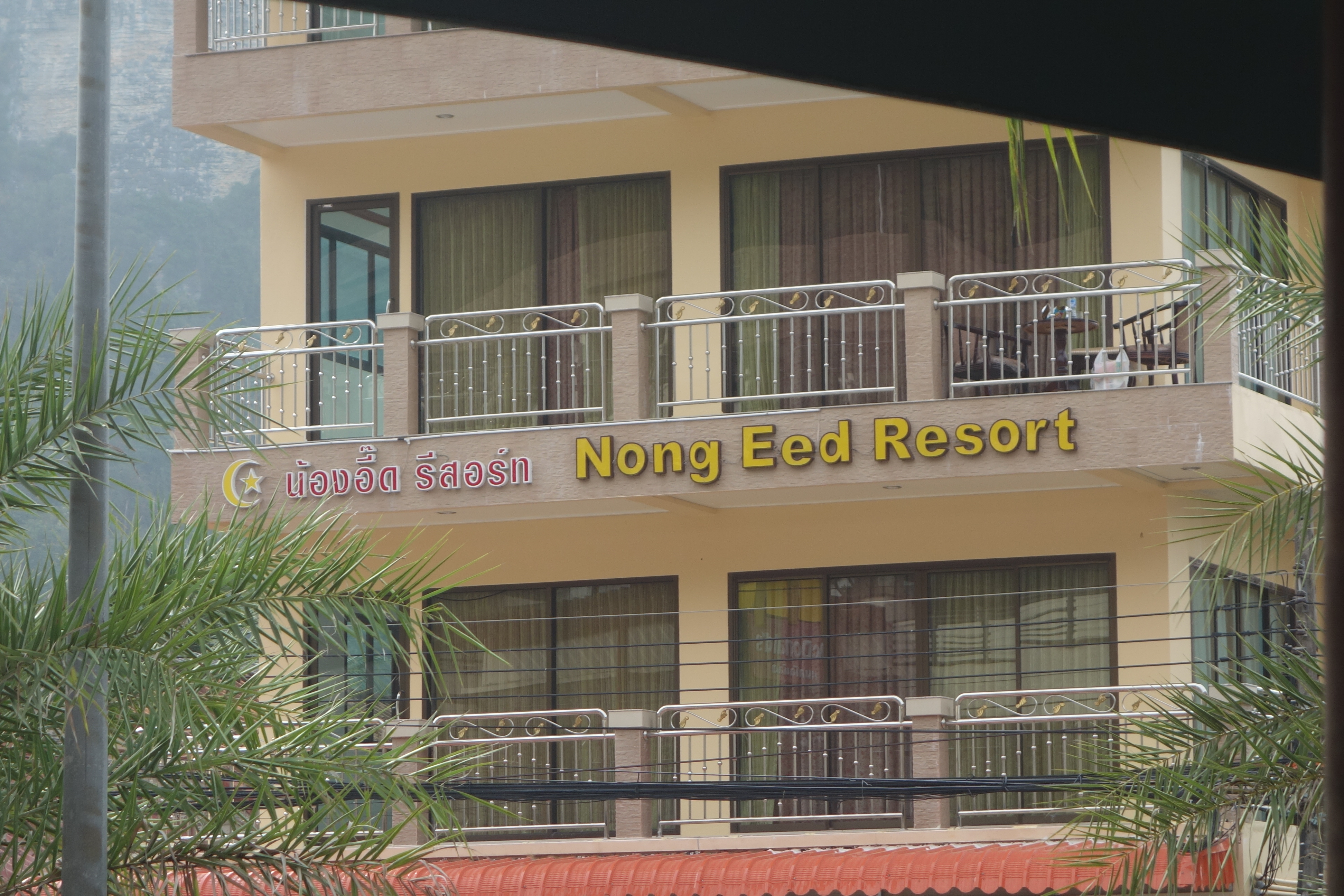
Being predominantly a Buddhist country, Thailand is quite tolerant towards other religions. In general, we found tolerance, friendliness and an overall lack of any aggression to be the characteristic traits of Buddhism. At the same time, the ultimate majorly of countries sharing Borders with Thailand are Muslim. Migrants from Malaysia et cetera have happily settled on friendly Thai territory, many somehow forgetting to adopt local friendliness and cheerfulness. We visited several Muslim areas, and the contrast was quite stark – no smiles, no laughter, only surly caution towards strangers, and generally unhappy predispositions. These areas were not poorer or wealthier than the rest of the purely Thai-Buddhist ones in the country, so the reasons were obviously not economic – just a different attitude towards life…
One of the local must-visit sights, advertised in every guide-book was the “Seafood Street”. It stretched along the bay, and was filled with restaurants offering a wide assortment of fish, sea- and shell food, that they were eager to grill, boil, broil, steam and cook in soups. Having walked up and down the street, admiring the variety and abundance of sea creatures on offer, we settled on a lobster and a crab. Both were fished out of the tank right in front of us, thrown on the scales to assess the damage in weight, and taken into the kitchen. The lobster was OK, but the crab, despite its respectable size and weight, was nothing to write home about. It was boiled whole and thrown onto the plate, after which the guests were offered to deal with it according to their skills and wishes. With the application of all the skills we had, it took us 40 min to dissect the crab and realize that the edible parts (most of which had to be fished out of the crab’s tiny legs with a needle) fitted into a tea spoon. This exercise was definitely not for the faint-hearted, or hungry… We had to throw a bowl of noodles on top of the crab, in order not to leave the restaurant with completely empty stomachs.
Despite the hordes of tourists, “Taliban Mama” and inedible crab, Aonang managed to leave very positive impressions. Purely by chance, and definitely as a big surprise to itself. Disappointed with the crab, we decided to sweeten the evening with some alcohol (obviously, the two previous nights did not teach us anything…), and turned into a suspiciously-looking dark alley, with tempting blinking lights and diverse music, coming from its depths. The alley was lined with bars of varied types, musical styles and levels of cheesiness, each decorated with a group of Thai girls, inviting the passers by to land in their particular joint. In the end, the choice we made was not based on the girls, or even the music, but on the clientele. Having scouted the street and avoided at least a dozen invitations for a “happy time” from the girls, we landed at a table in the Mushroom Bar next to a couple of rough-looking men in cuts, covered in tattoos. Being a connoisseur of the “Sons of Anarchy“, and having had the honor of visiting a real ten-percenter club in North Carolina the year before, I quickly recognized the men (despite their European looks) to be the vice-president and sergeant in arms of a Thai motorcycle club. Both felt absolutely at ease in the bar, and each had at least a dozen local girls (obviously combining many different roles) wrapped around them. Upon closer inspection, the bar turned out to be the resident drinking place of the club, and we were the only outsiders on premises.
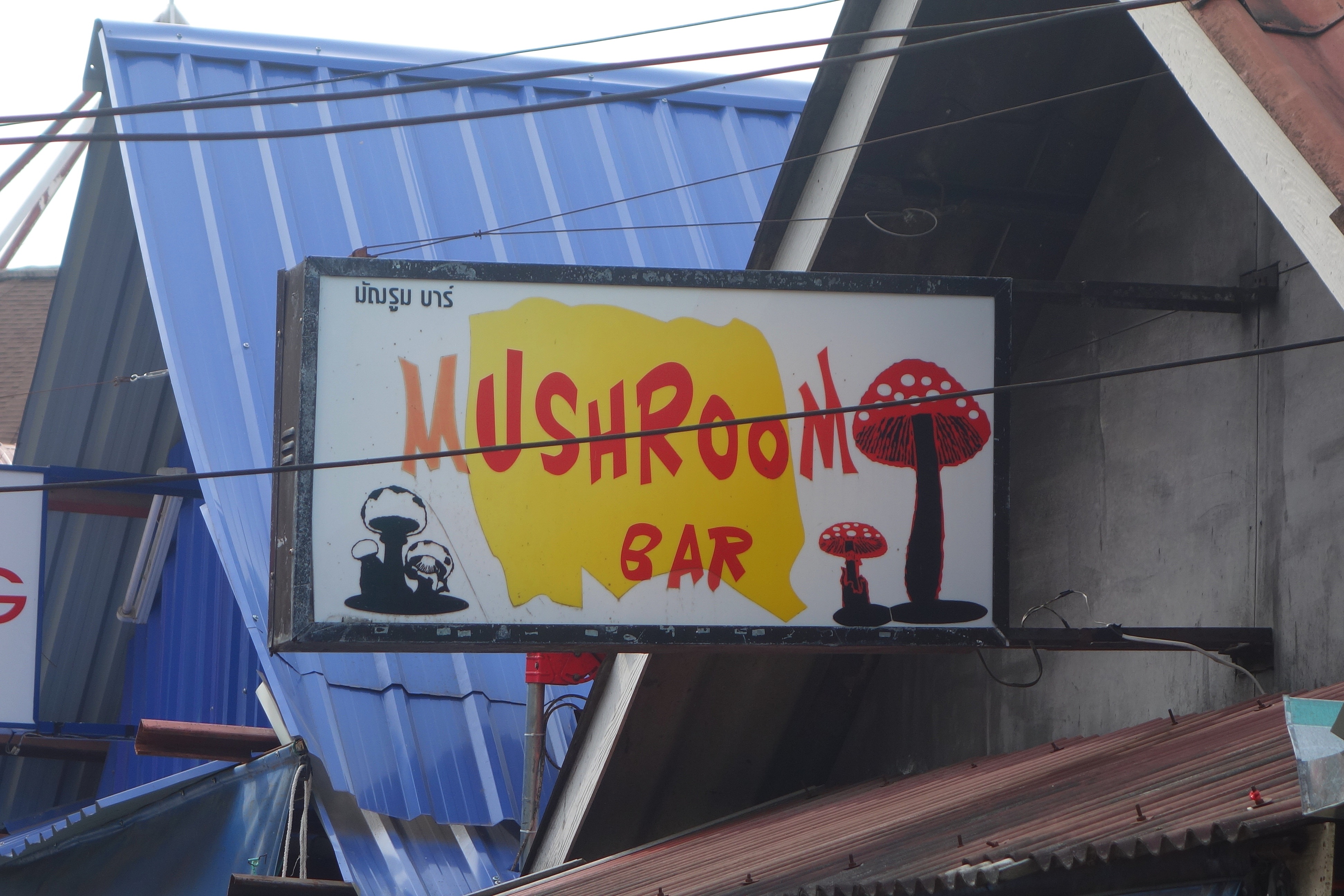
In stark contrast to “Taliban Mama”, the bikers welcomed us with open arms, and in about ten minutes upon arrival, we were best friends with the vice-president (who turned out to be the proud son of the Scottish highlands) and the sergeant in arms, connected with him by close family ties. Learning that I also have a bike, sonny brought his over, and parked in the middle of the alley to show off. I was even offered to sit on it and ride it around the block – an unusual and special privilege for people from the street. As often is the case, in spite of rough looks, the bikers turned out to be the kindest and friendliest of people, and we spent half the night with them, swapping life stories. Midway through the evening, we realized that the 30th of December, and my very personal birthday was about to start quite soon. The vice-president impressed the public (and by the looks of it surprised himself) by ordering a mini birthday cake with a candle for me five minutes before midnight, and making the bar sing “Happy Birthday!” Girls from the neighboring joints joined into the chorus, and attempted to dance traditional Thai dances to the music, adding the joy and surrealism to the moment. This definitely was the most unusual and an absolutely, totally rocking birthday celebration I have ever had!
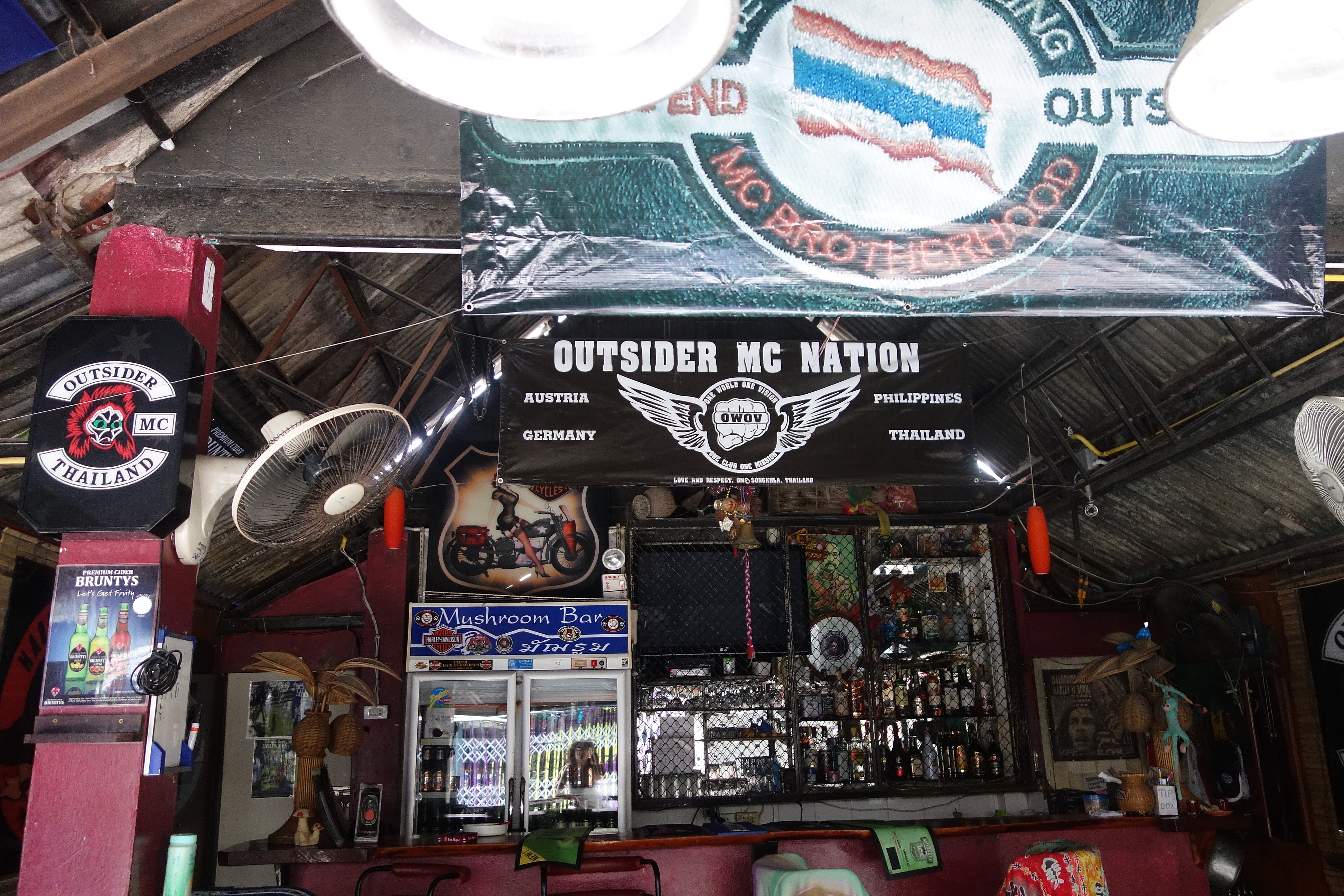
Even though the morning greeted us with severe hangovers (you would think that after three nights in a row, the body should have caught up with the program!…) and total absence of running water (we were absolutely positive that “Taliban Mama” cut off the water for the two disrespectful strangers who did not want to stay in her oasis for longer than one night), this was the night to remember! All other shit aside, the bikers held the banner of the local pride high, and made us keep only fond memories of Aonang (despite the fact, that they weren’t even from here, and only happened to be in the area to wish the club colleagues a happy New Year).
